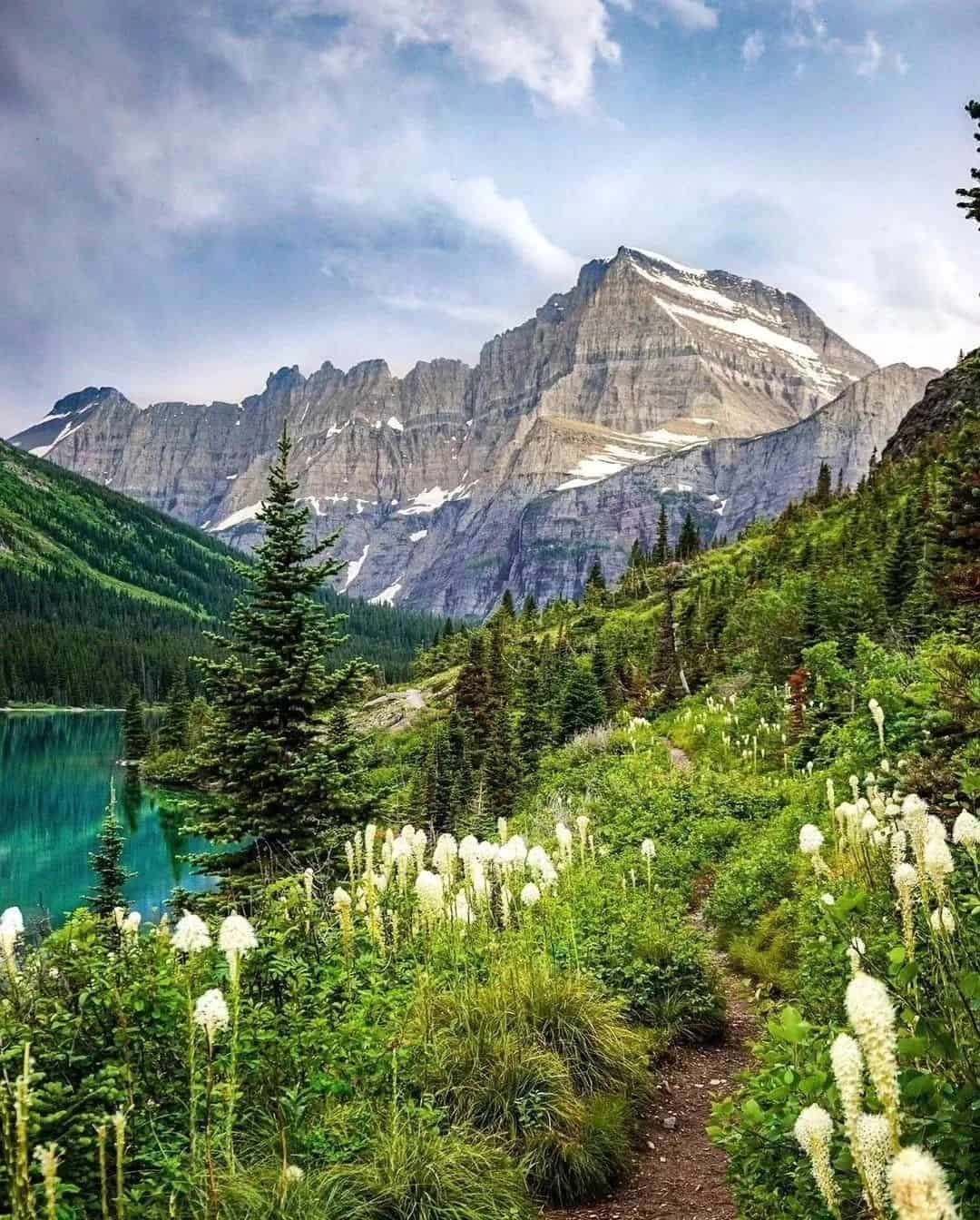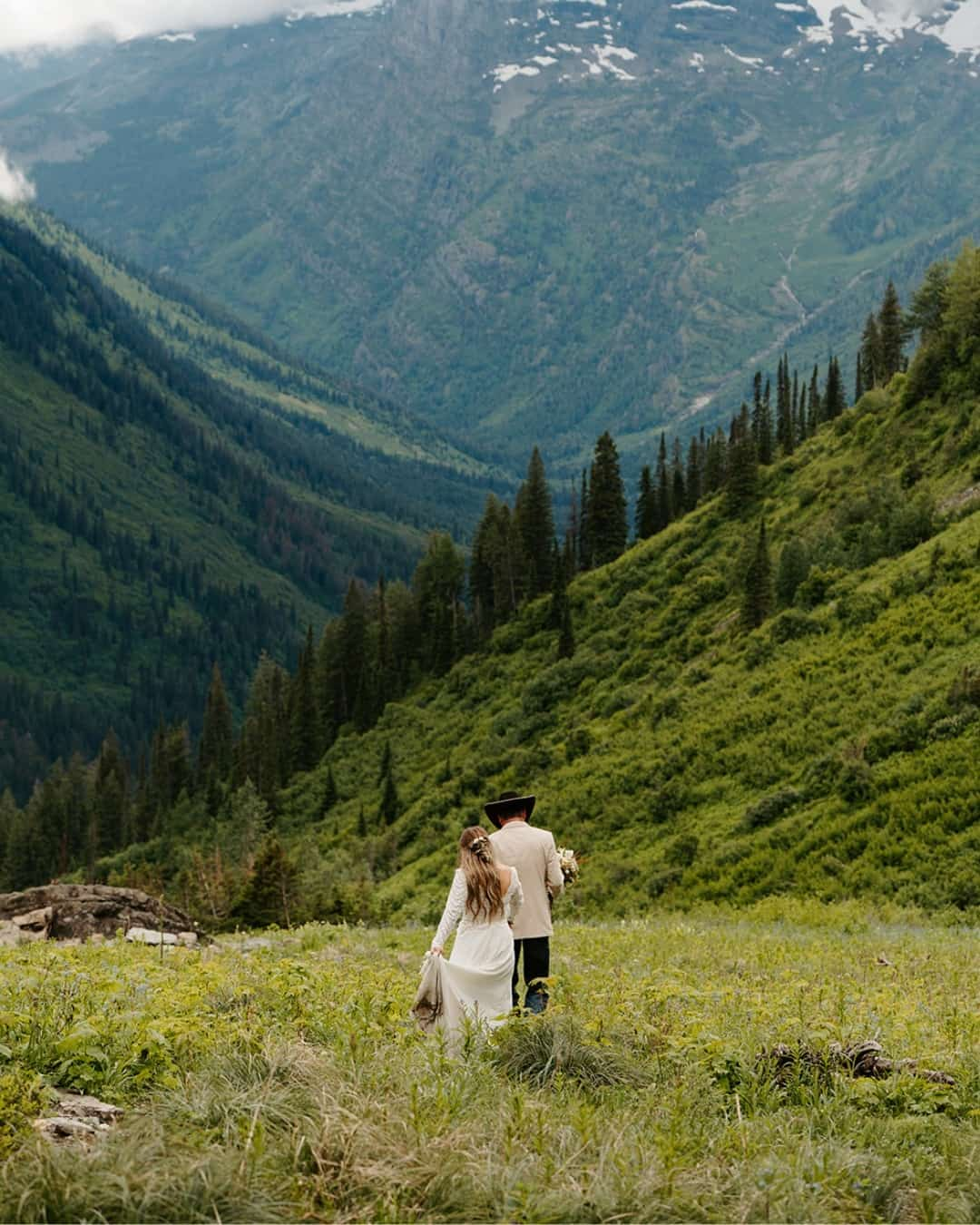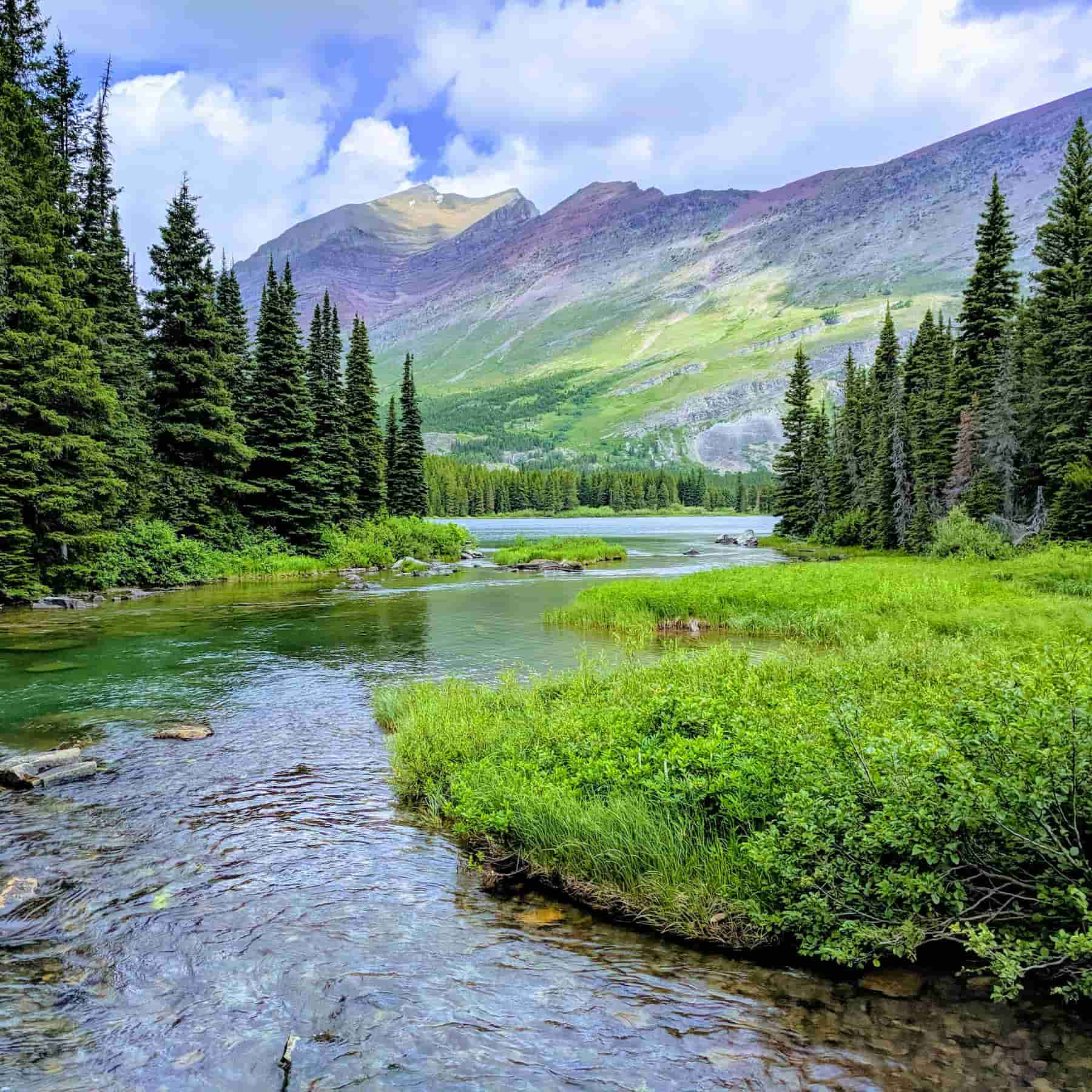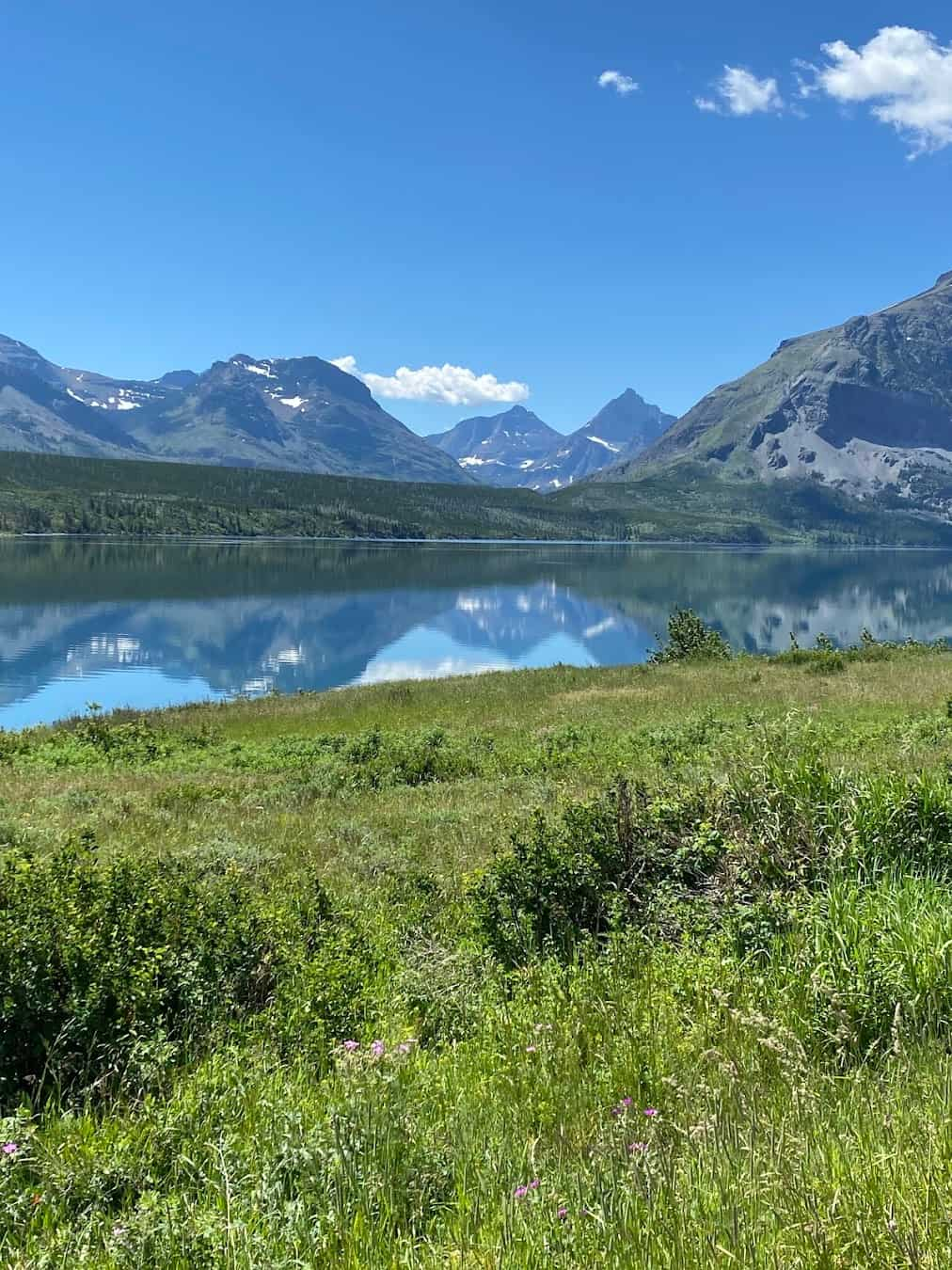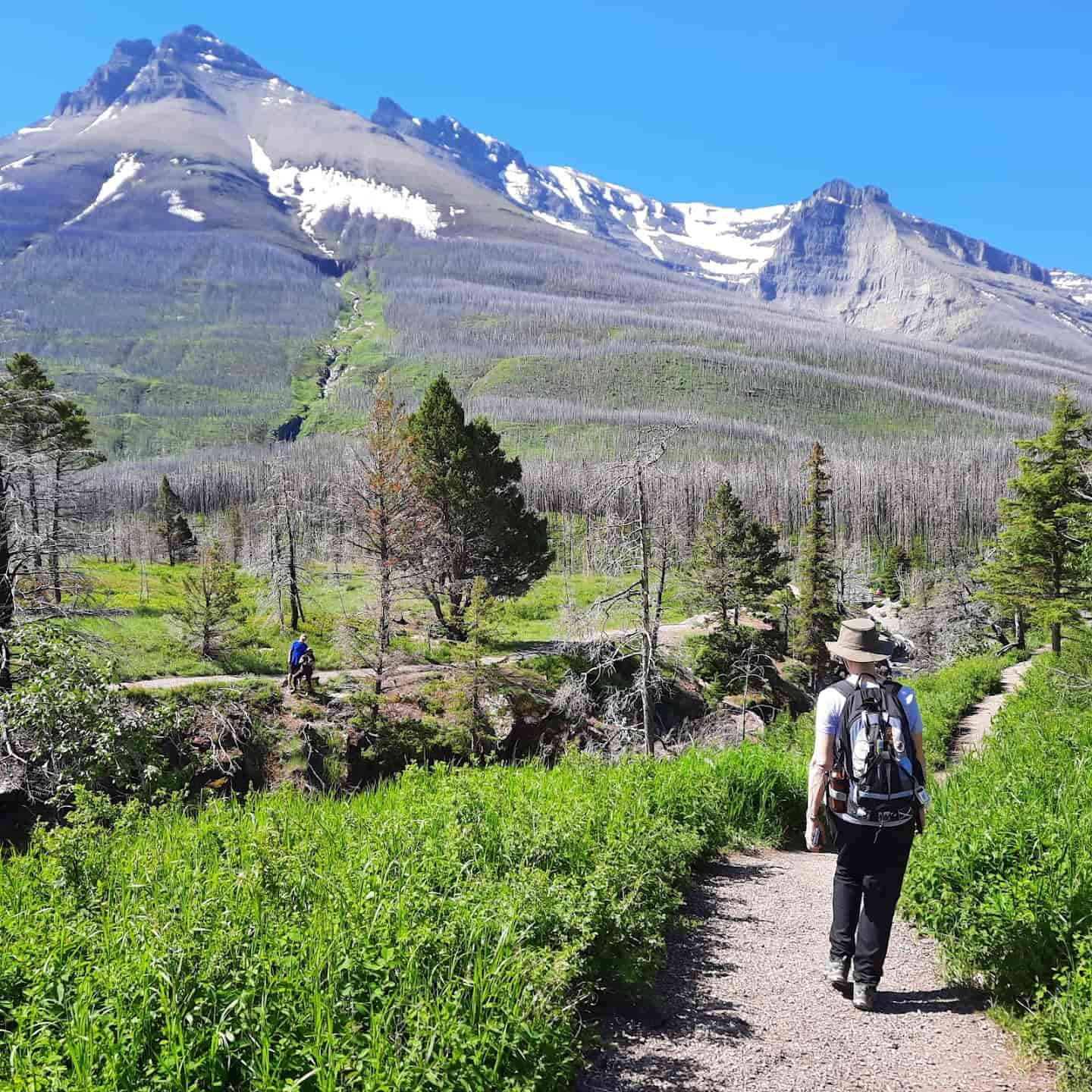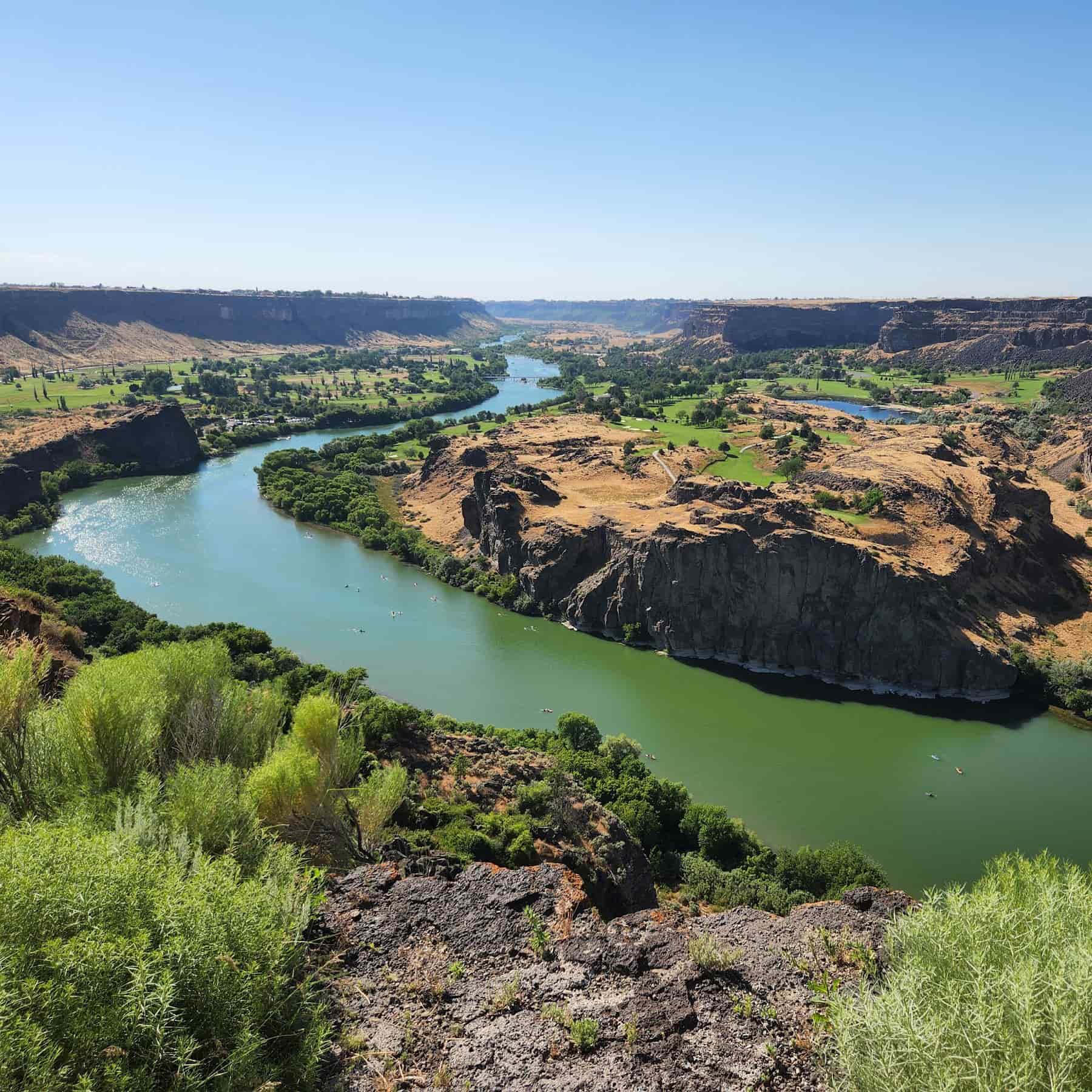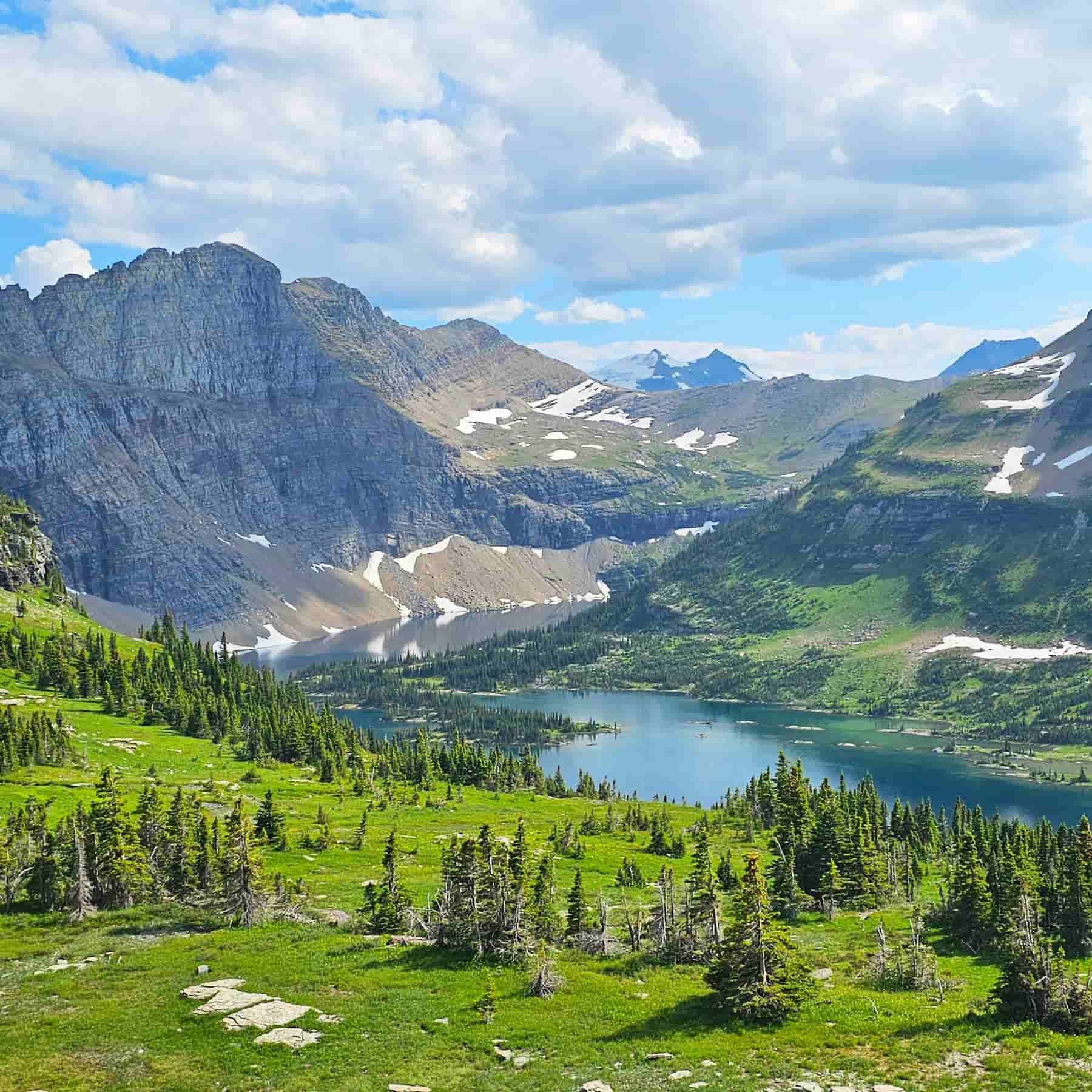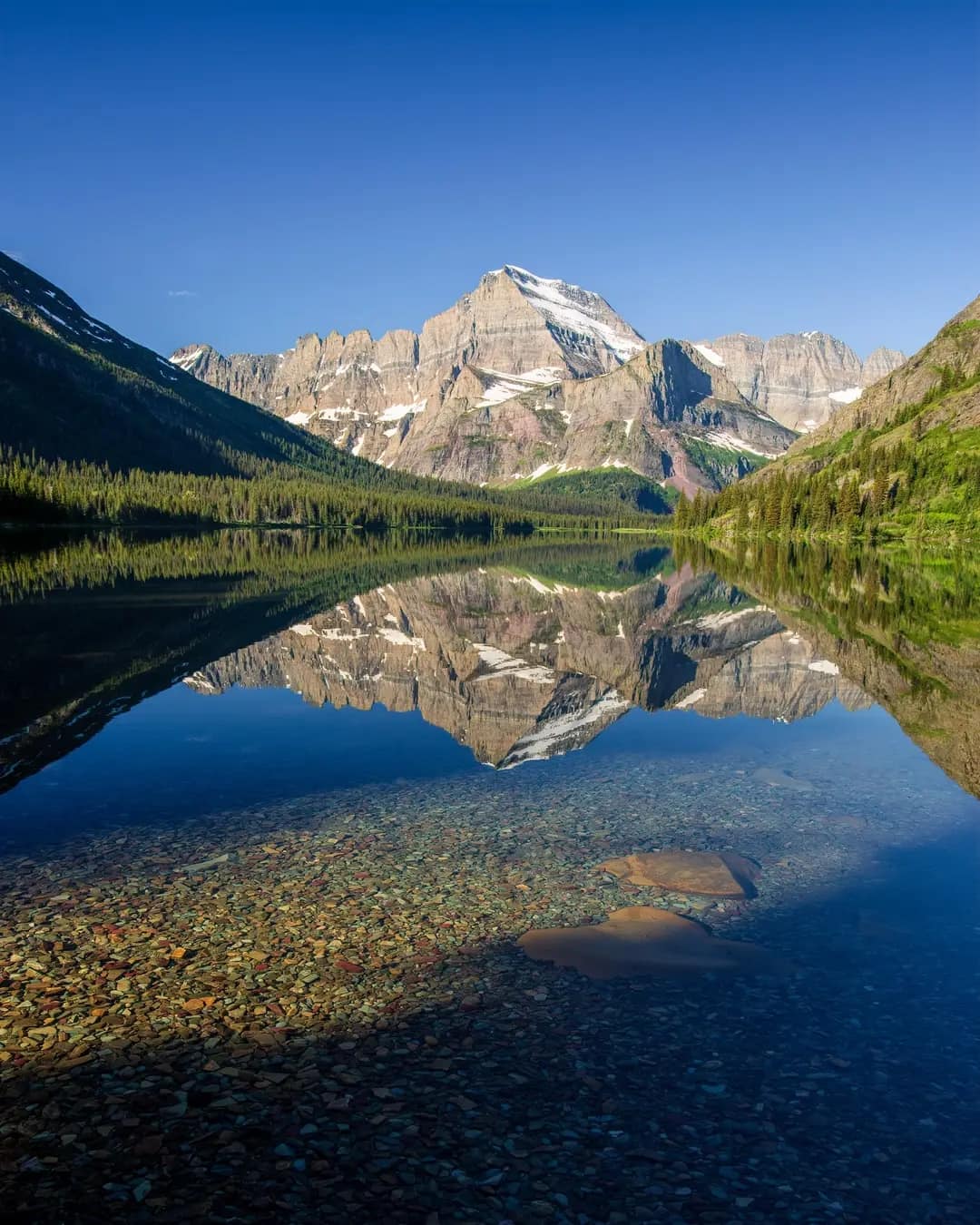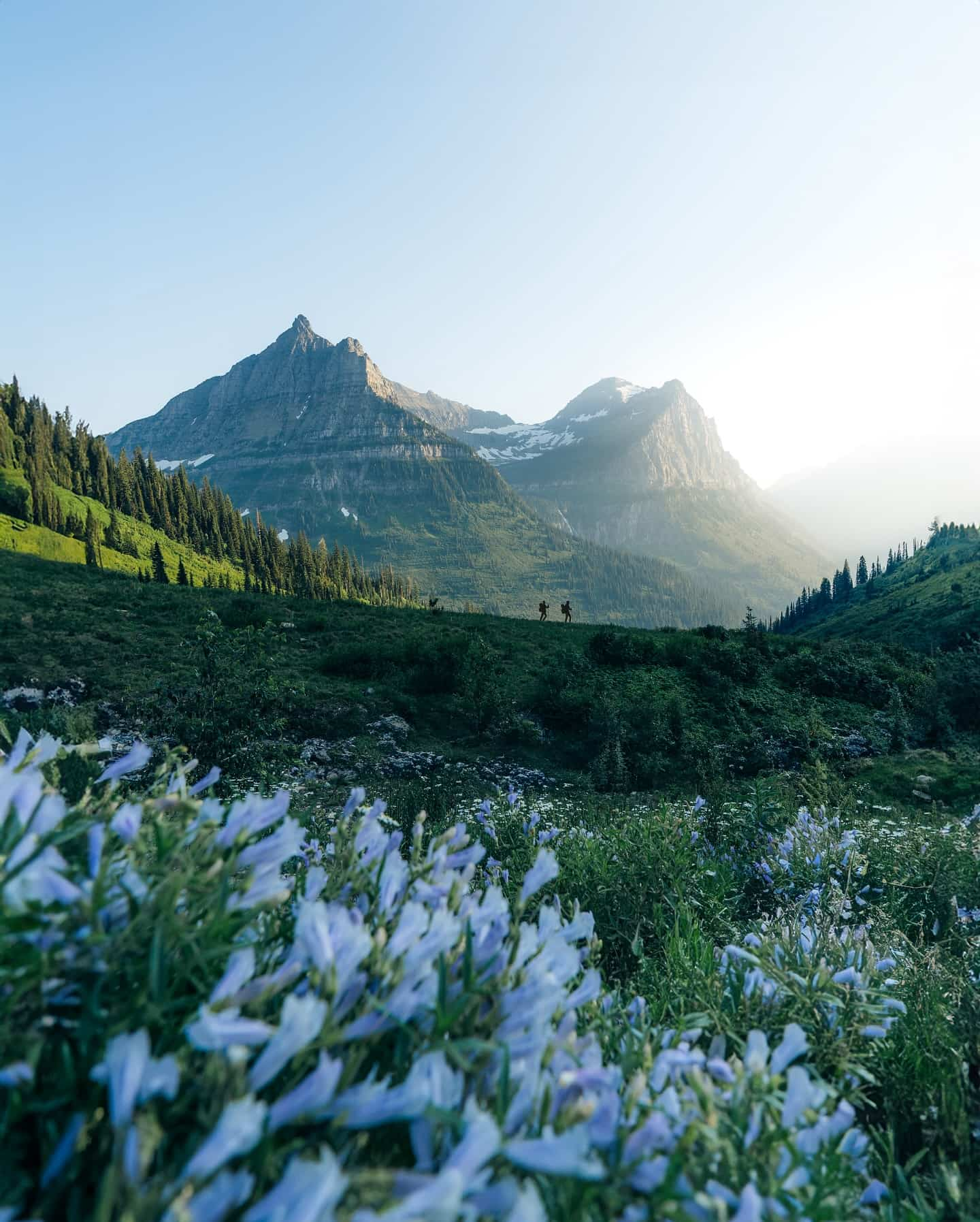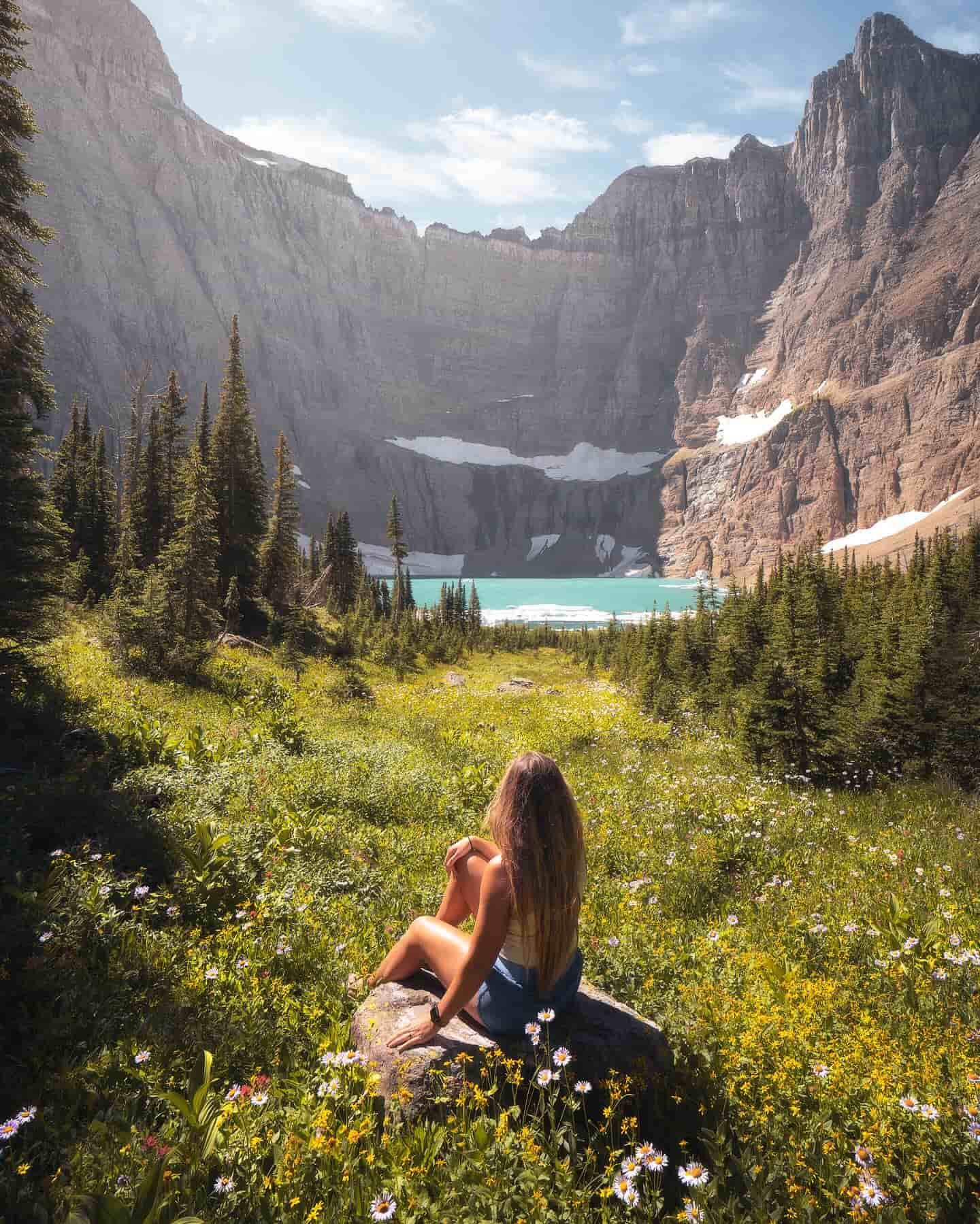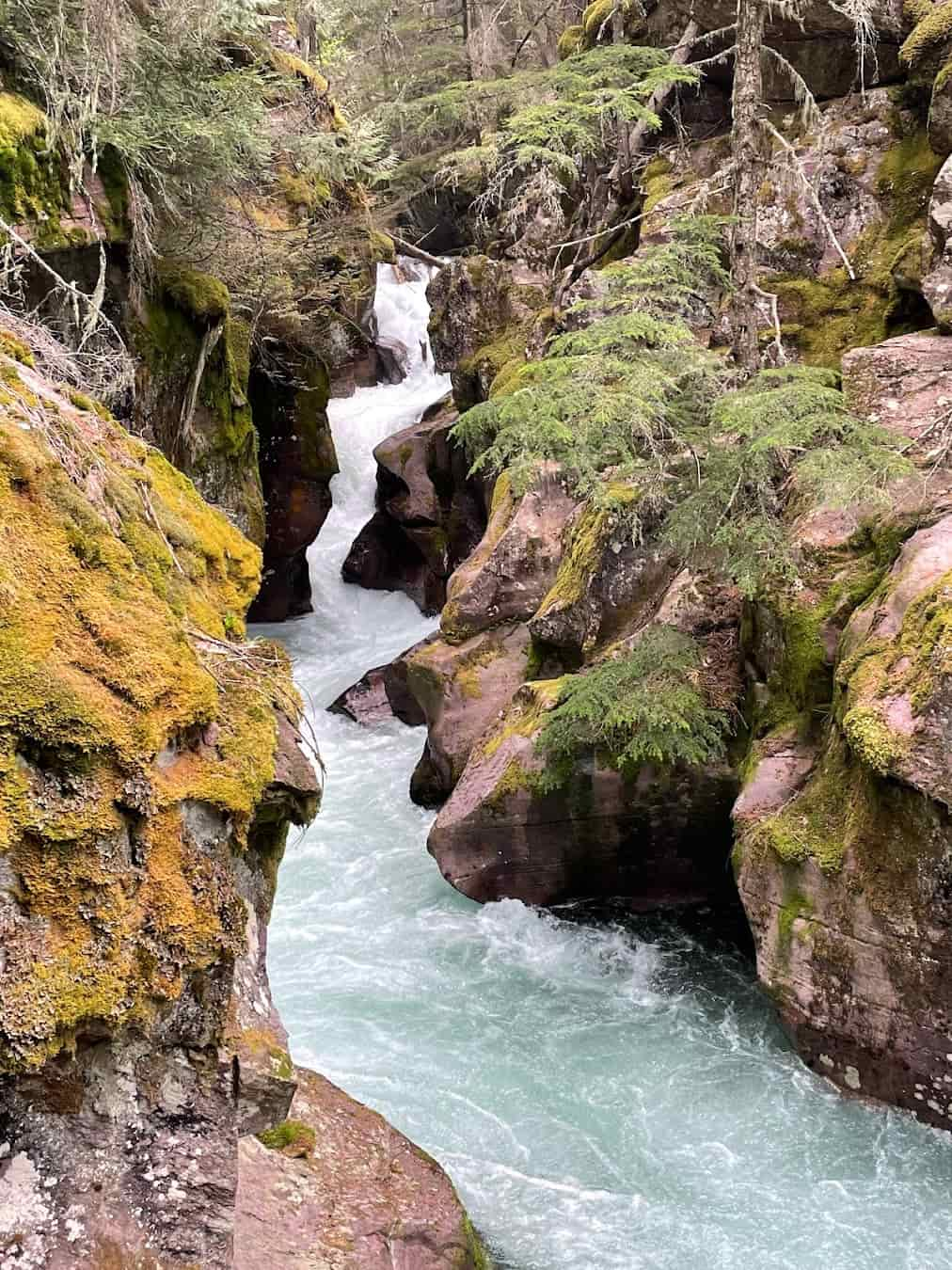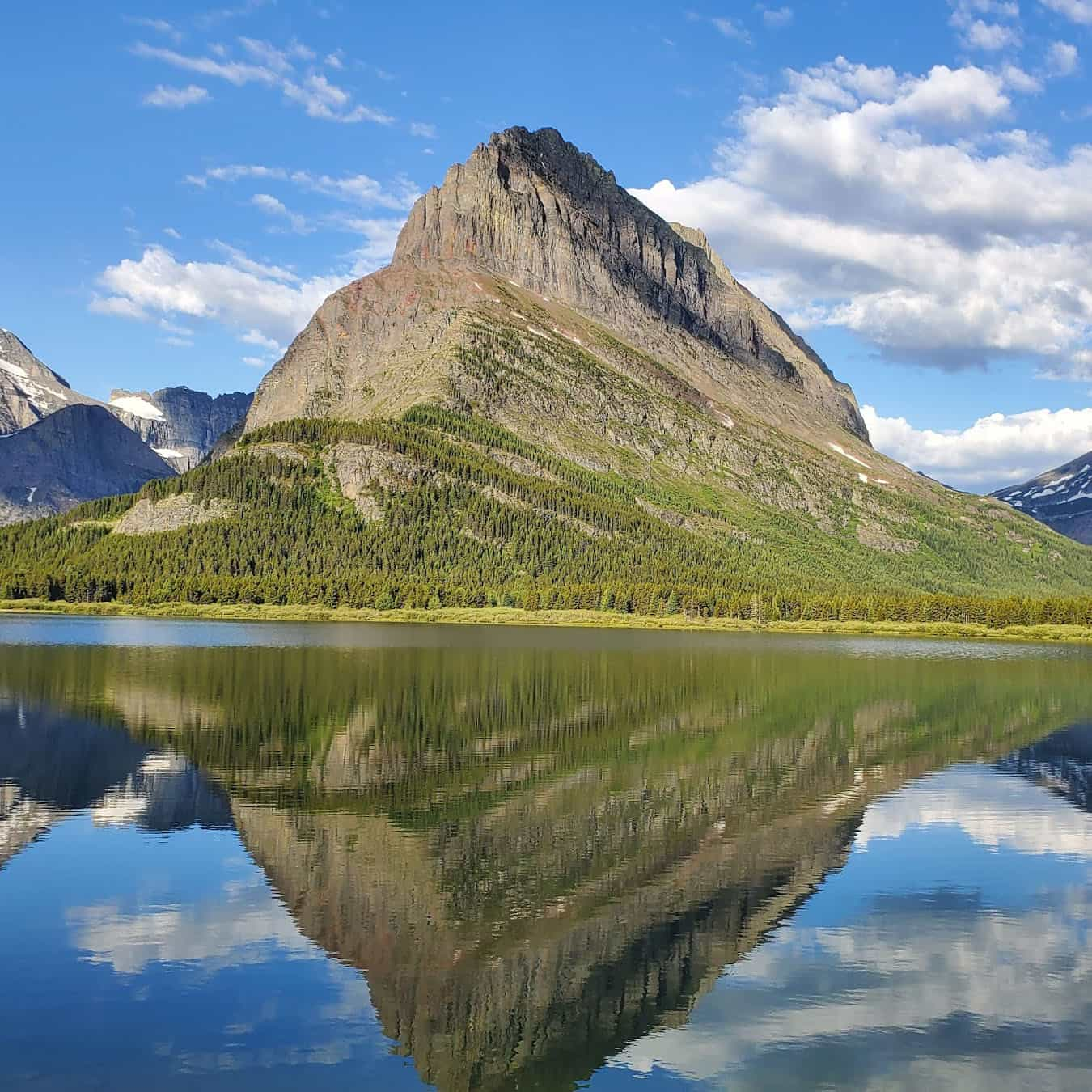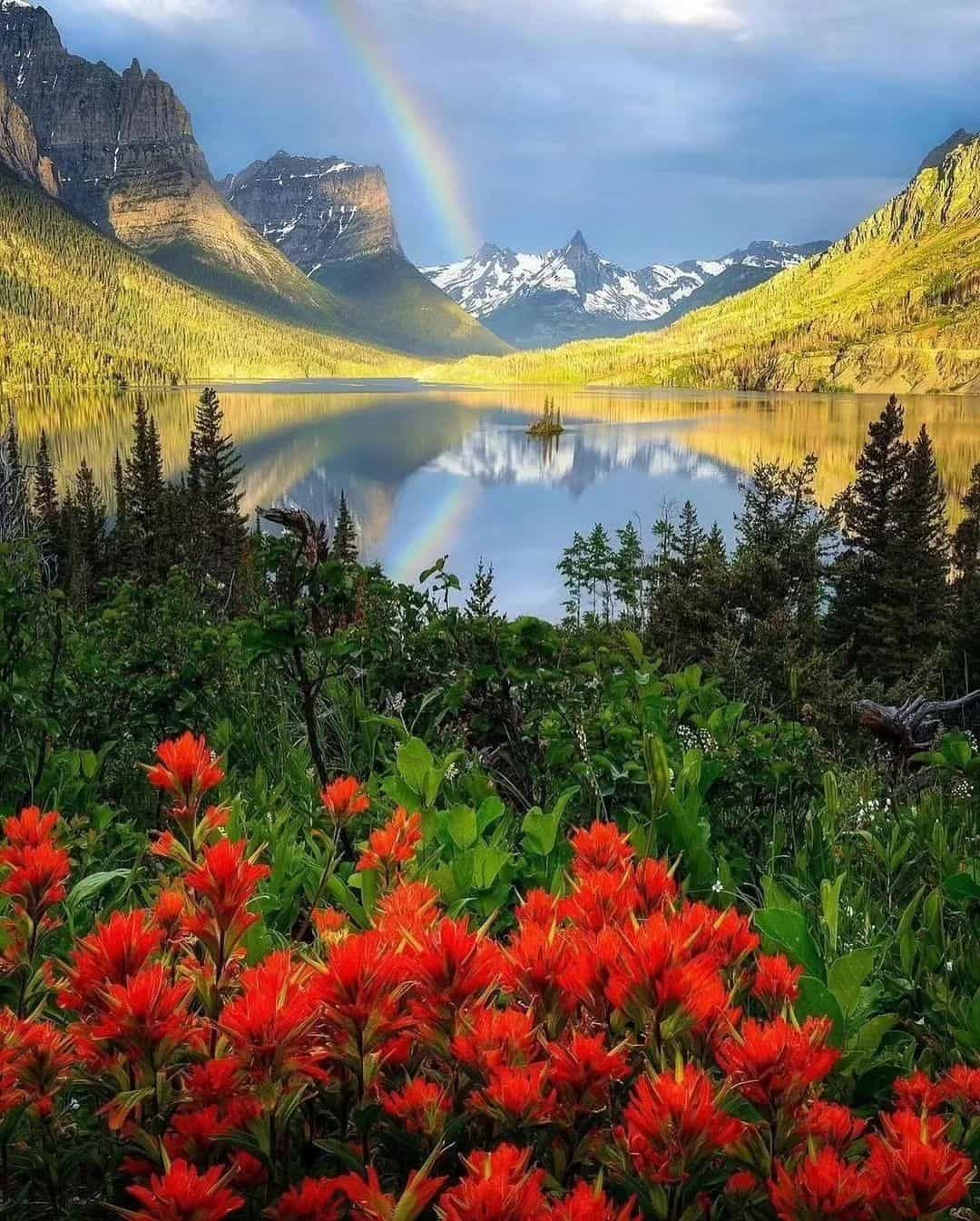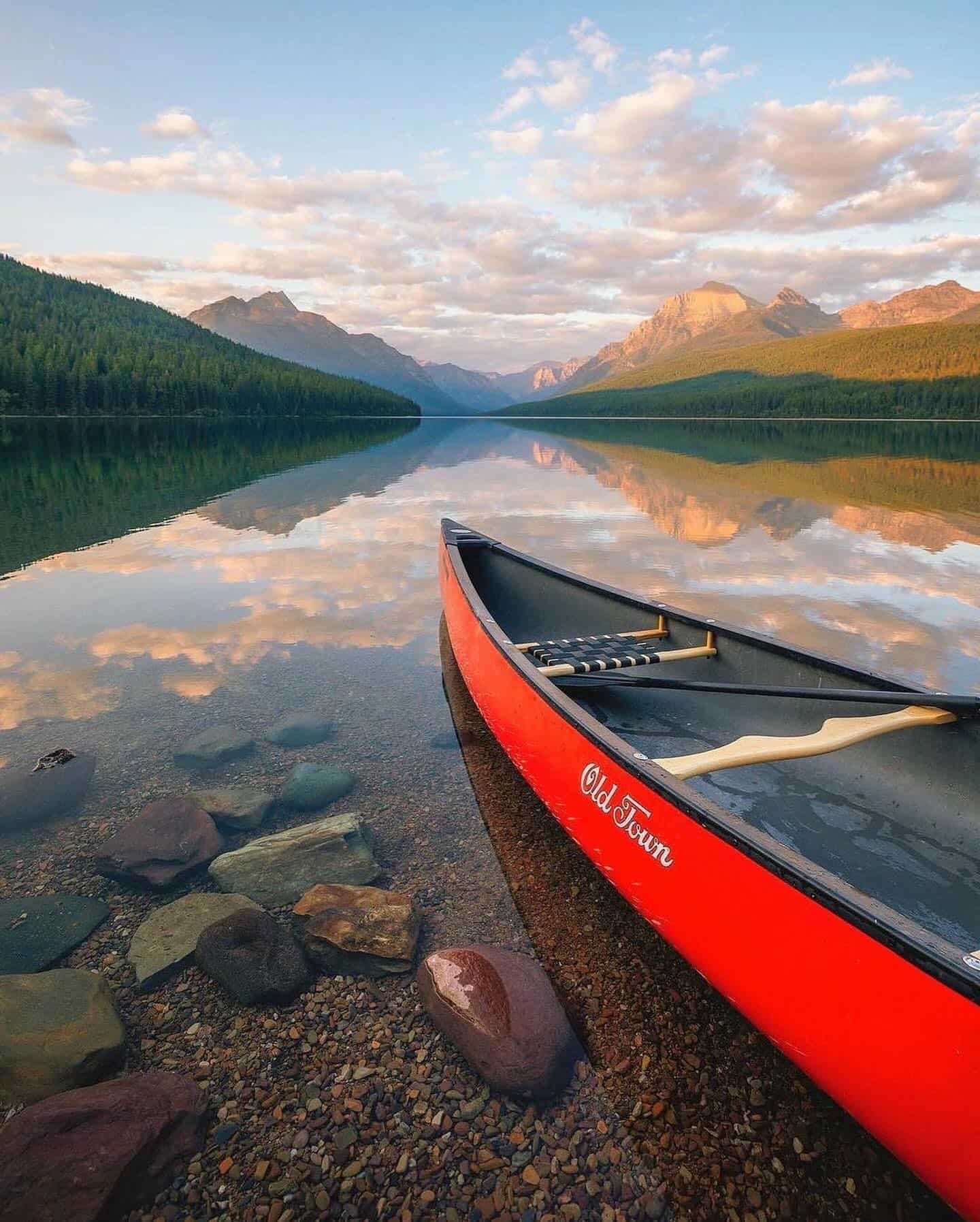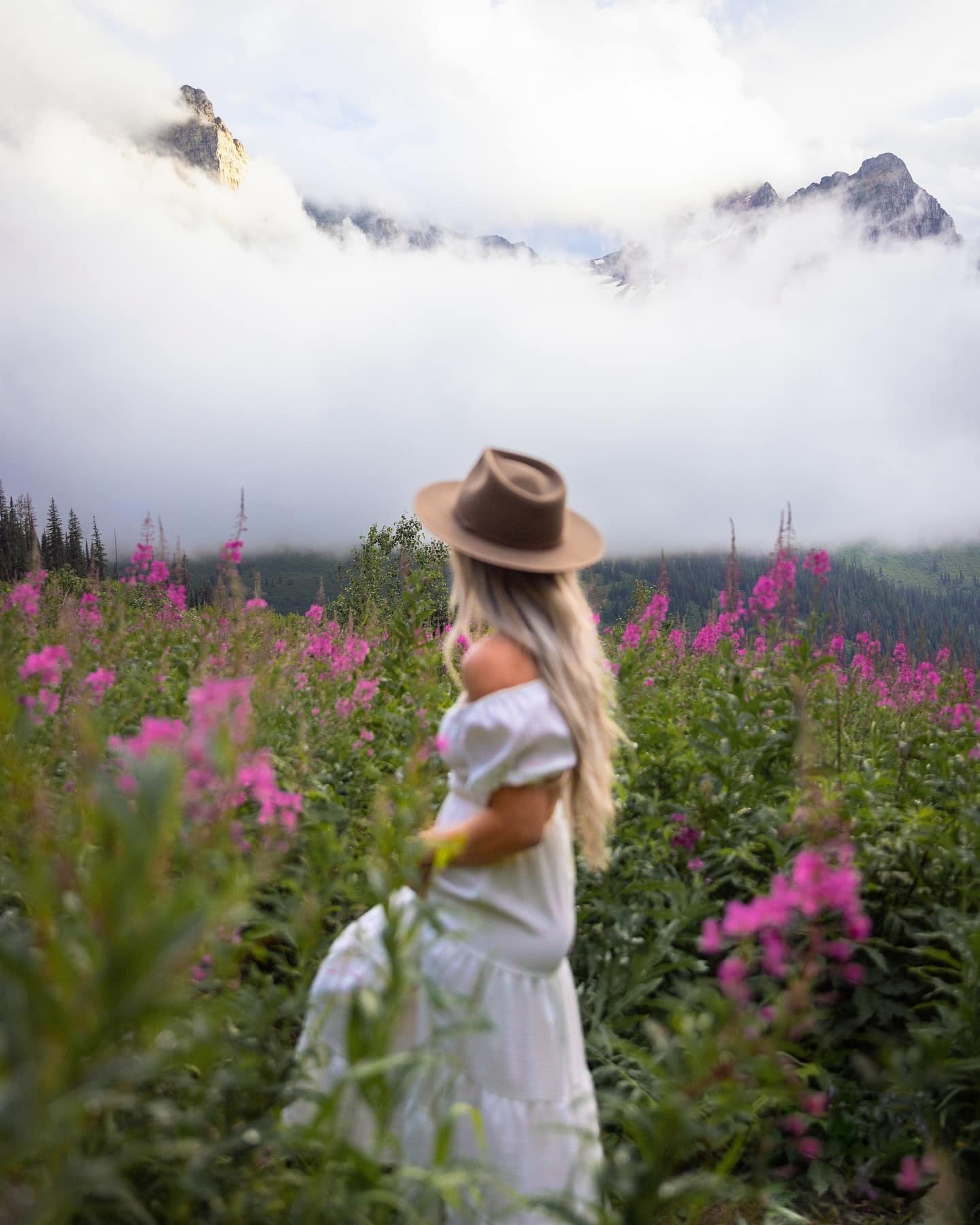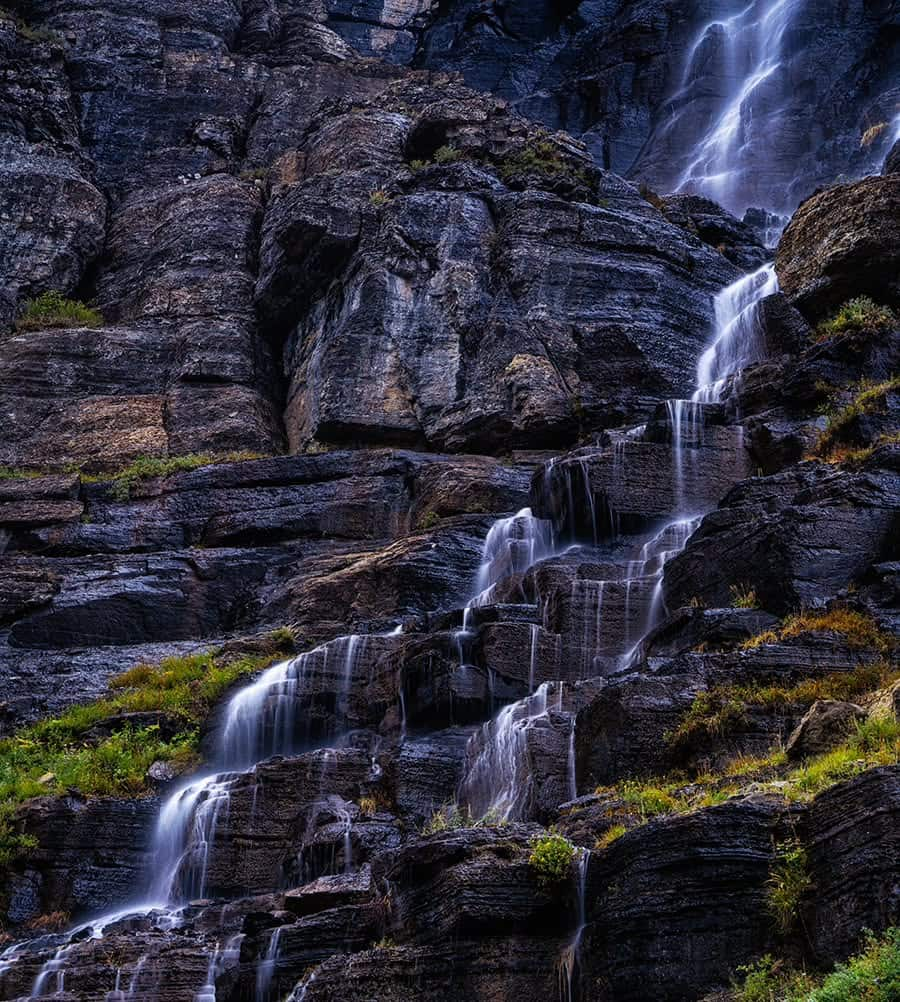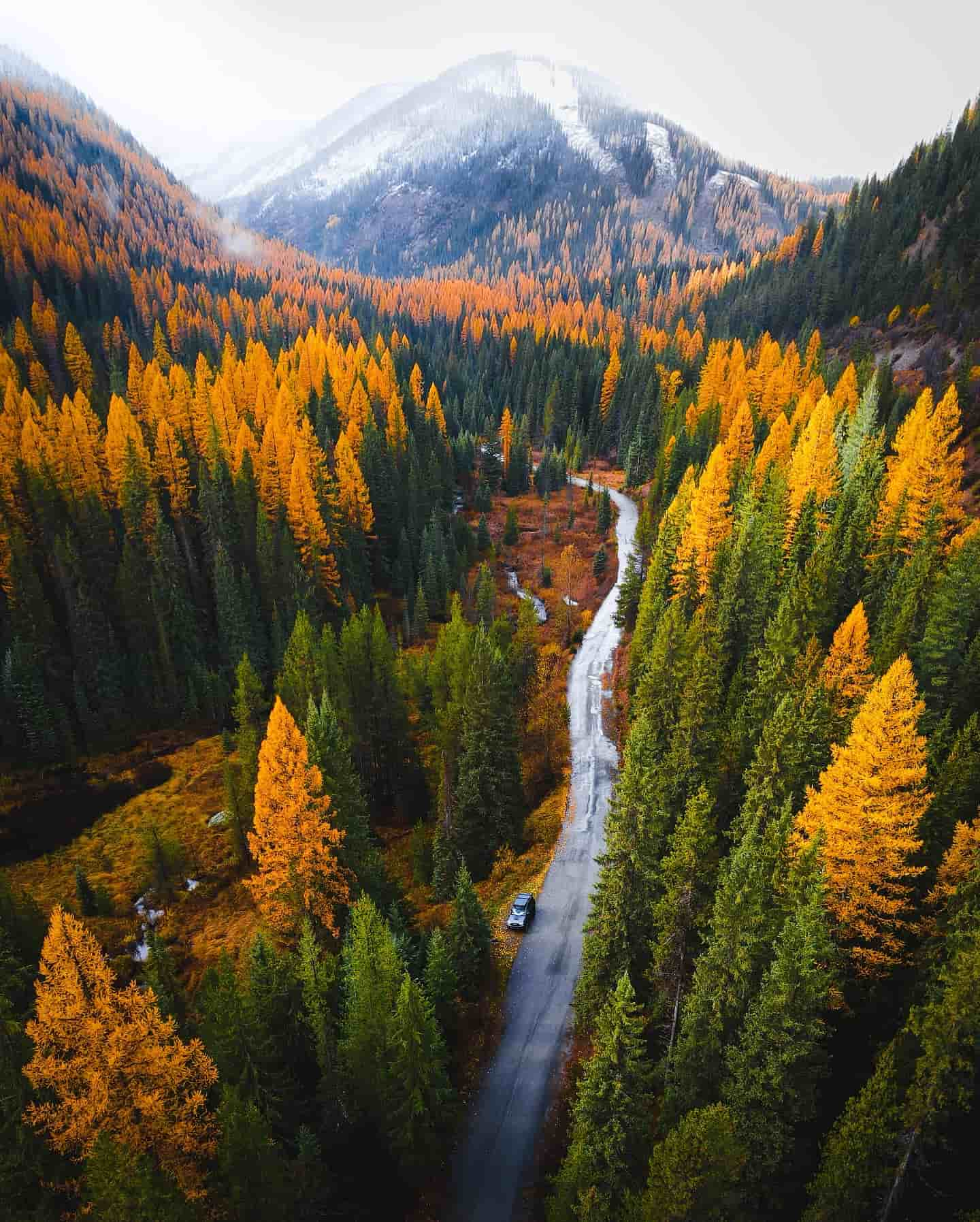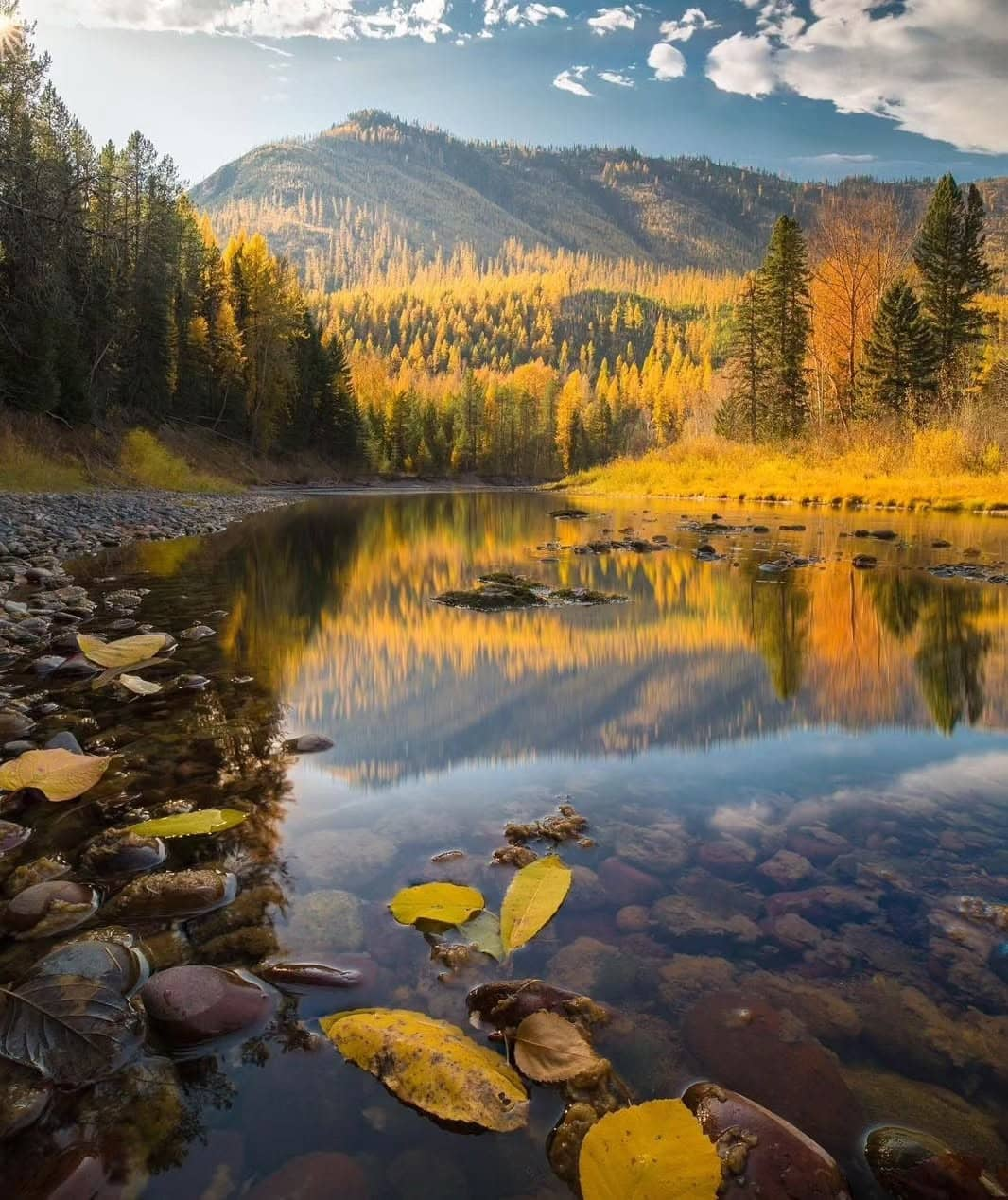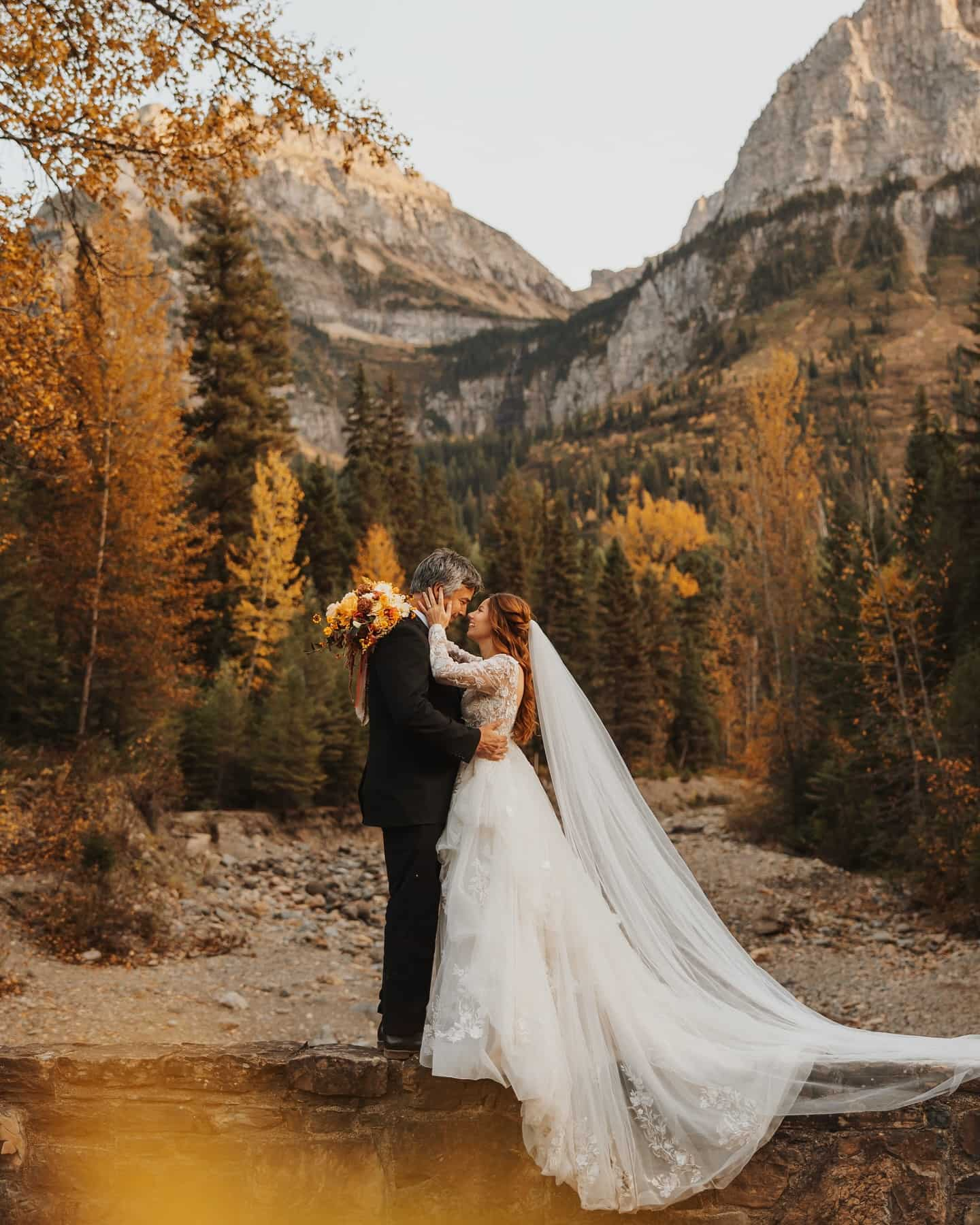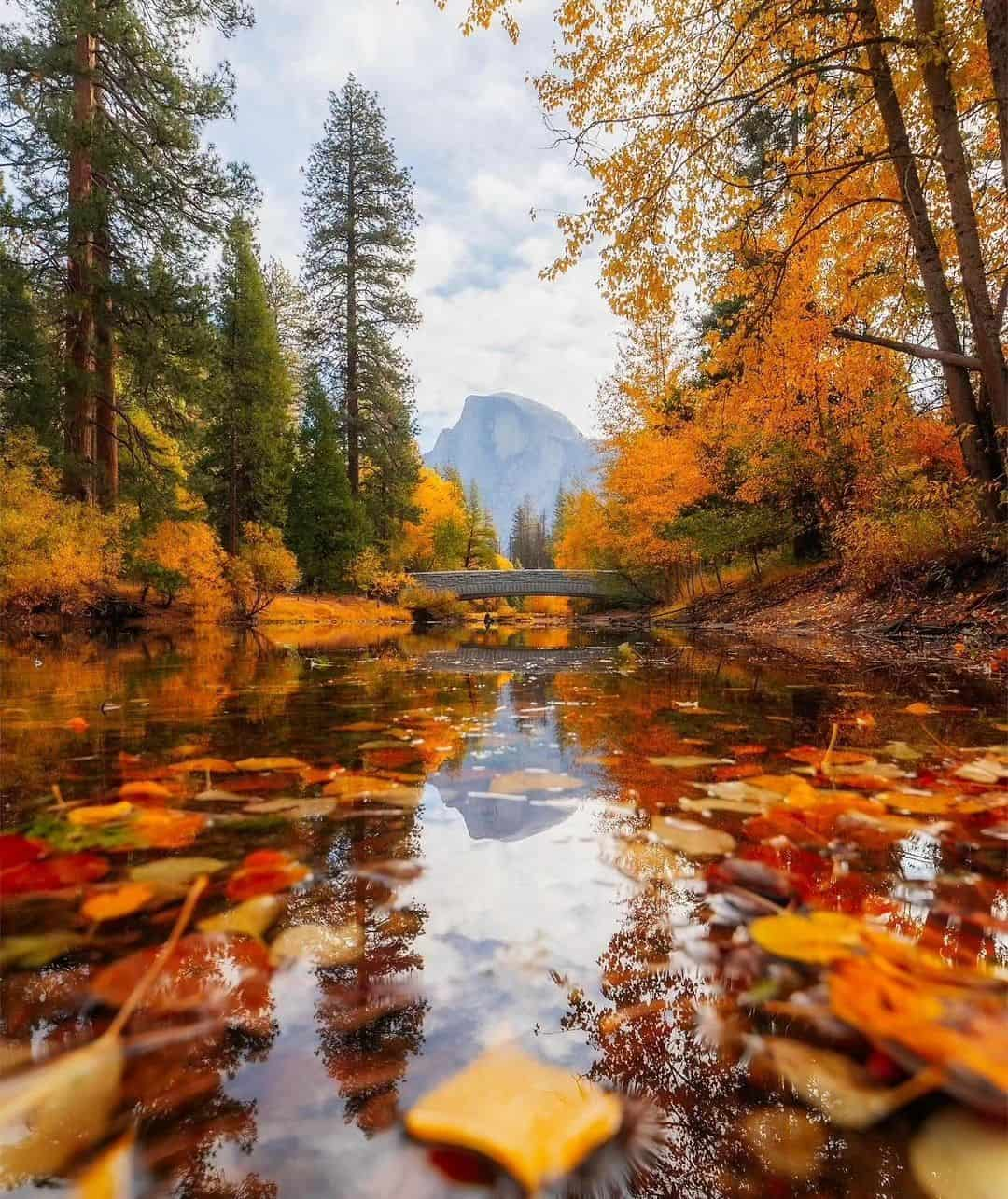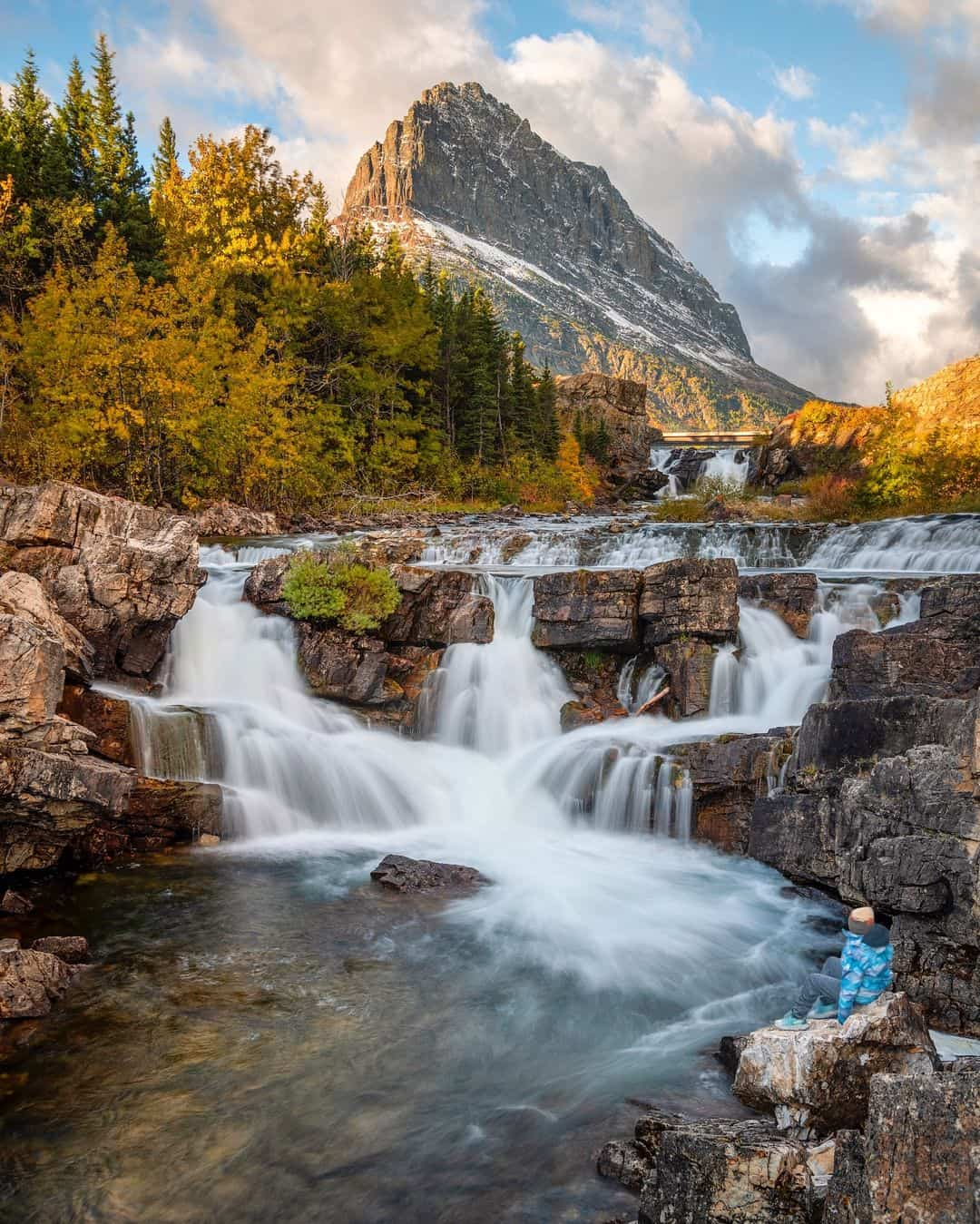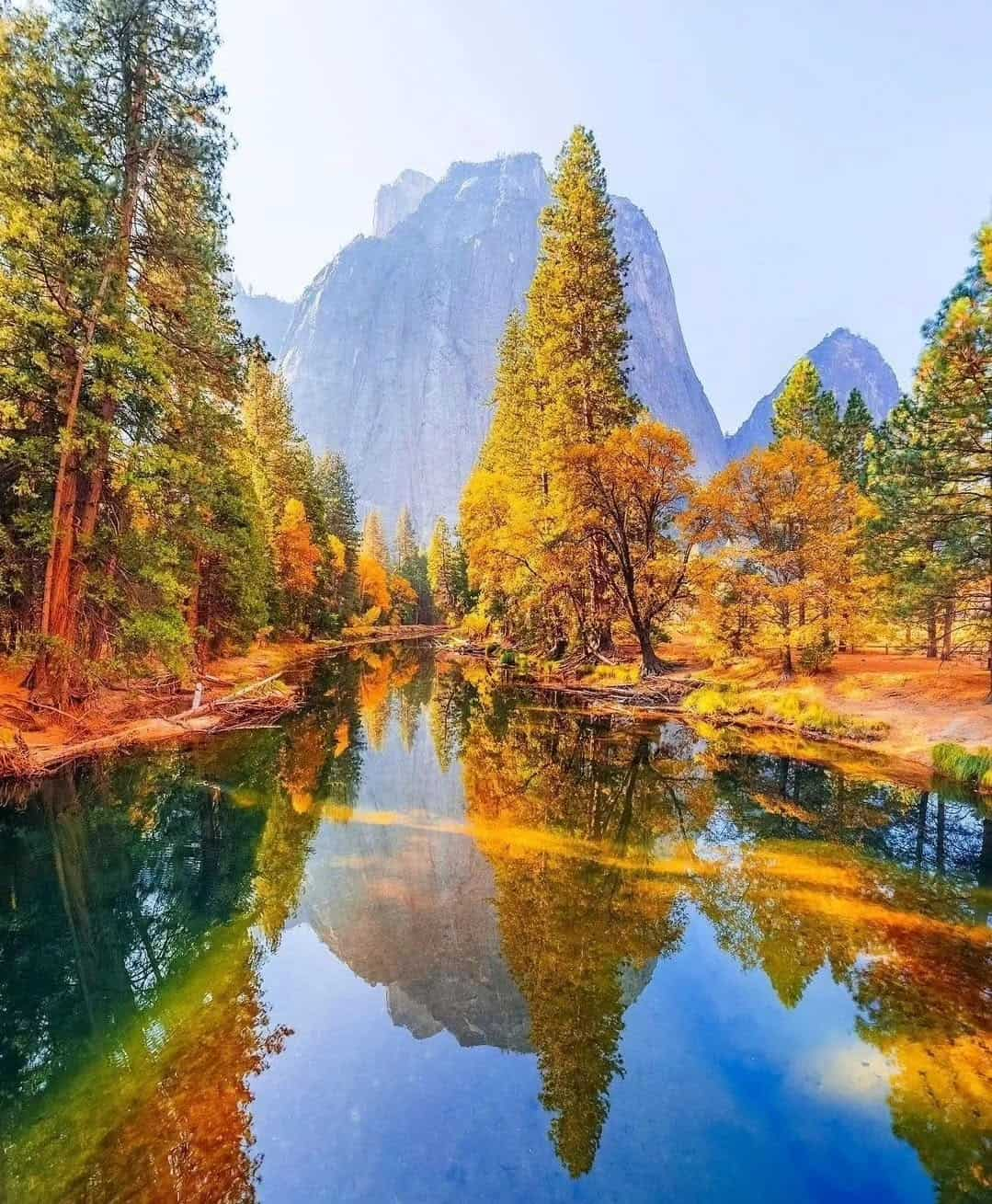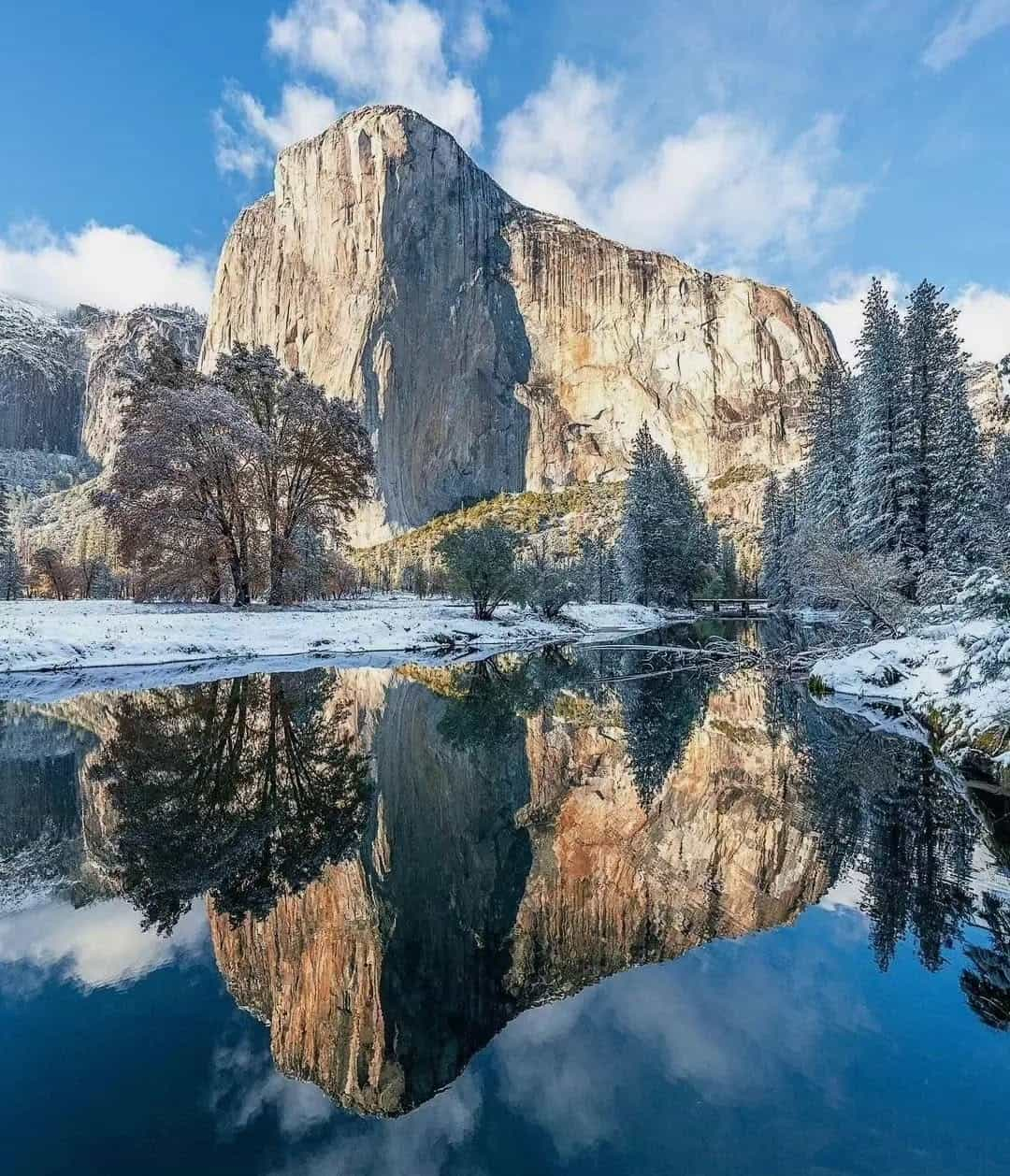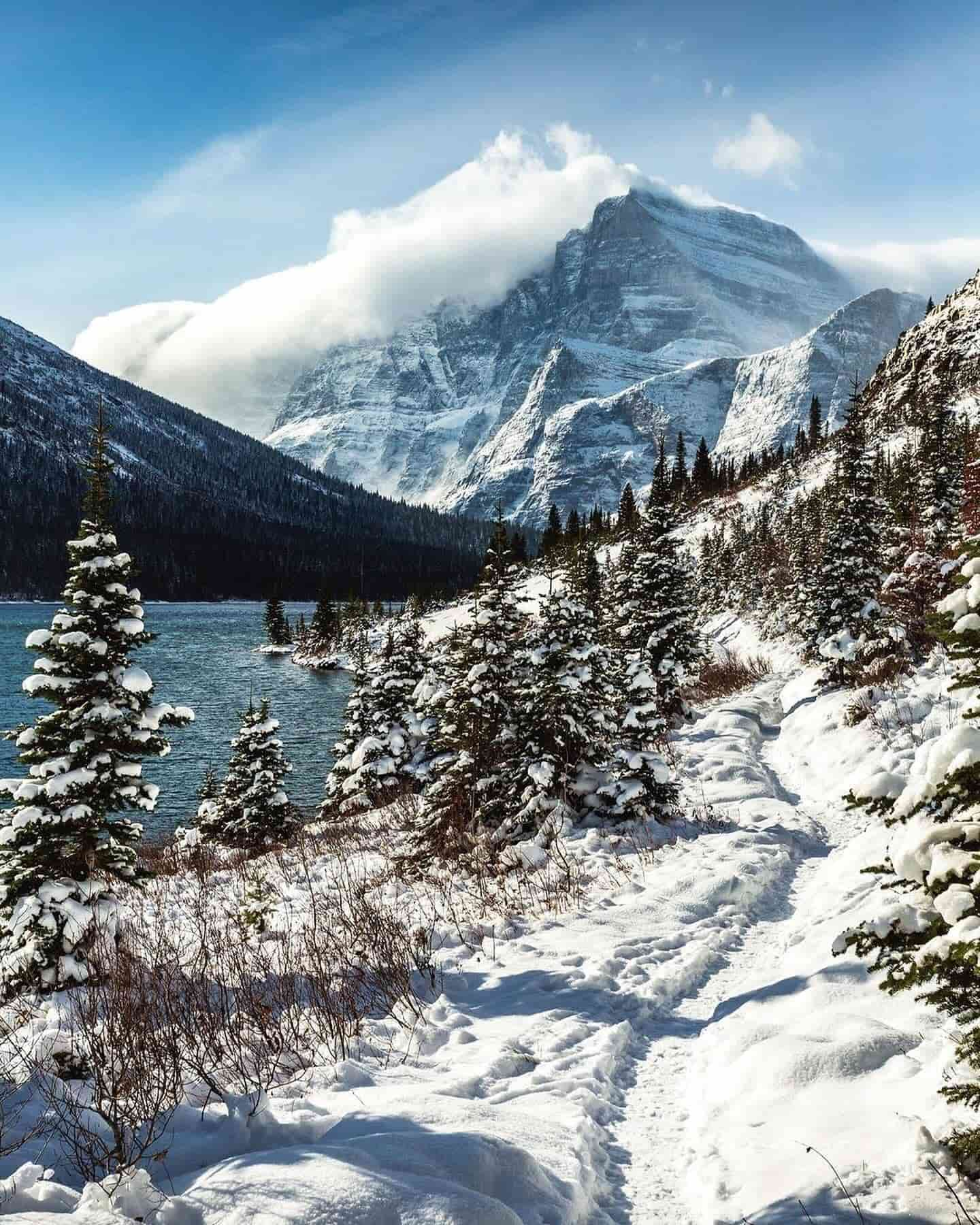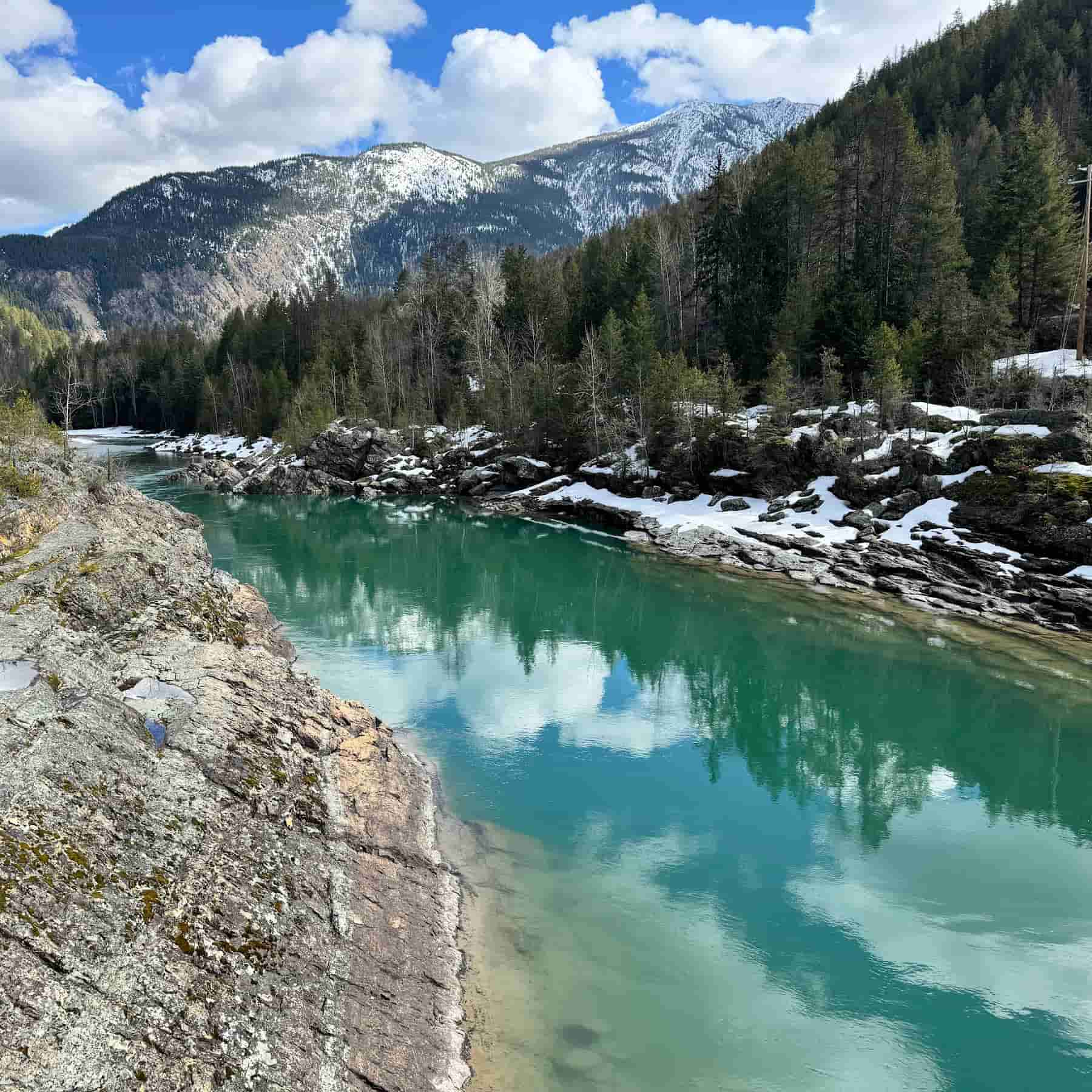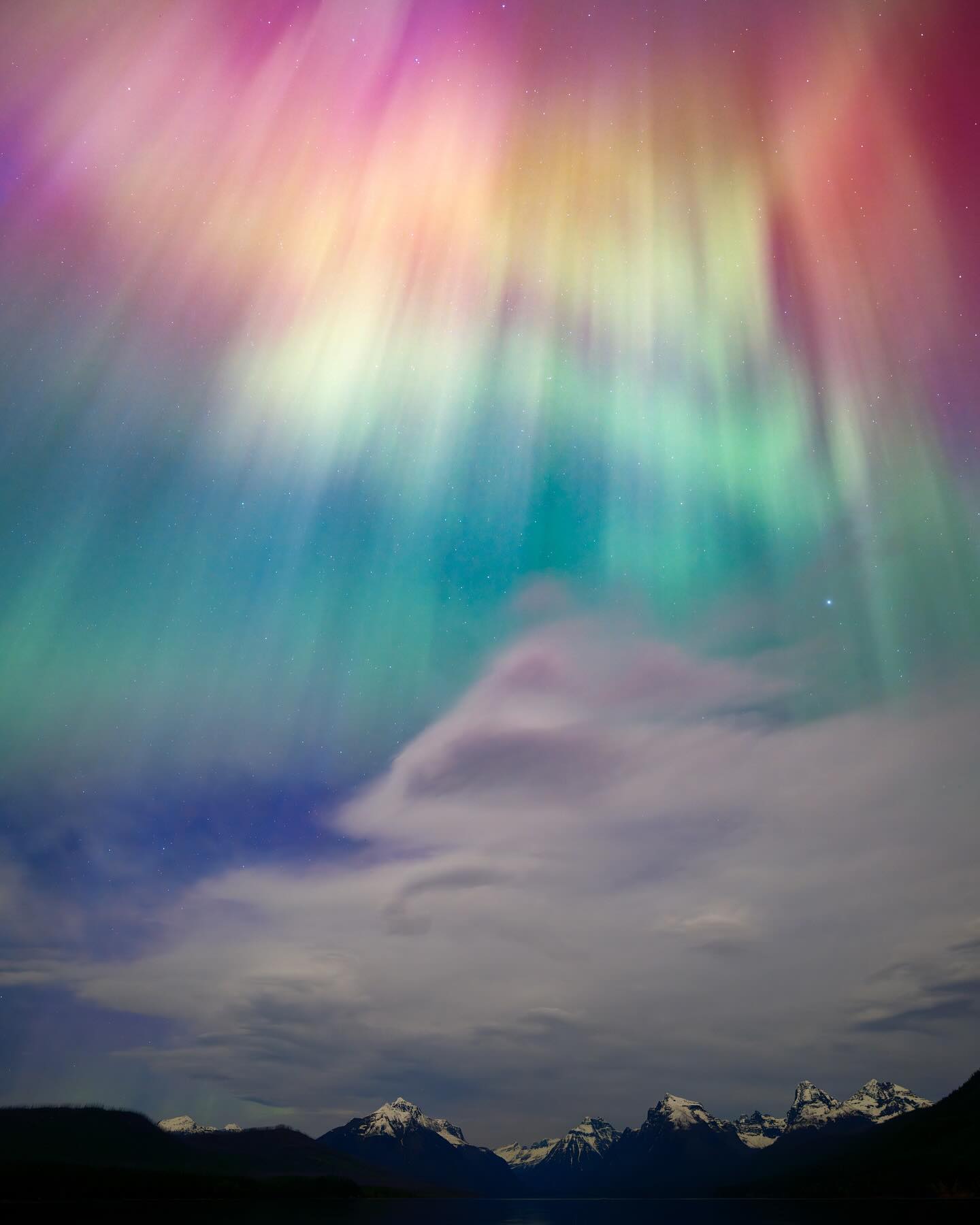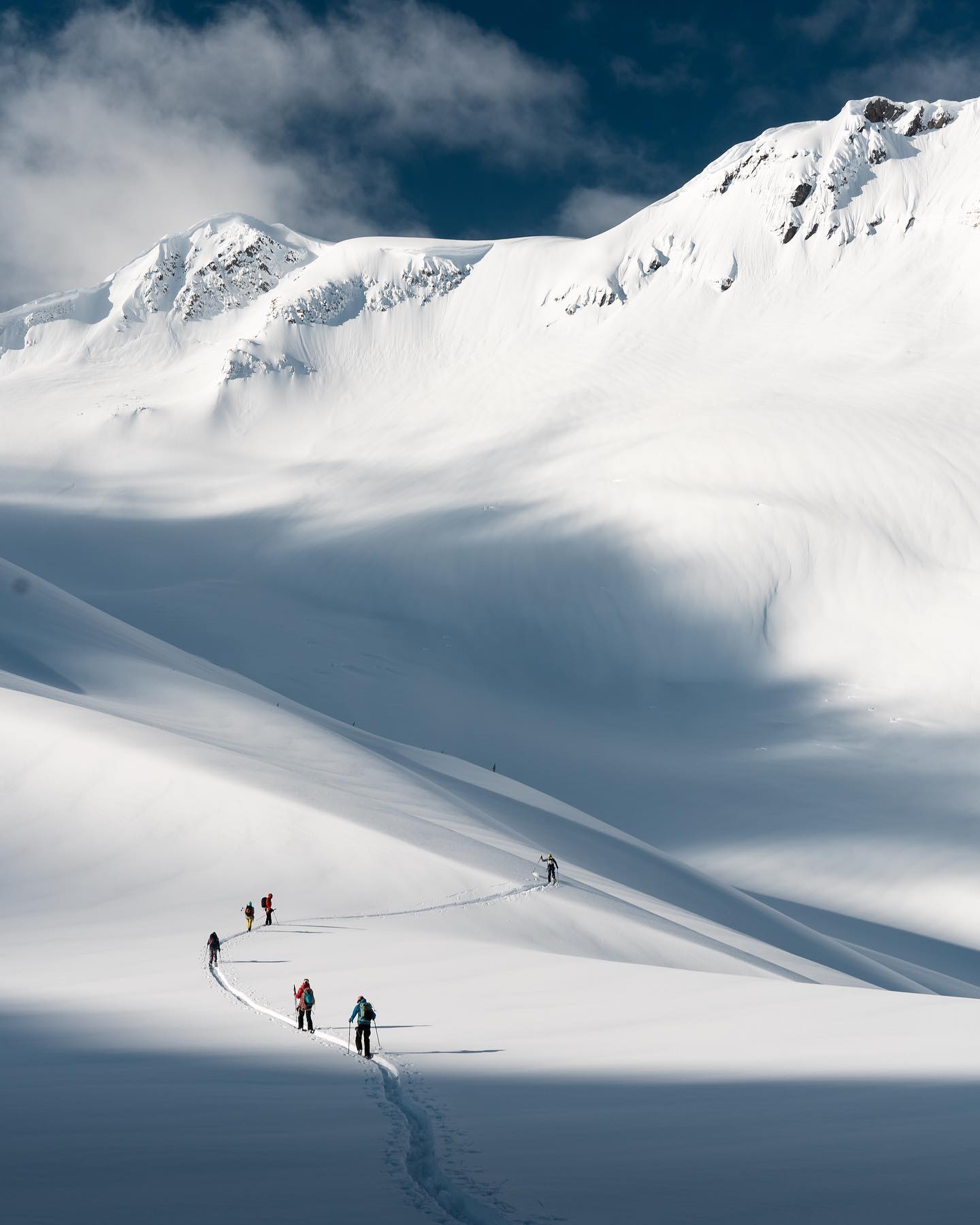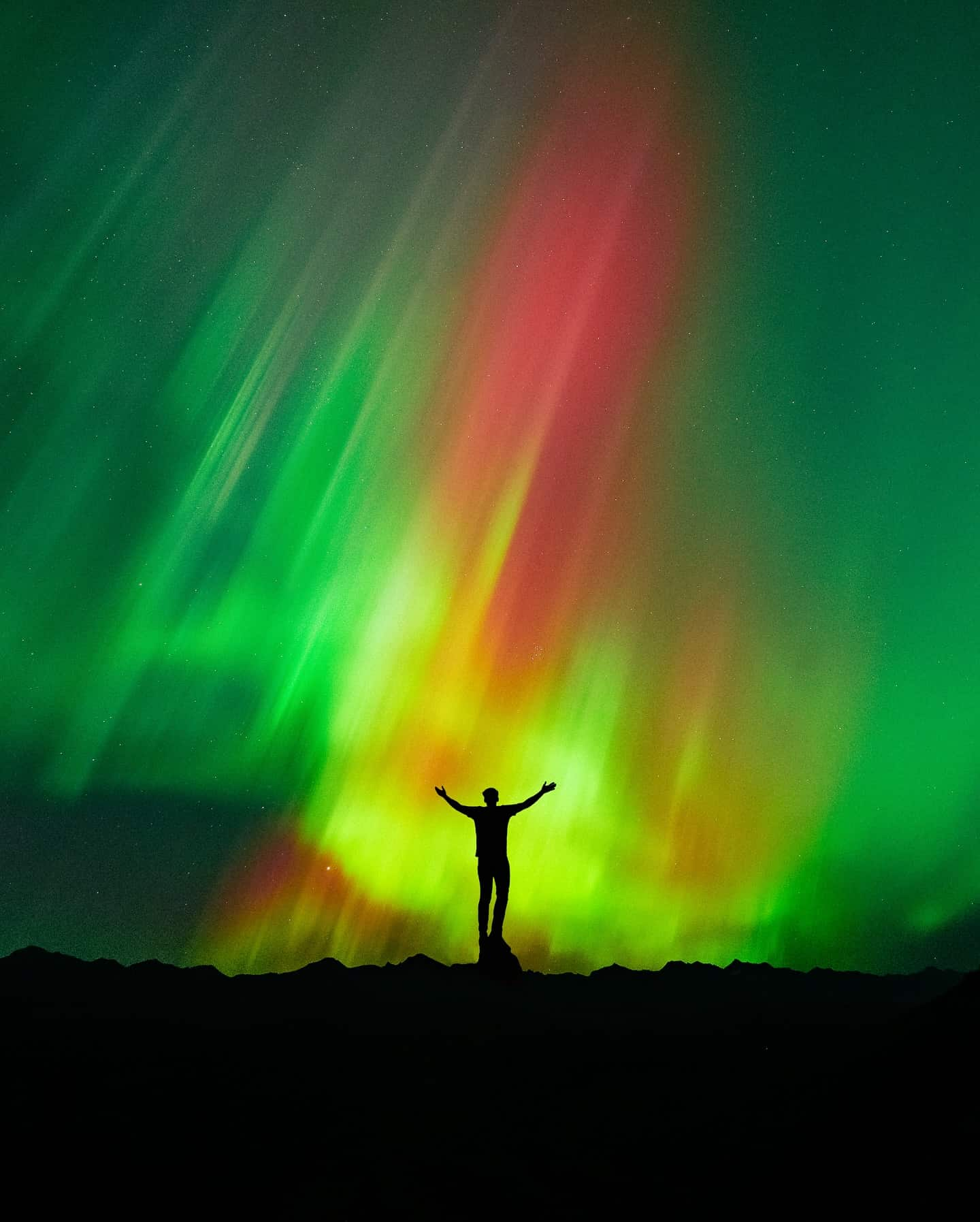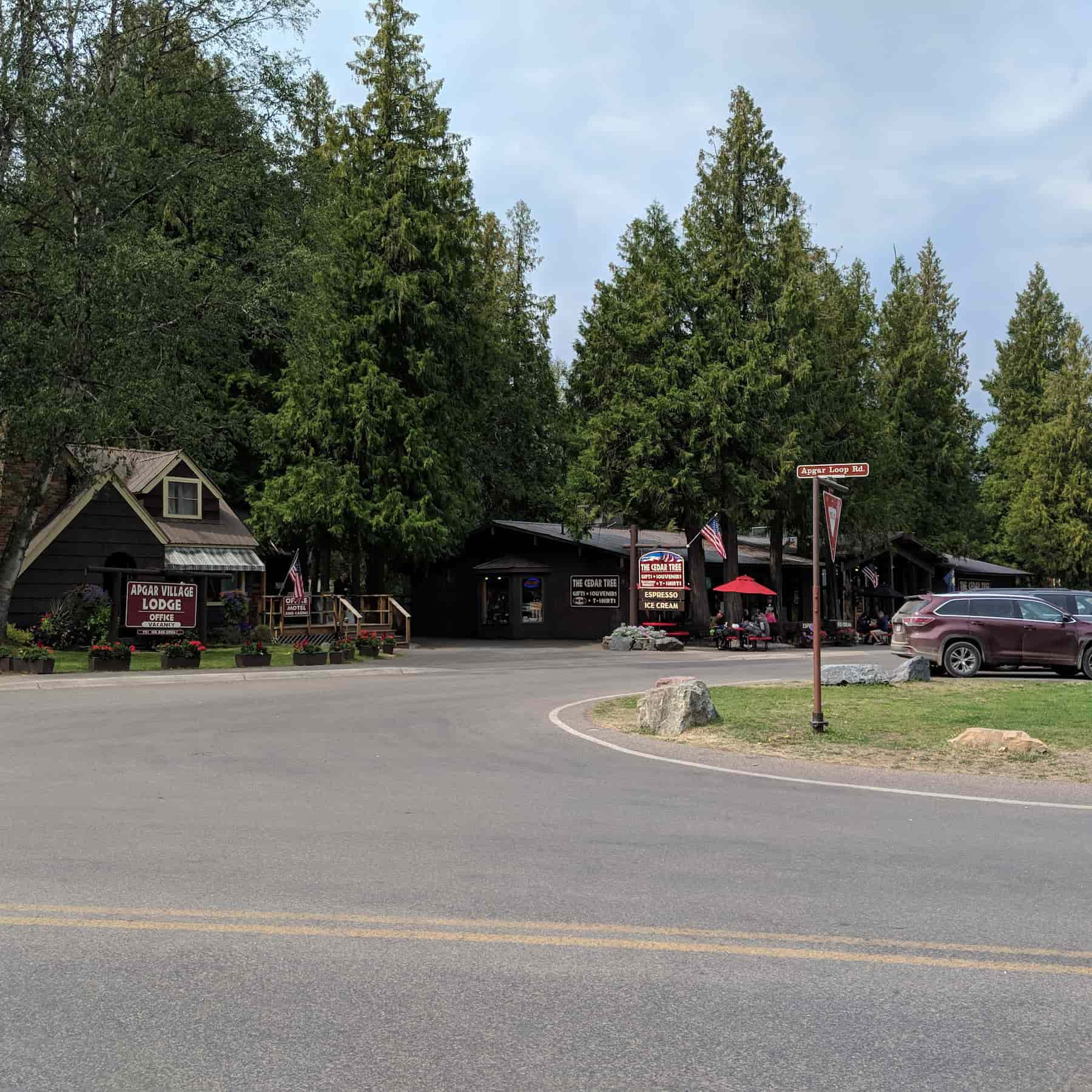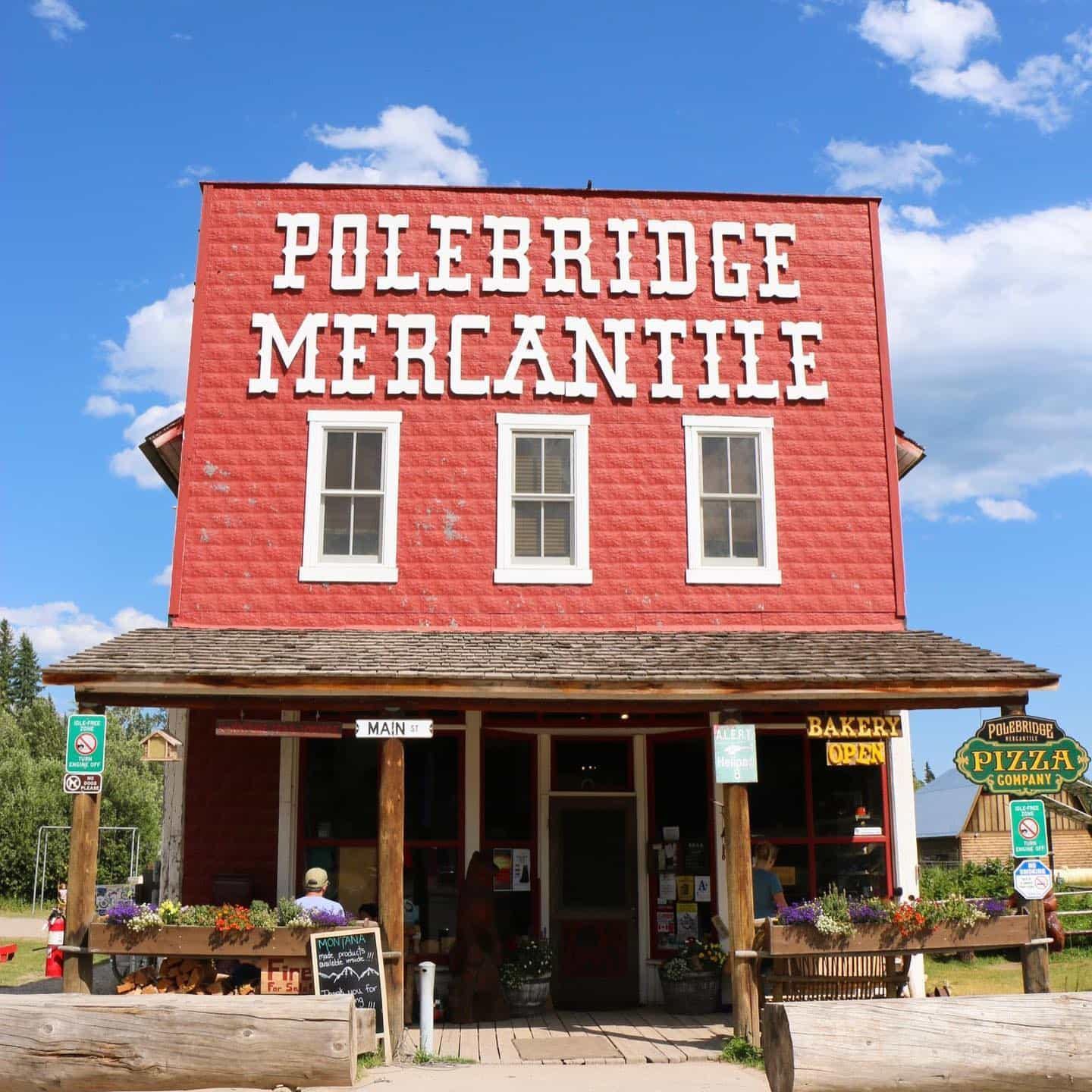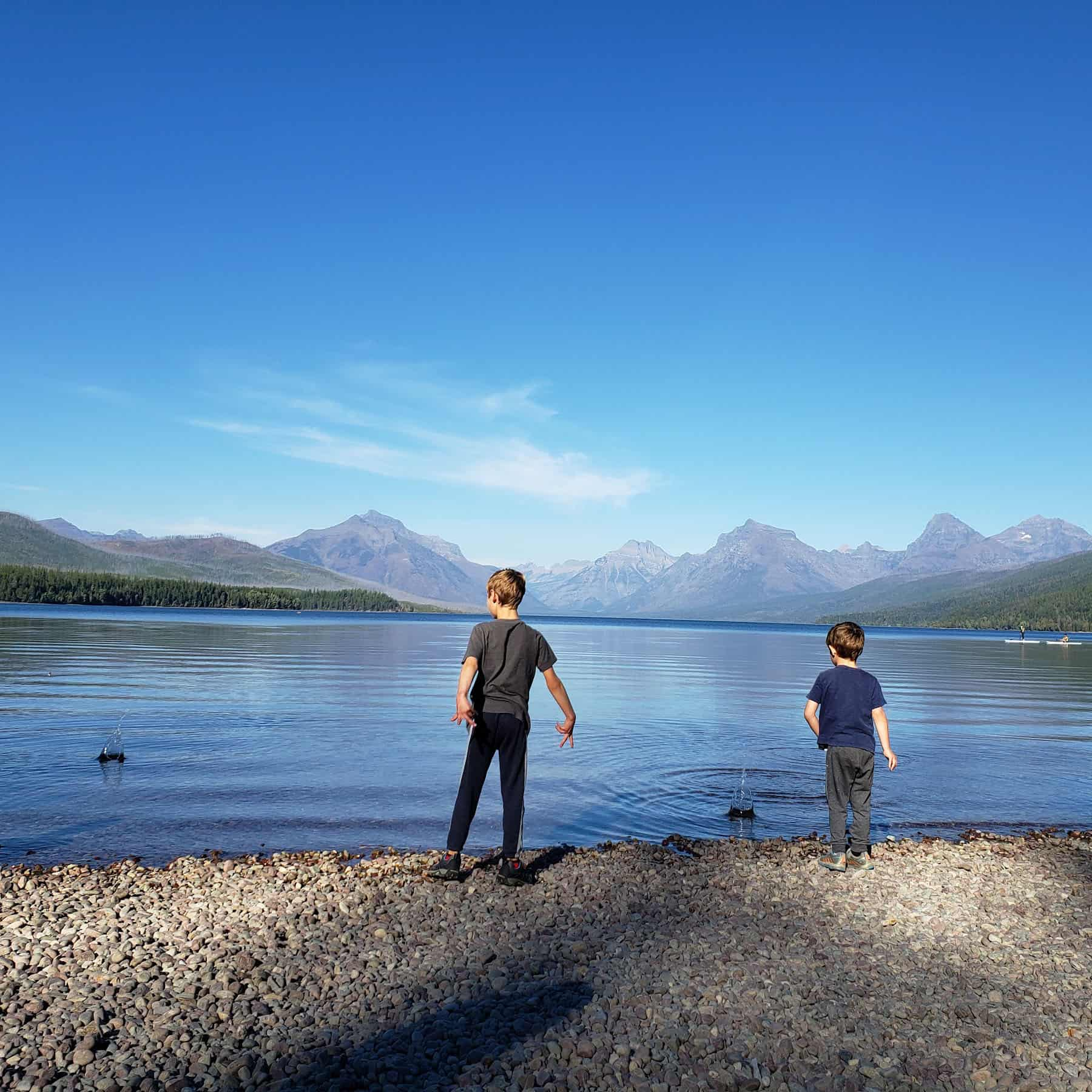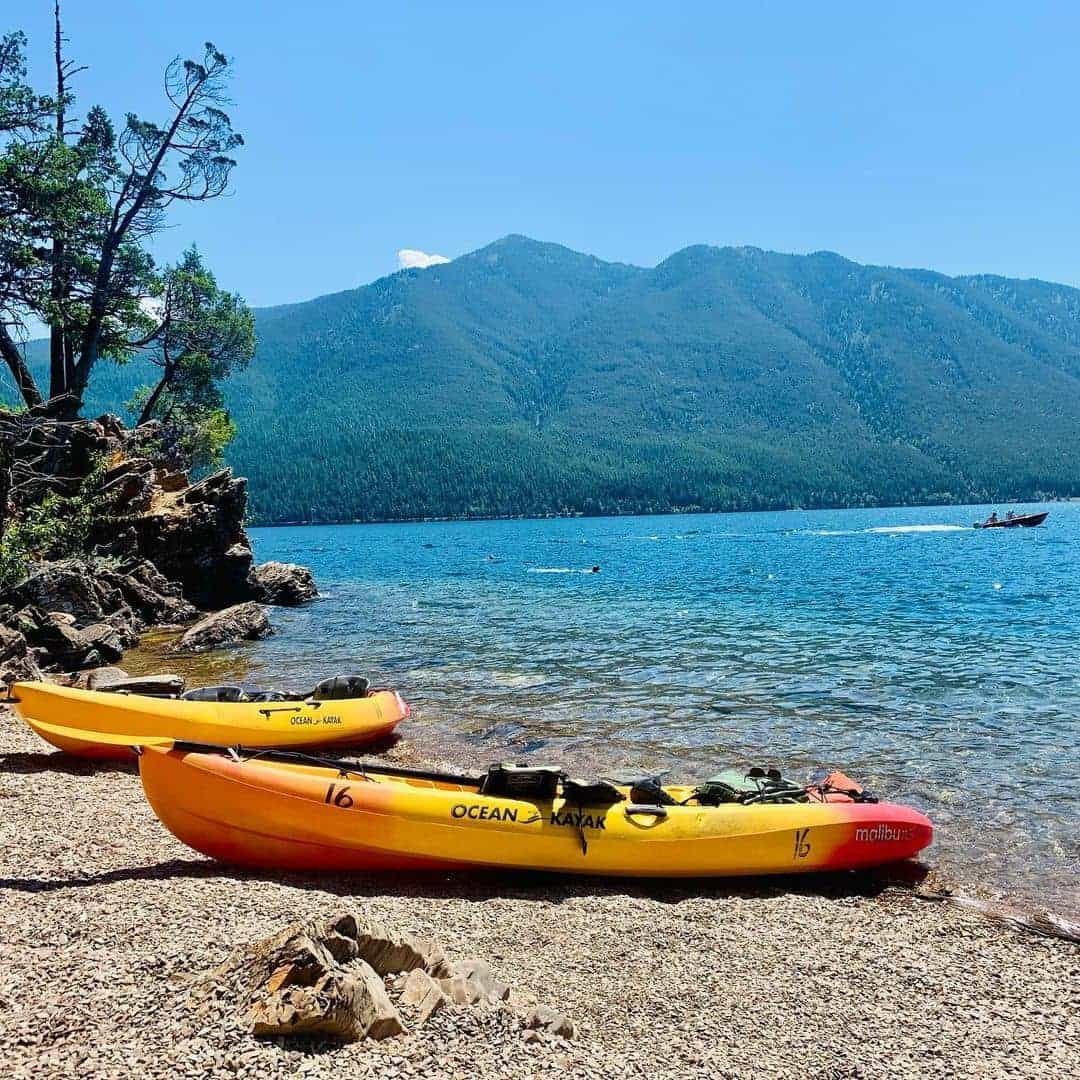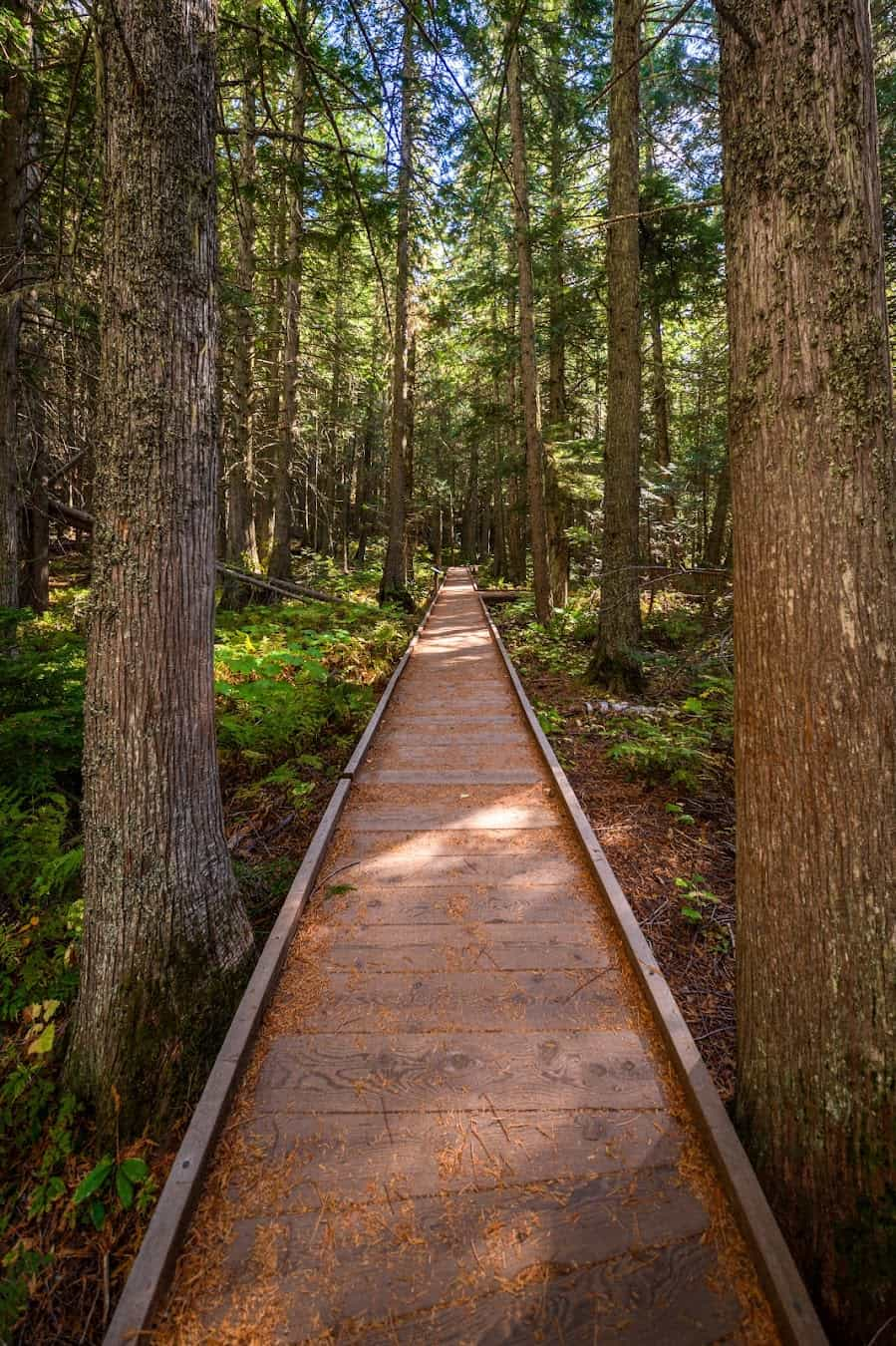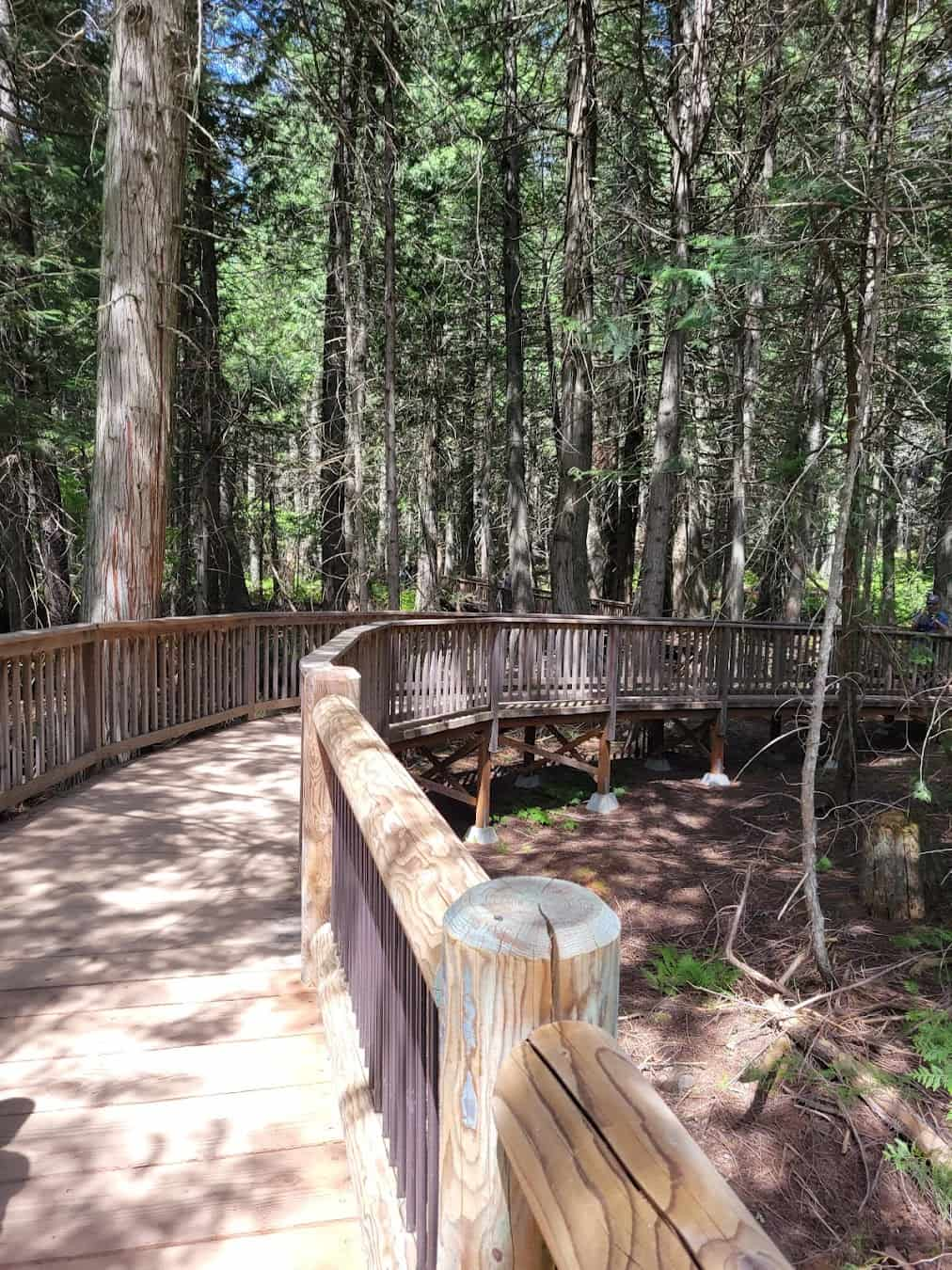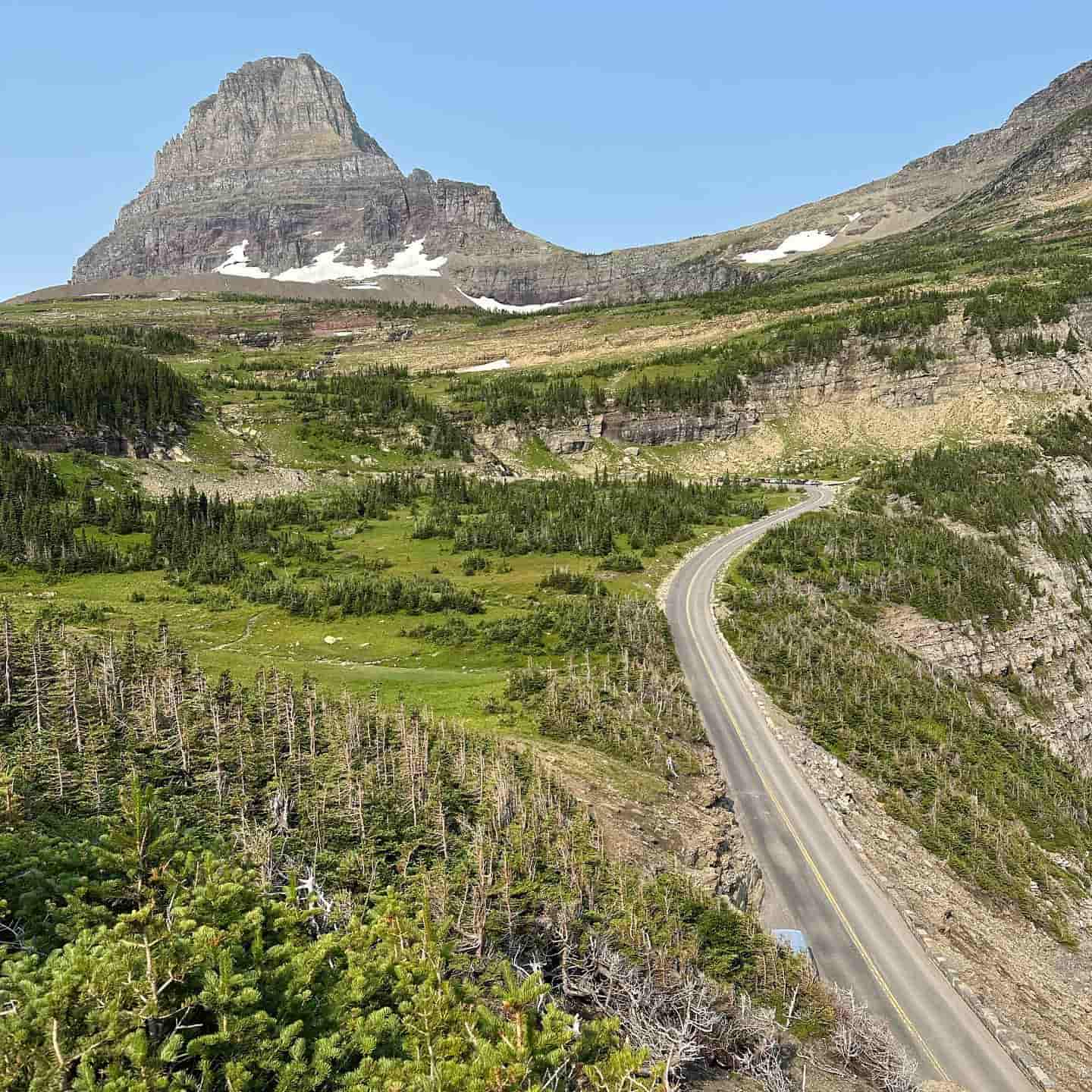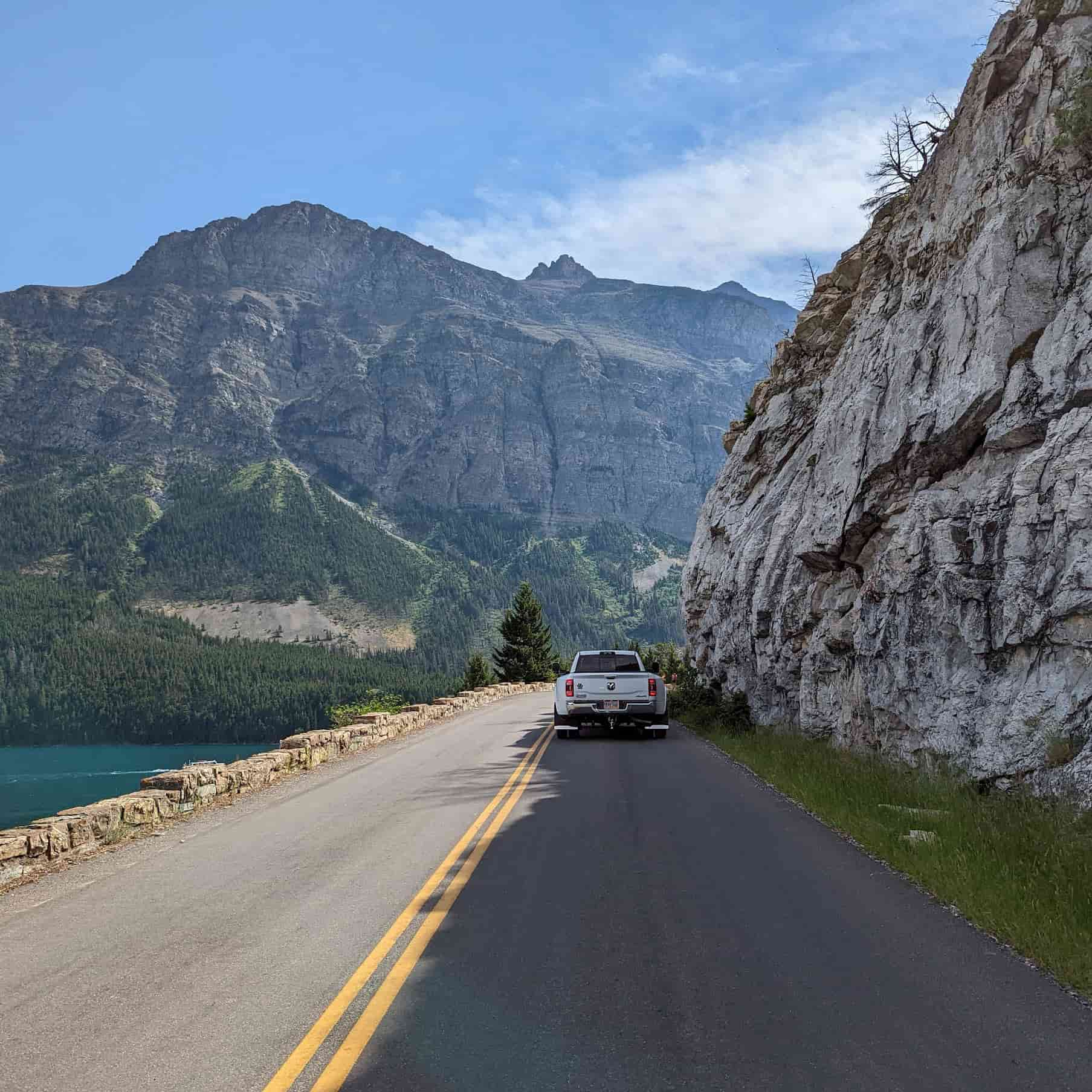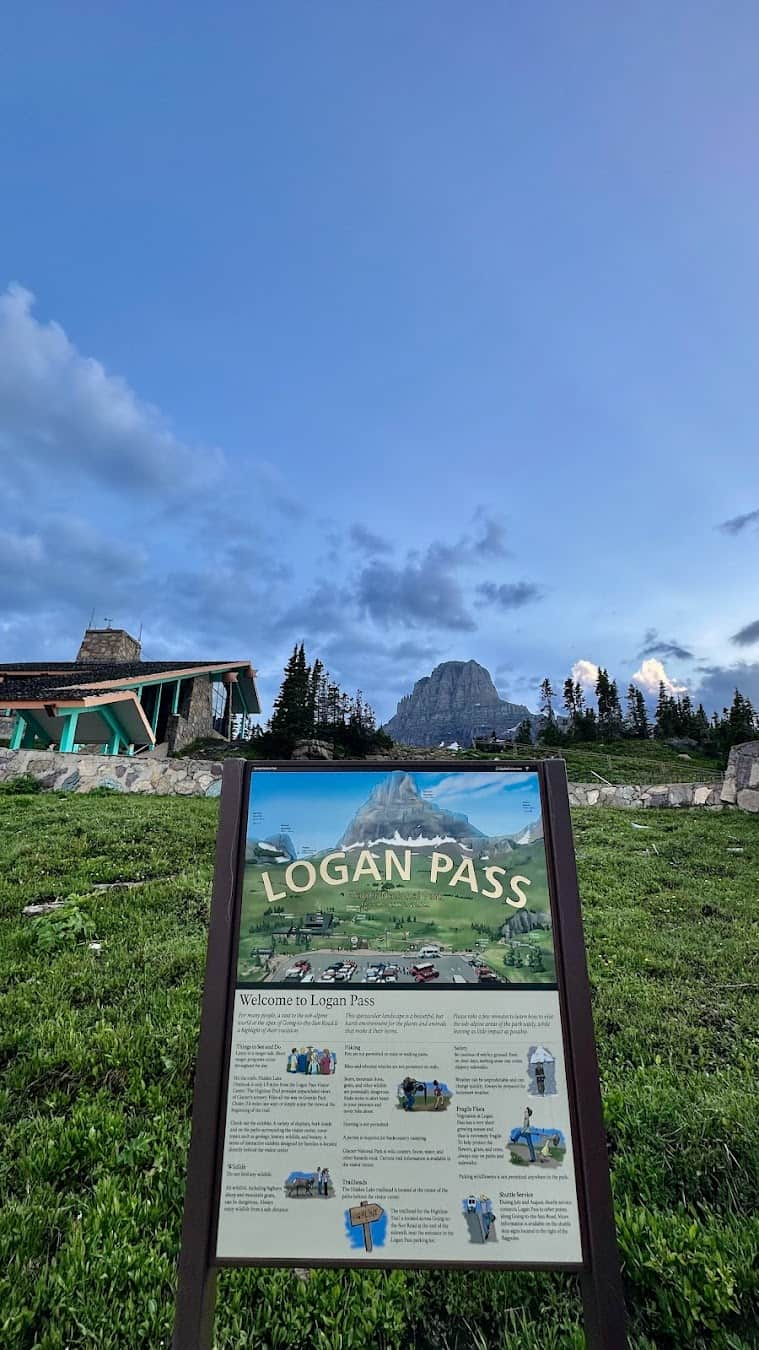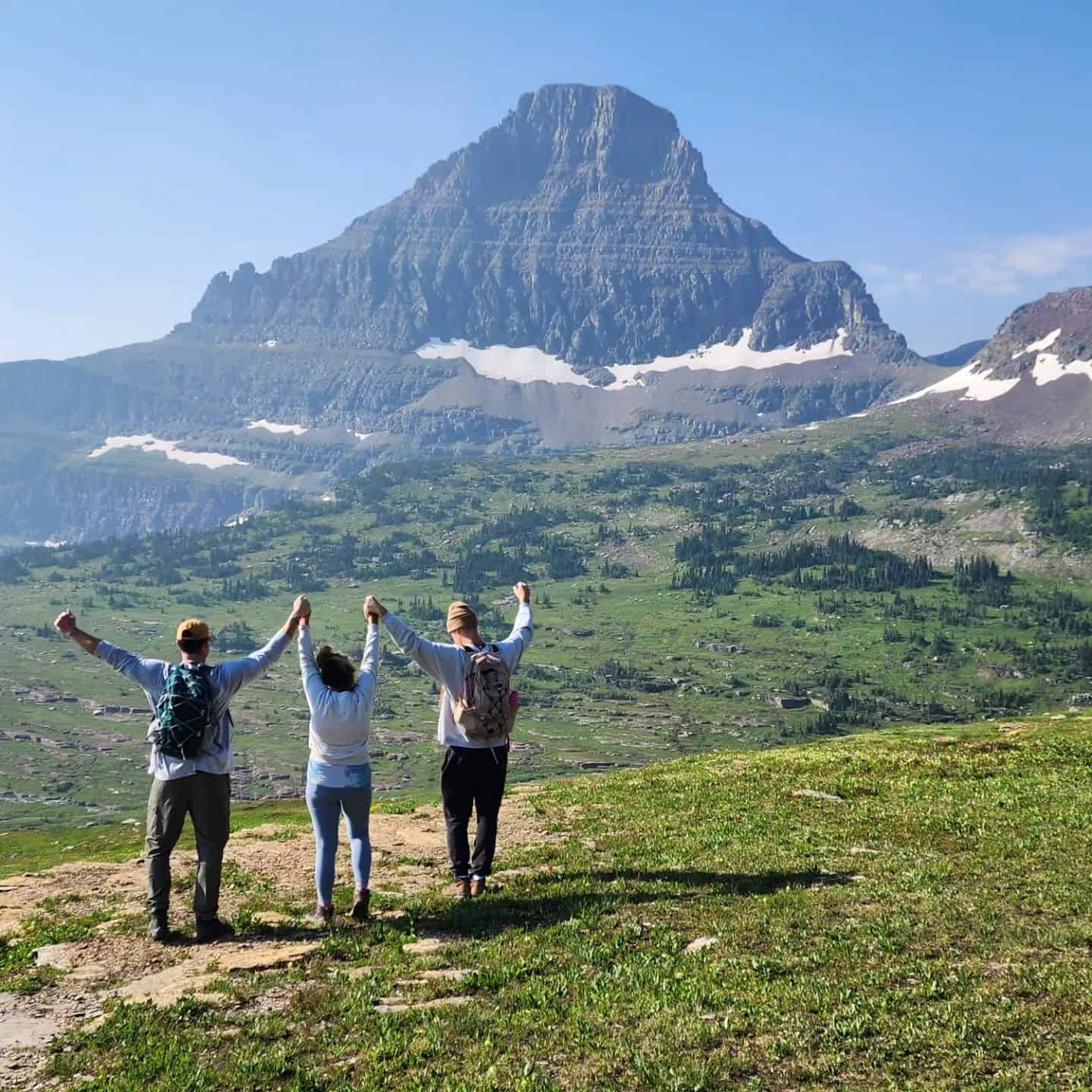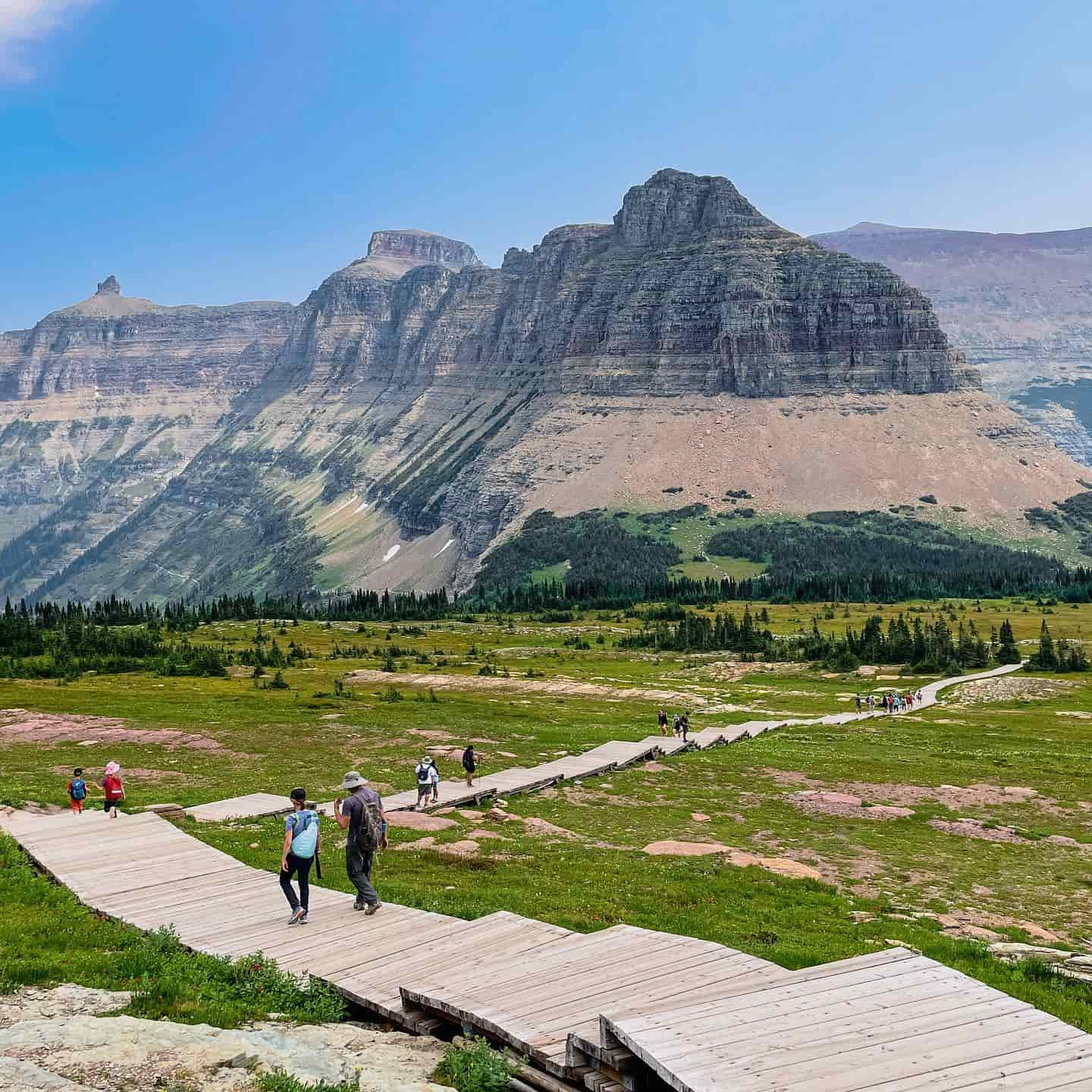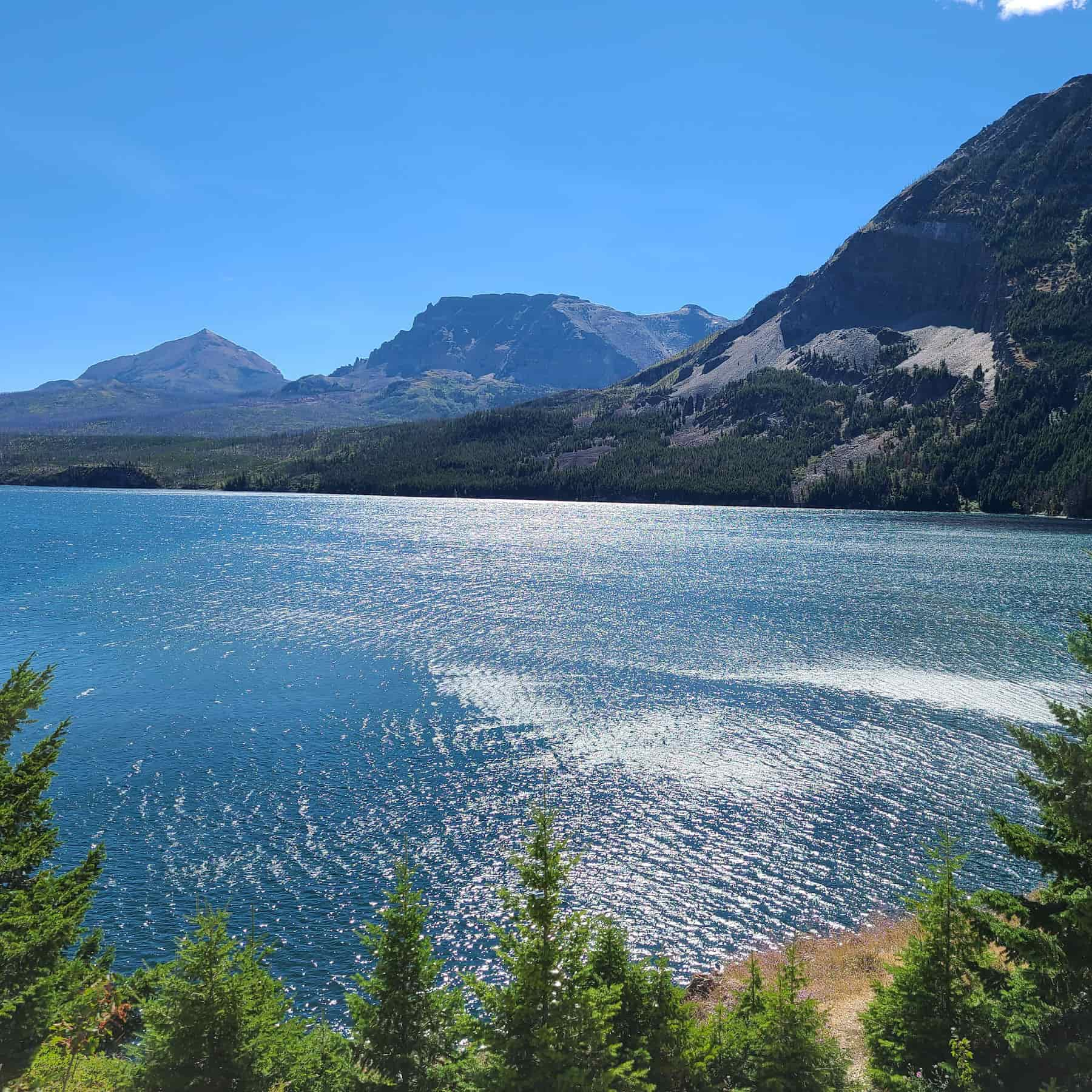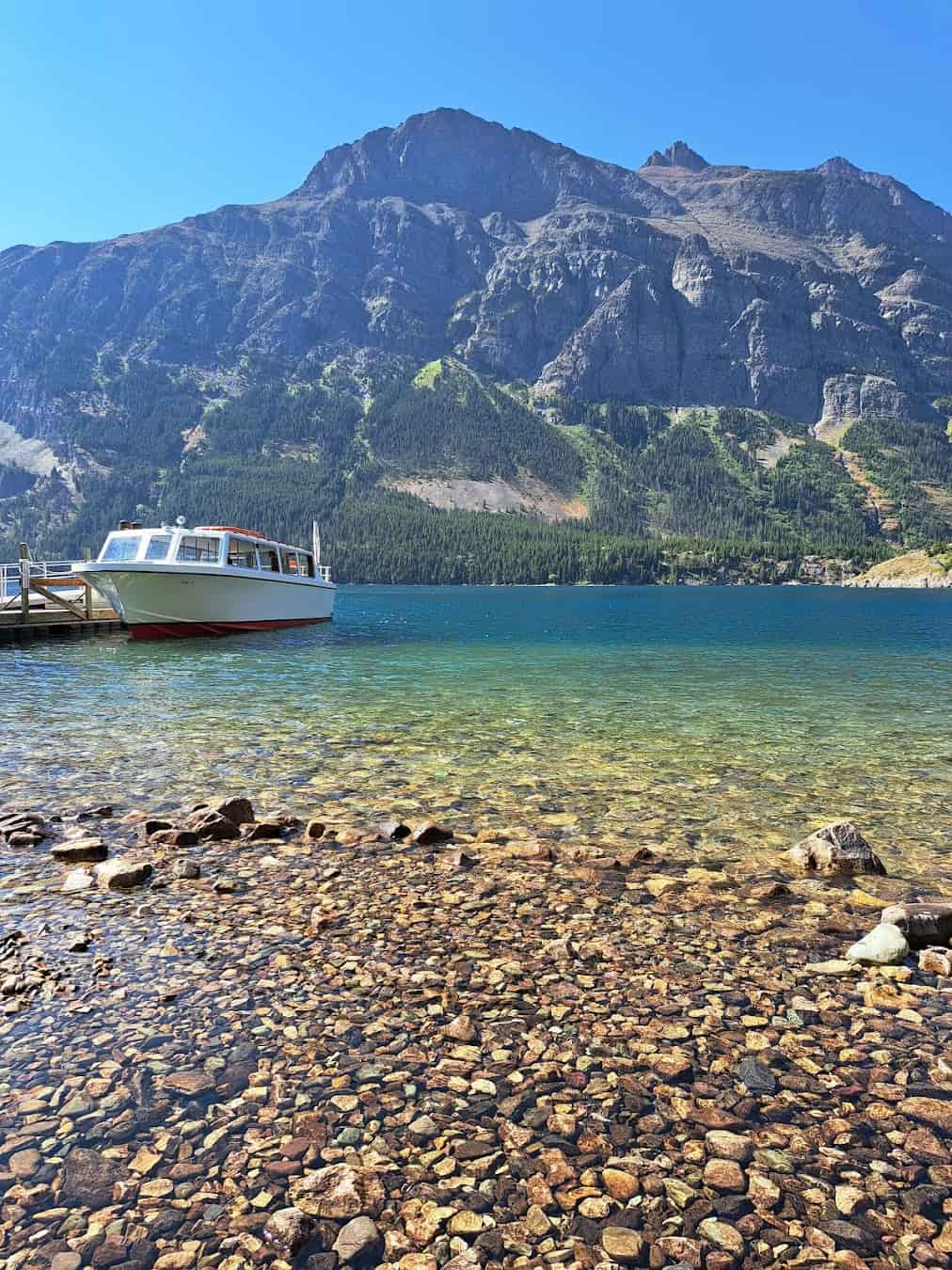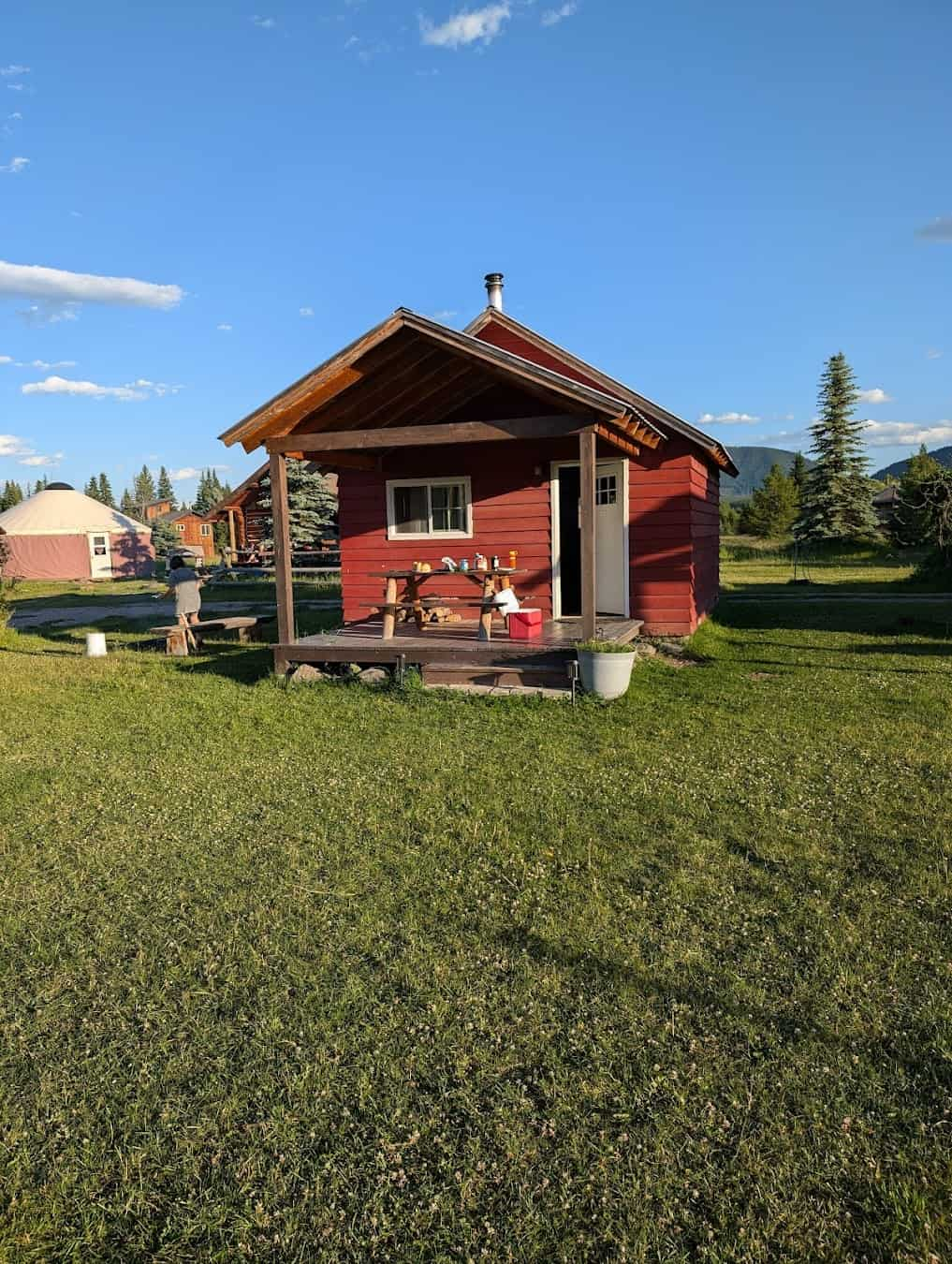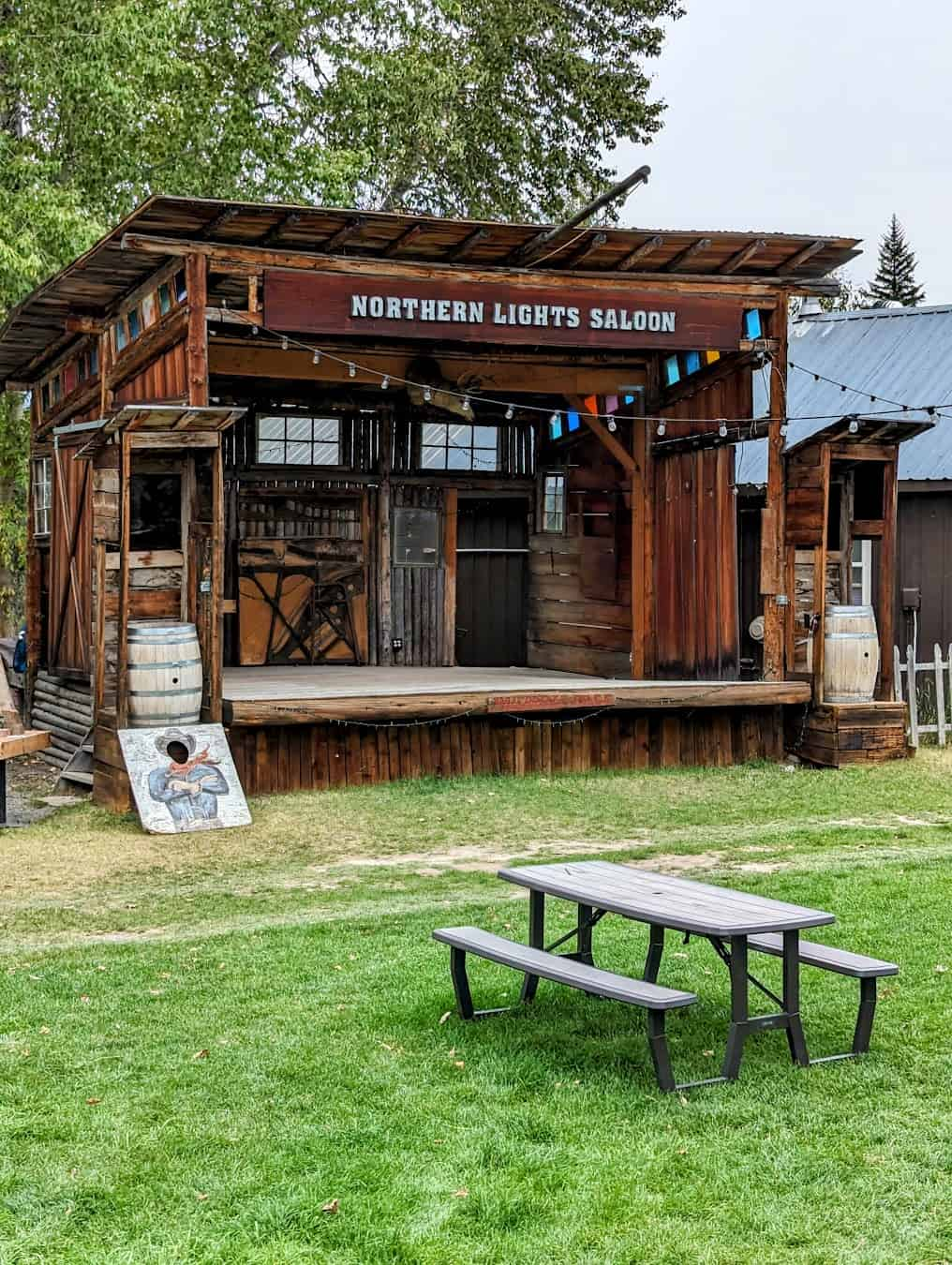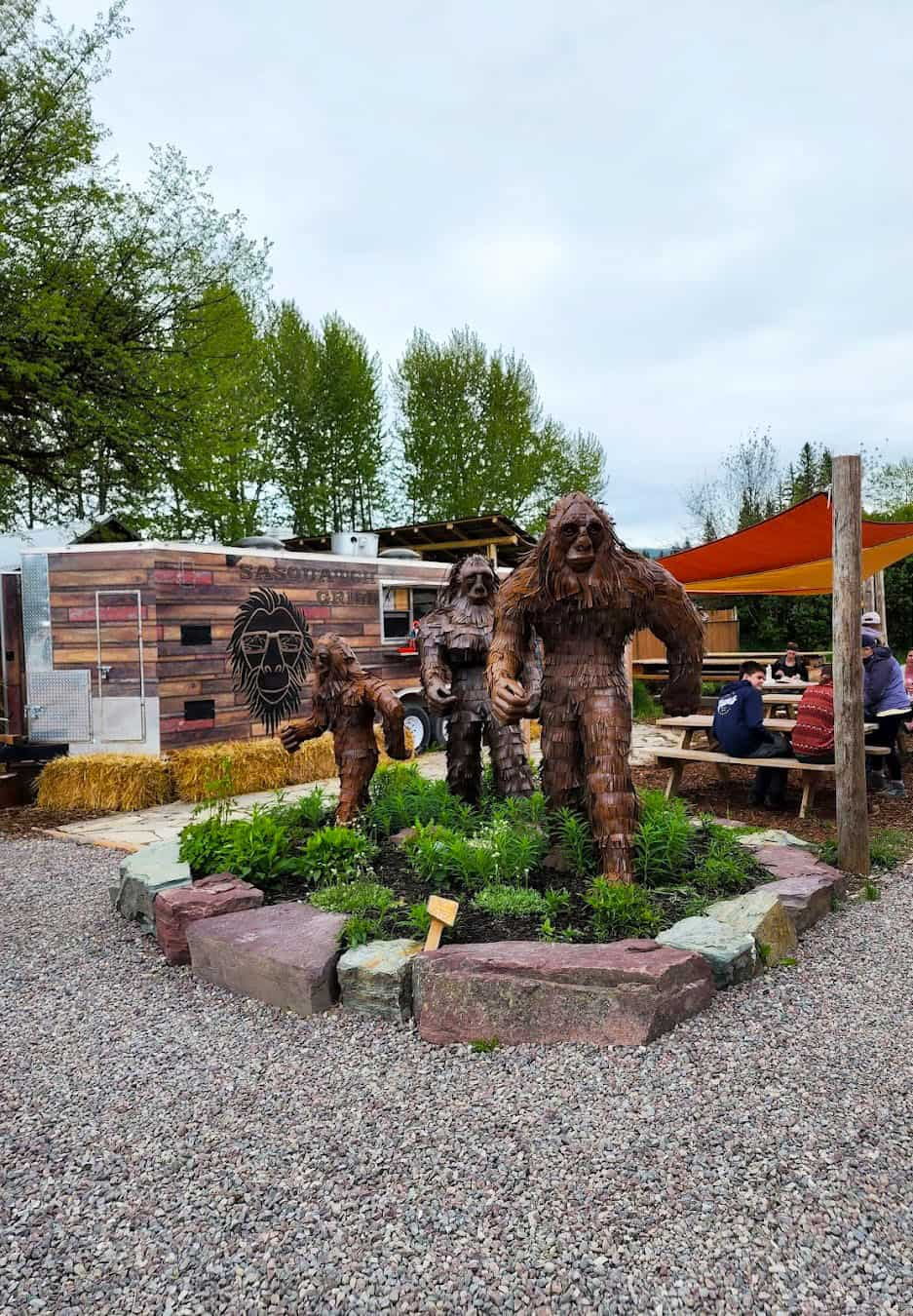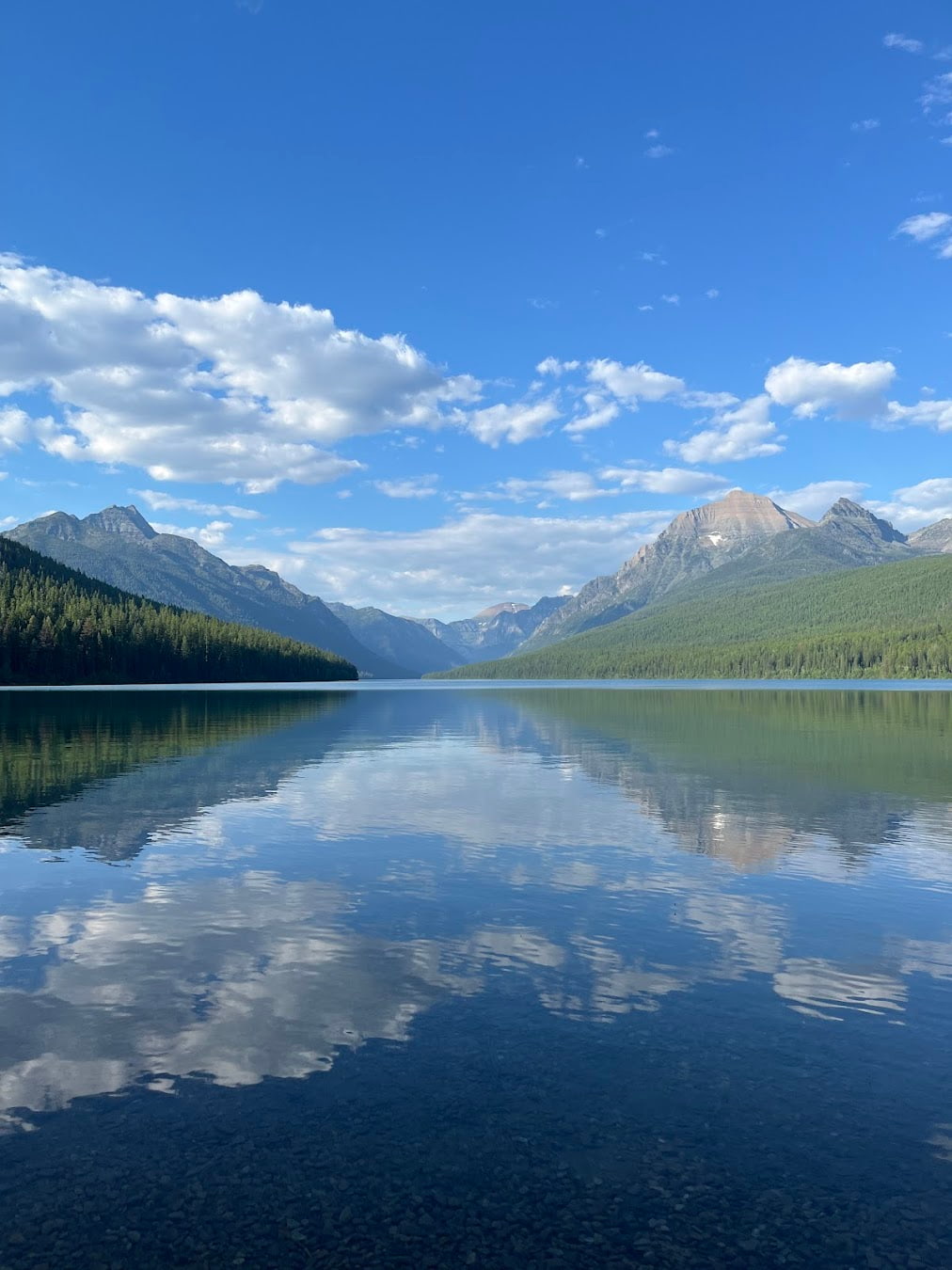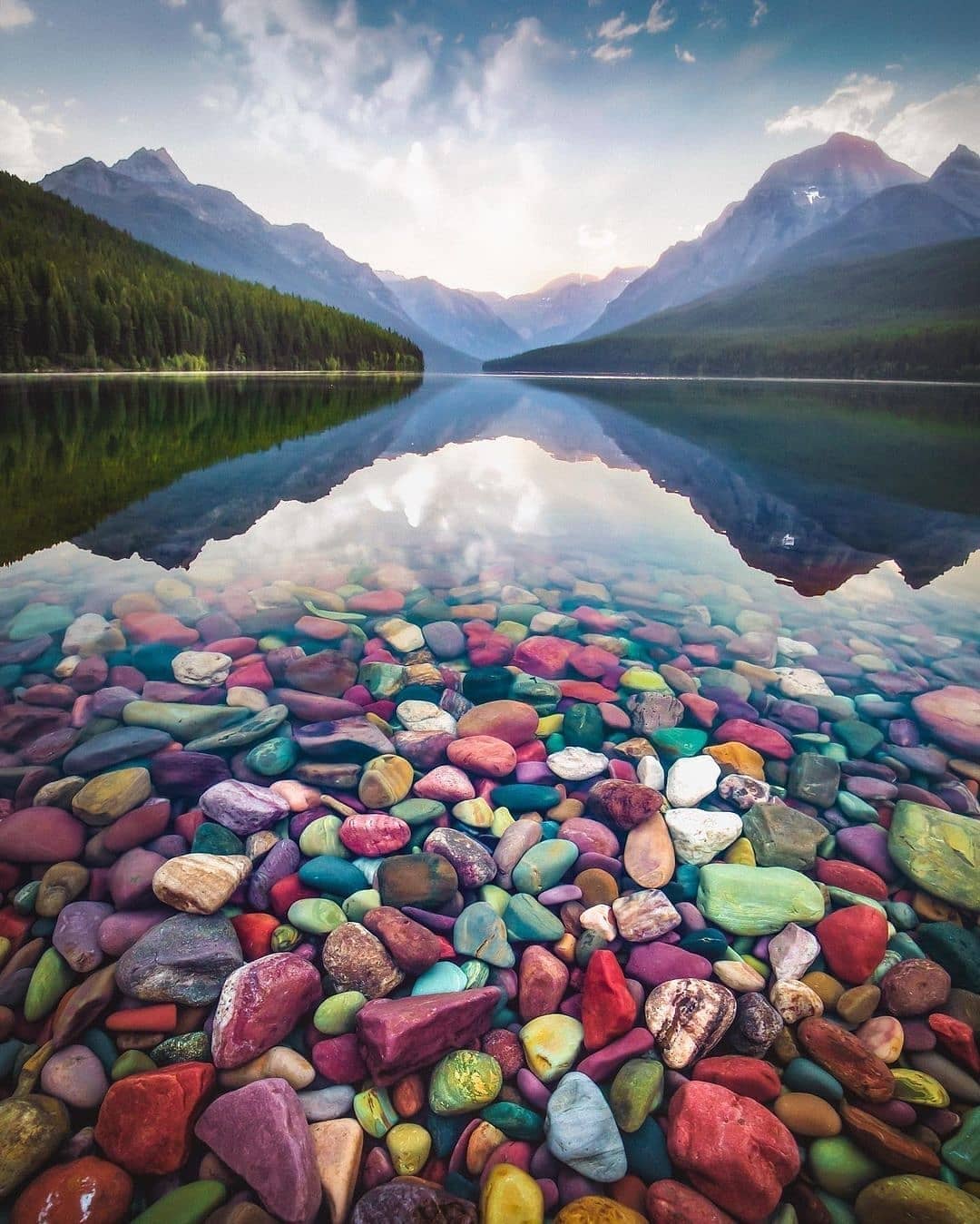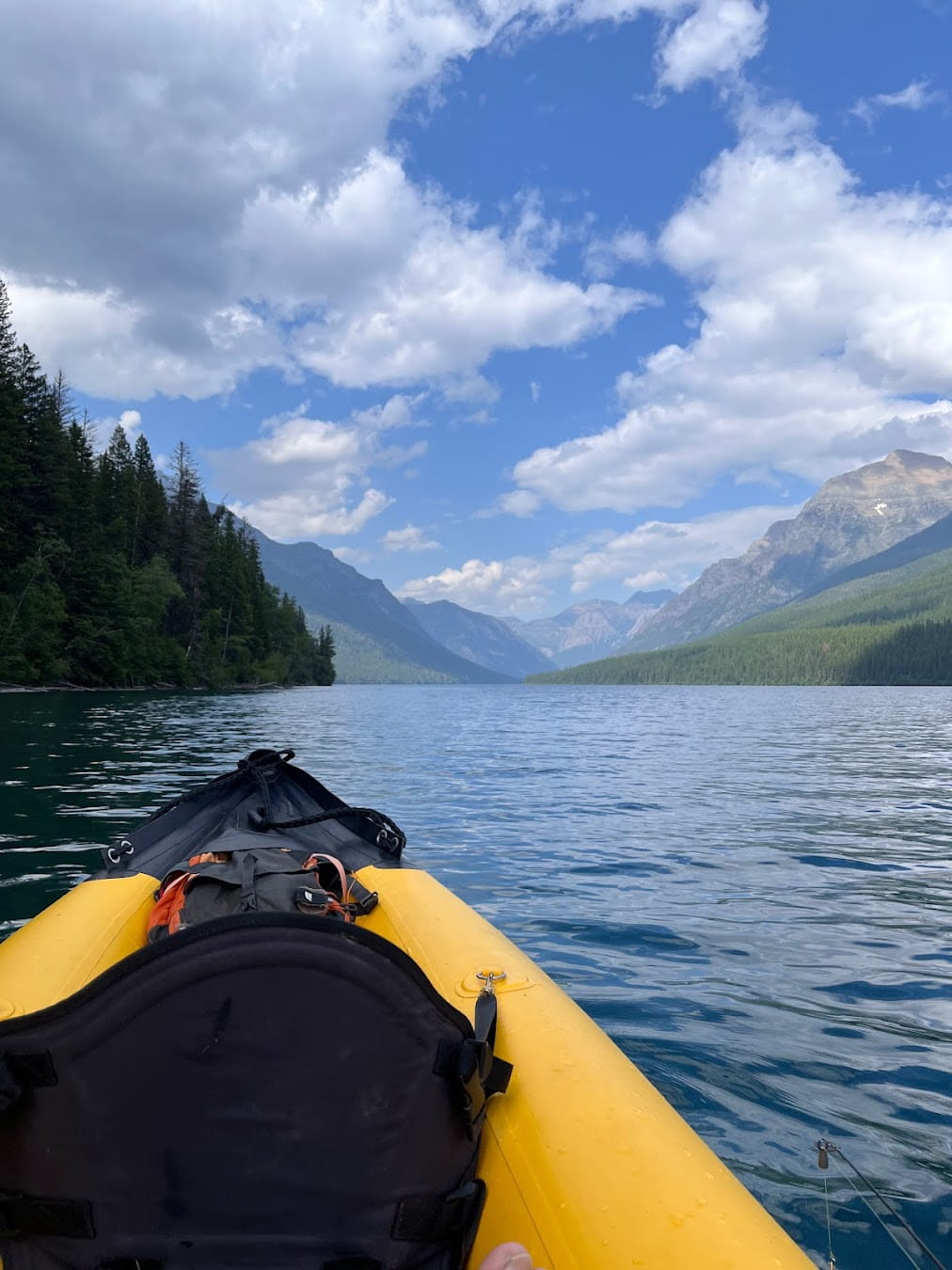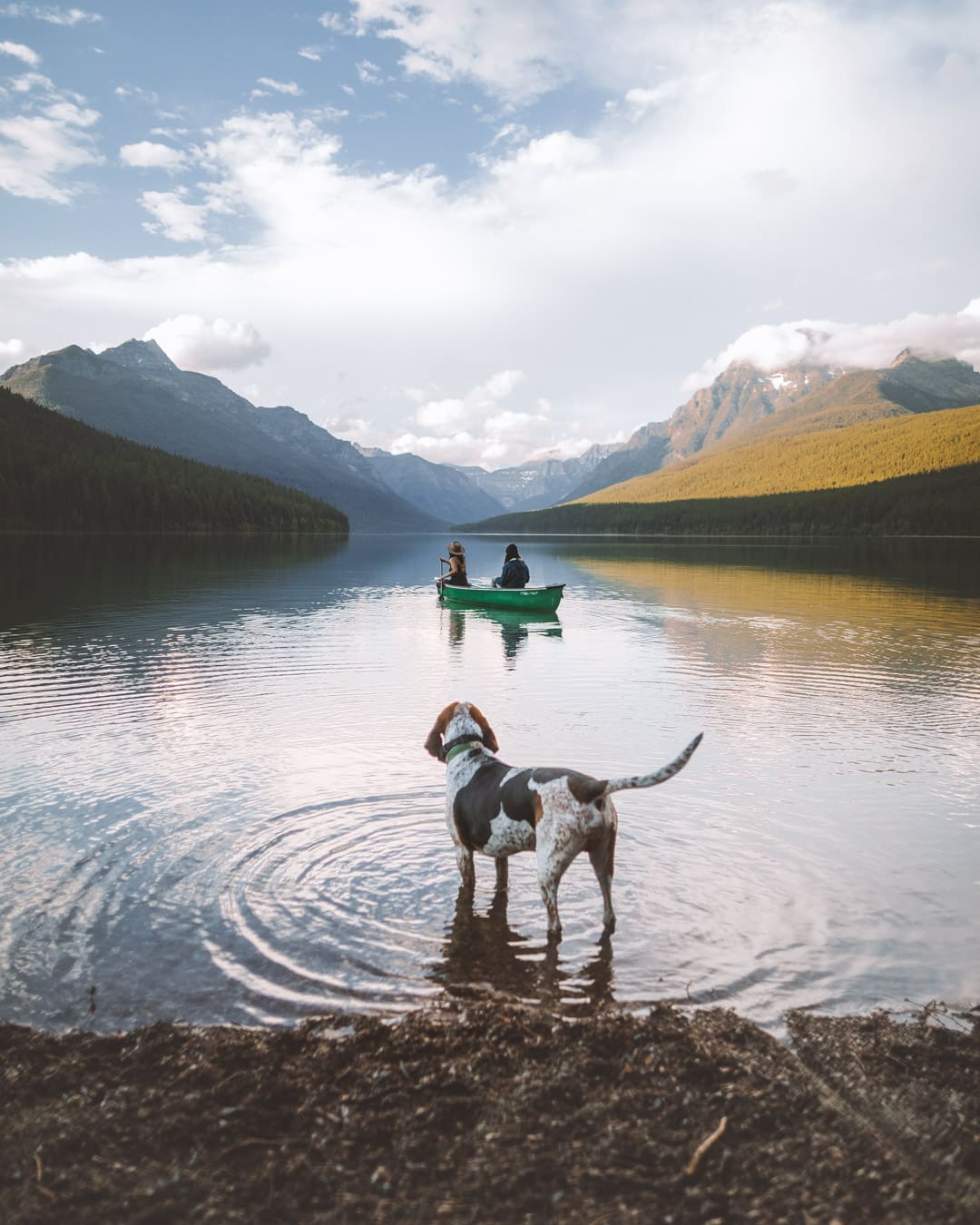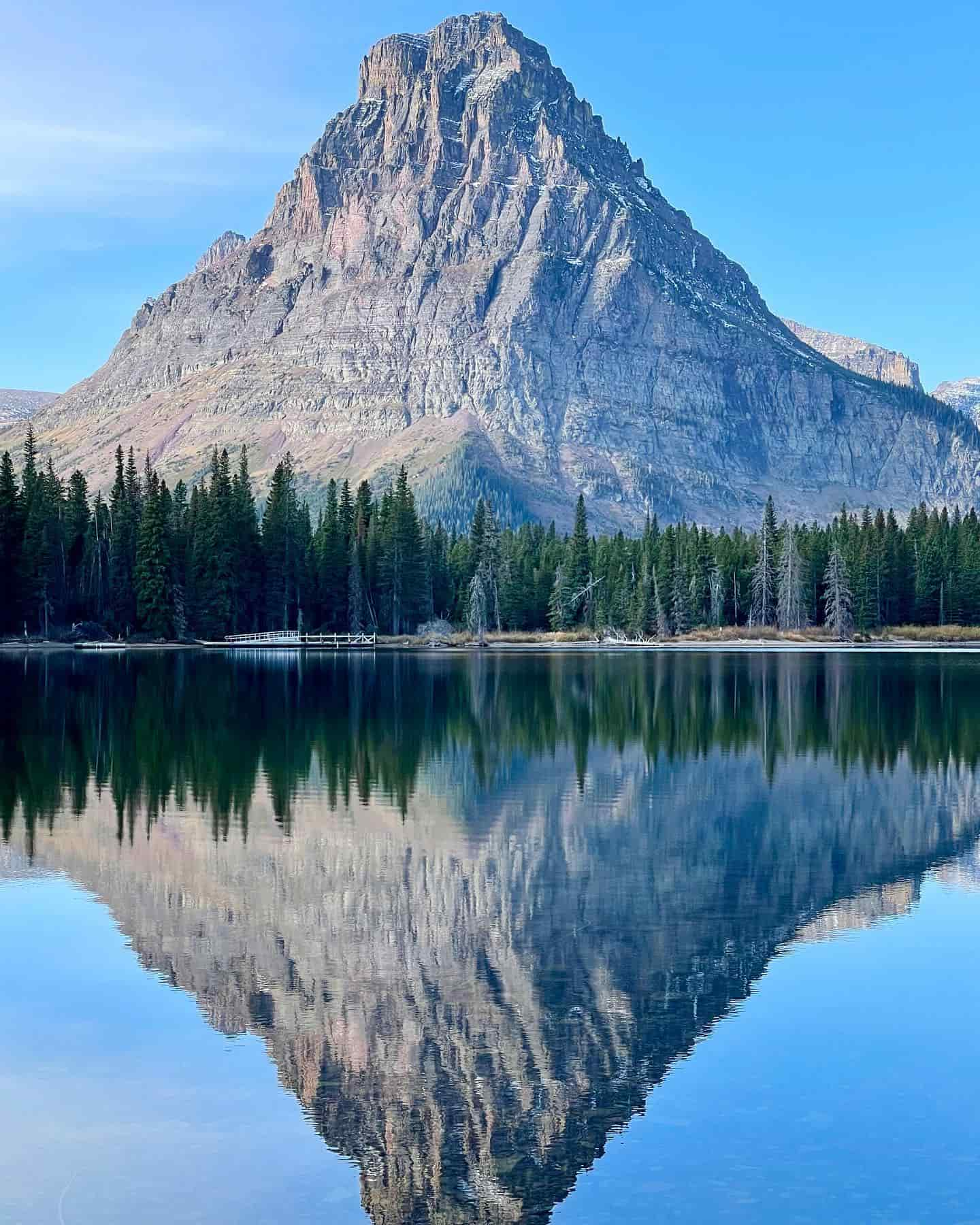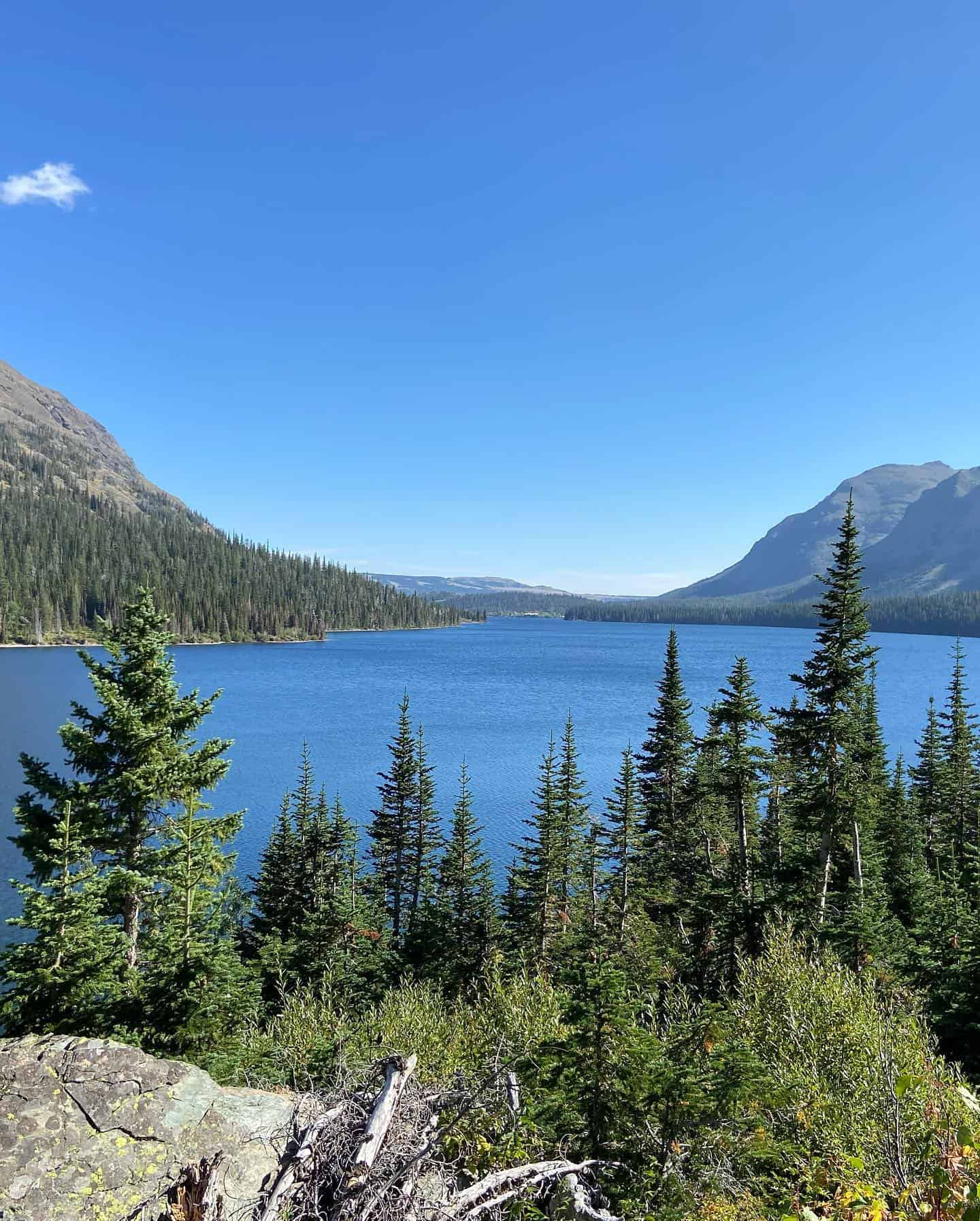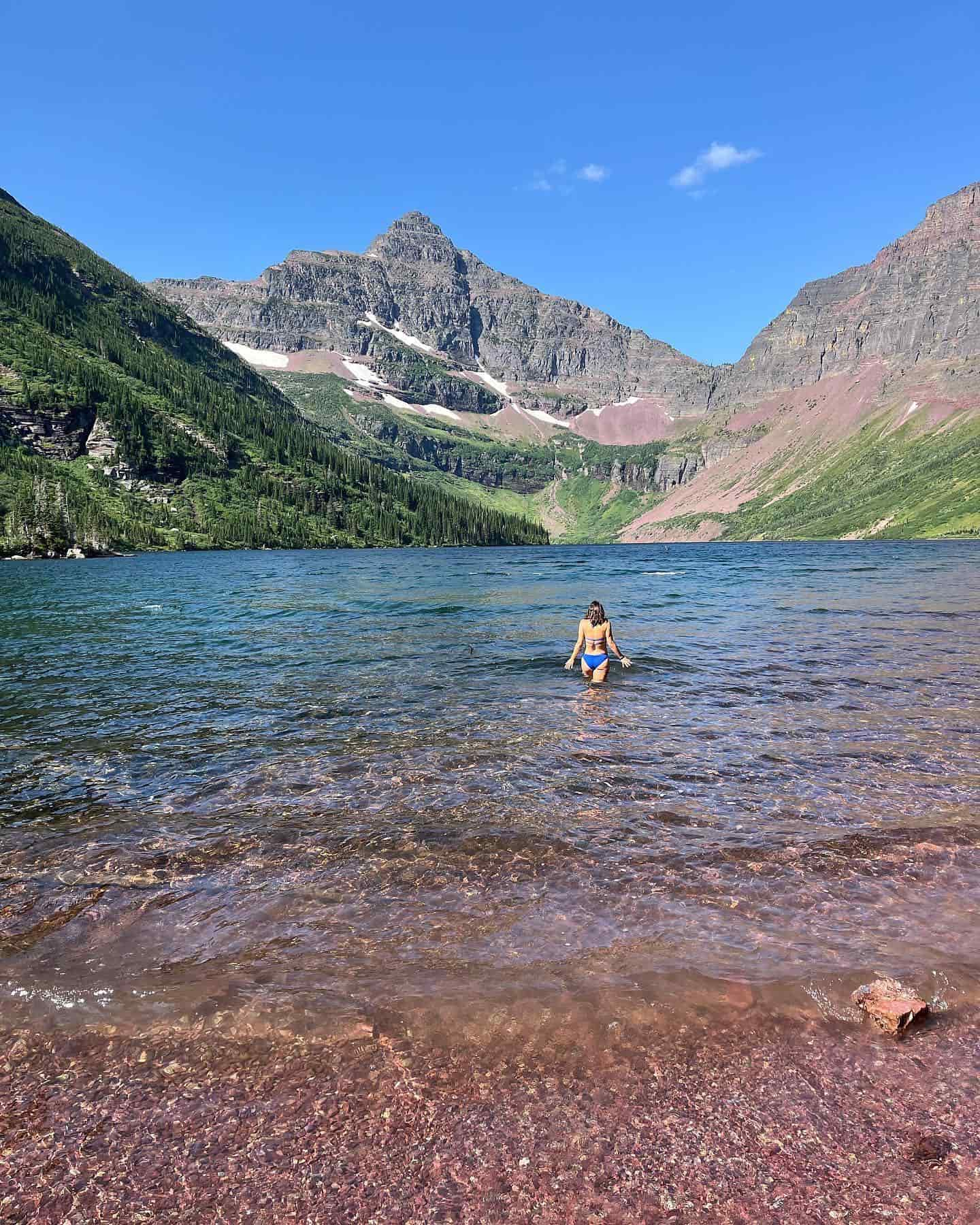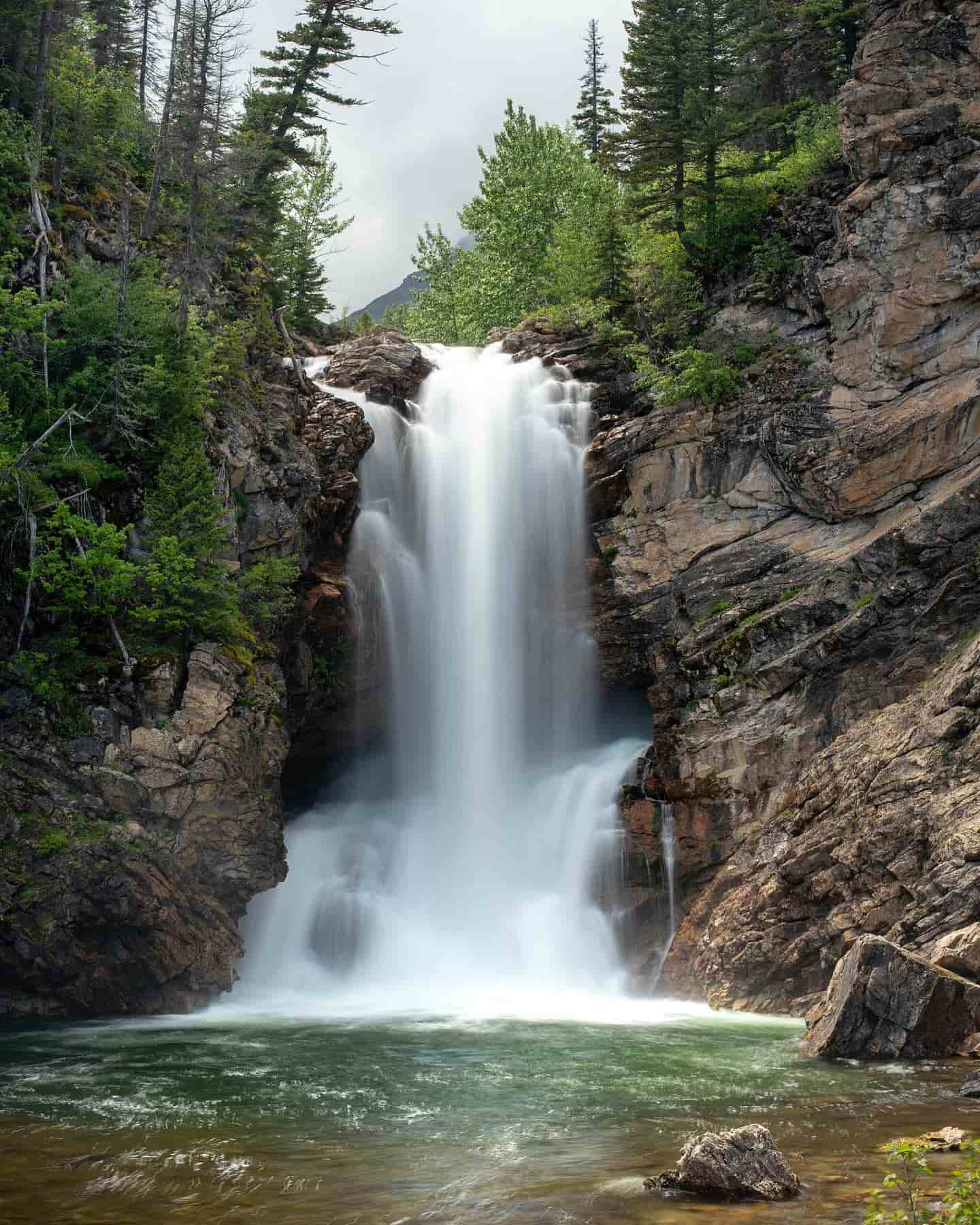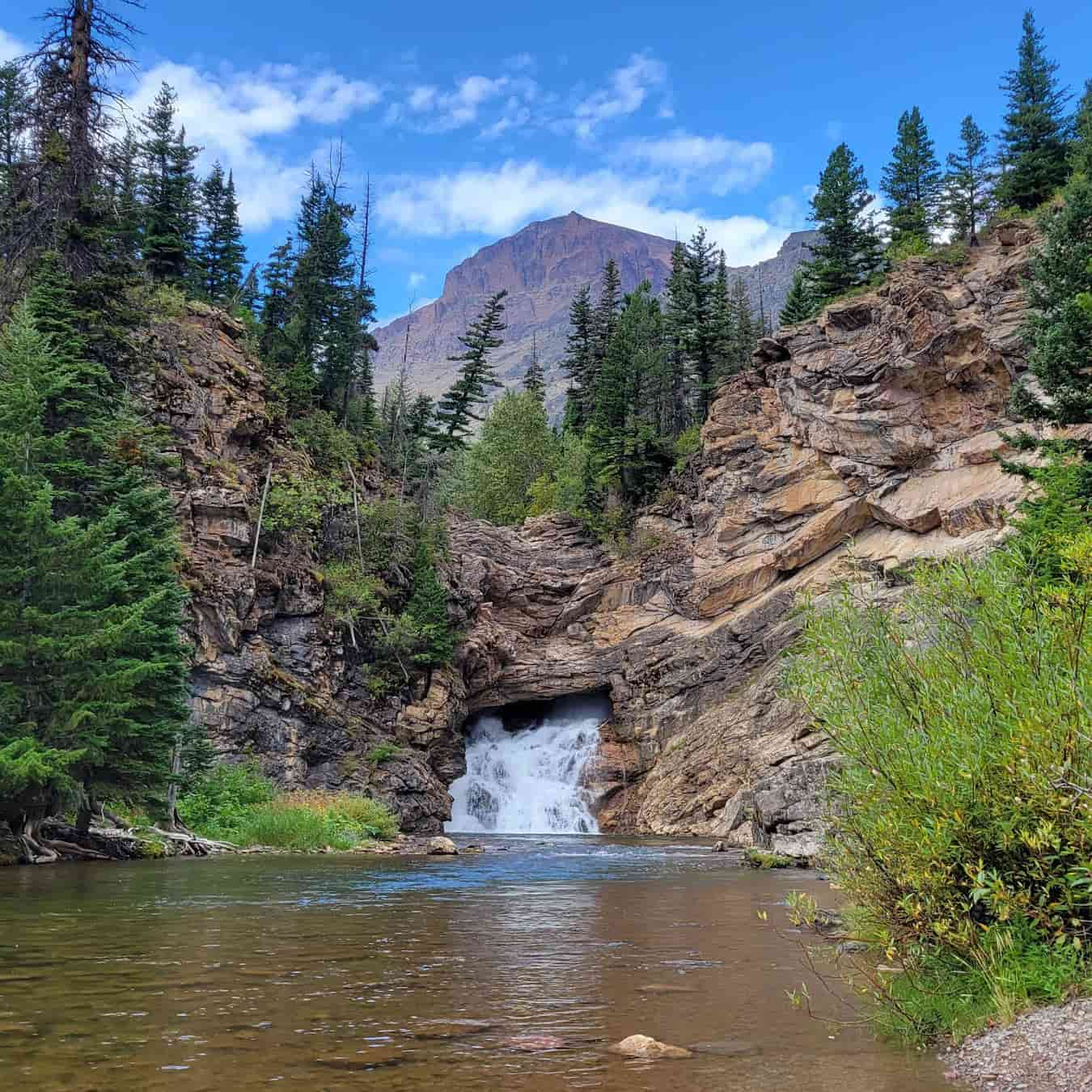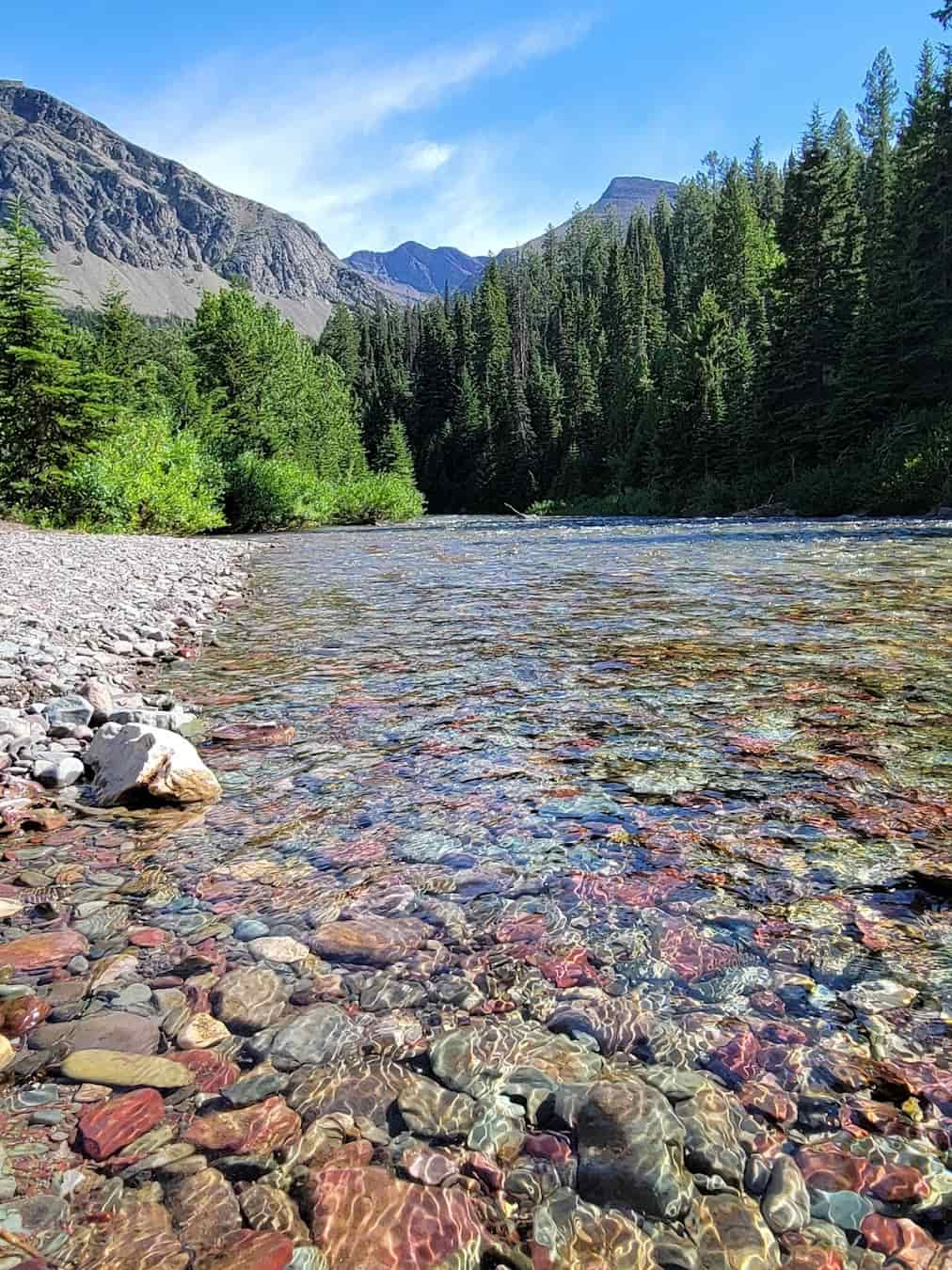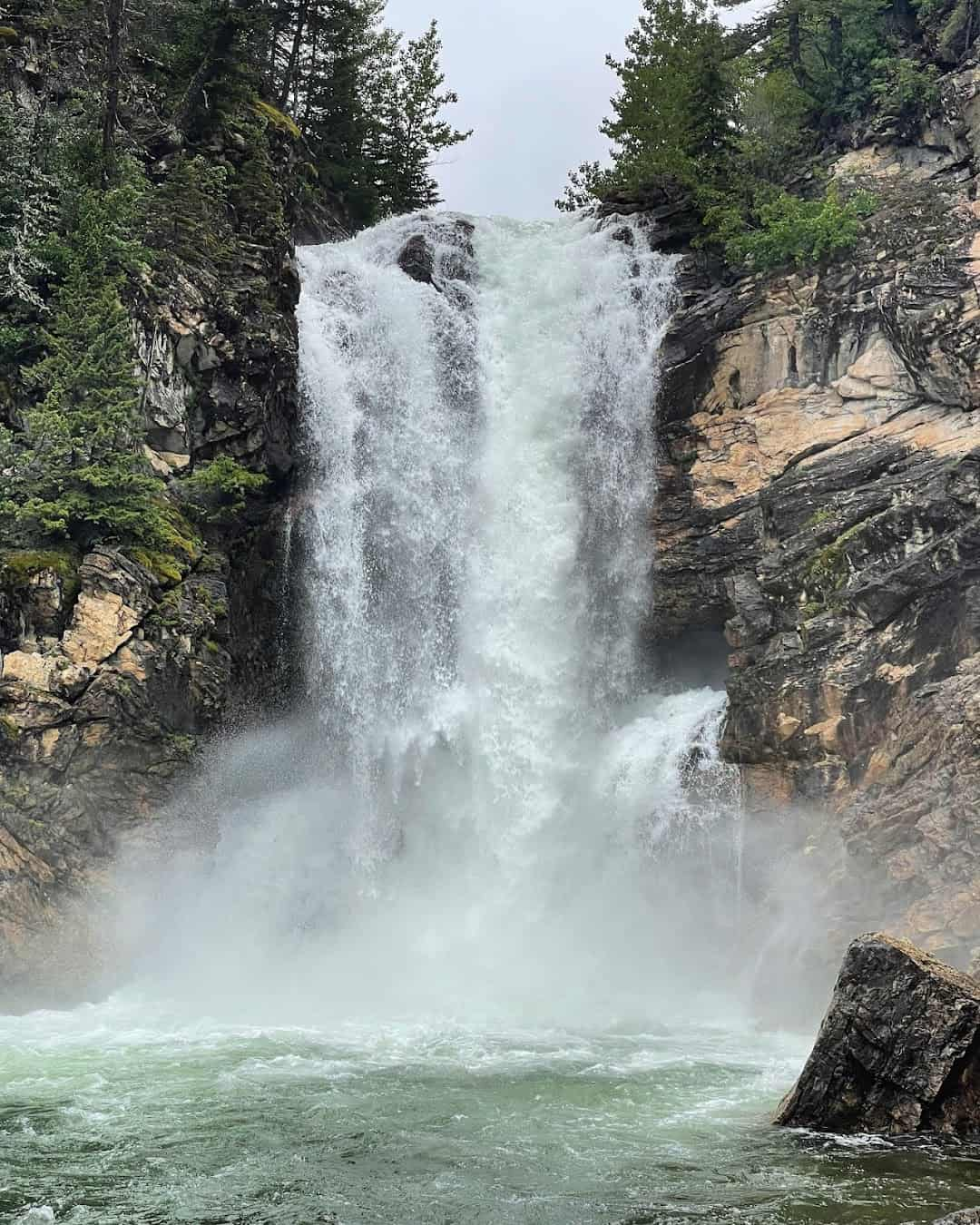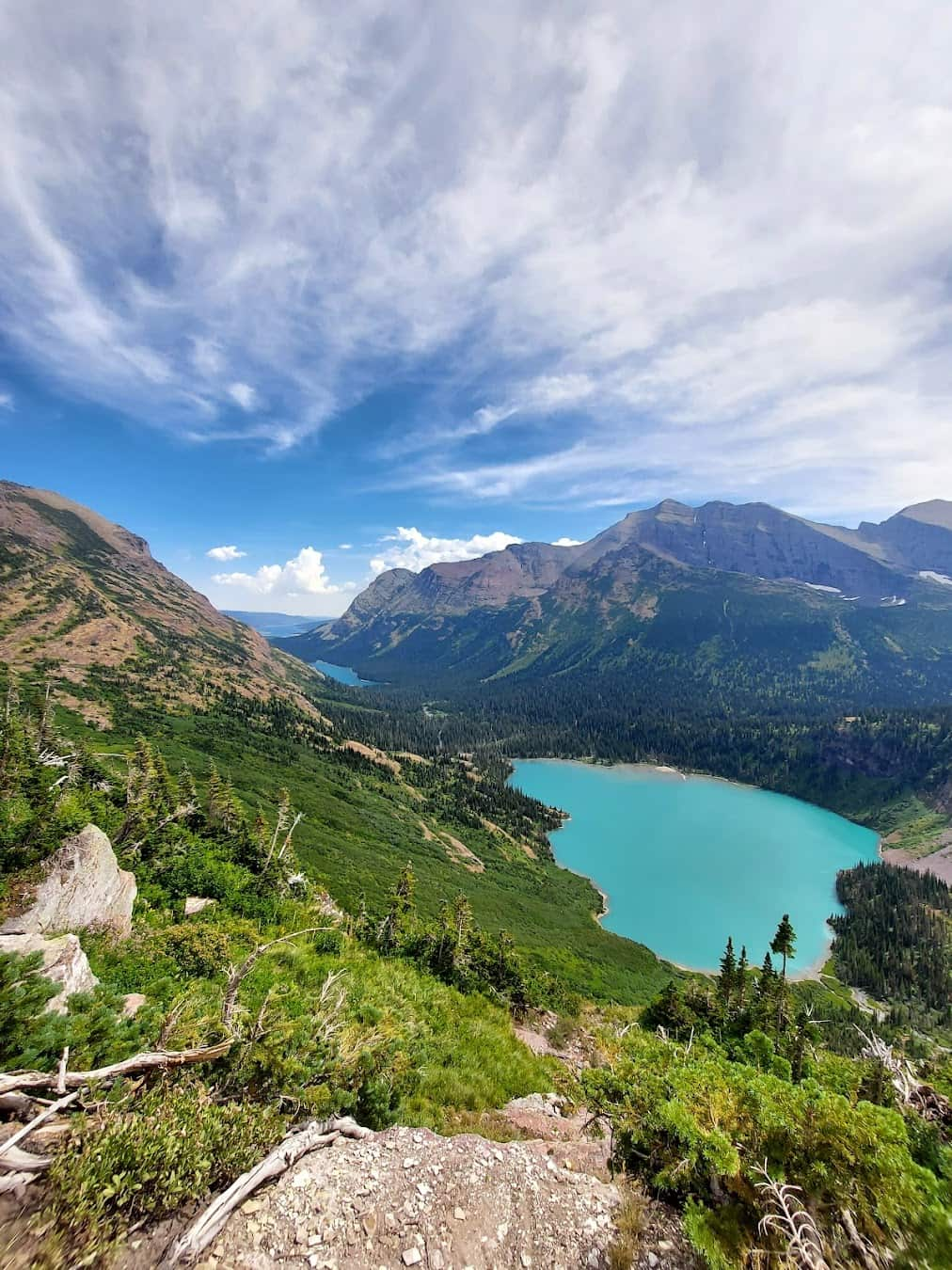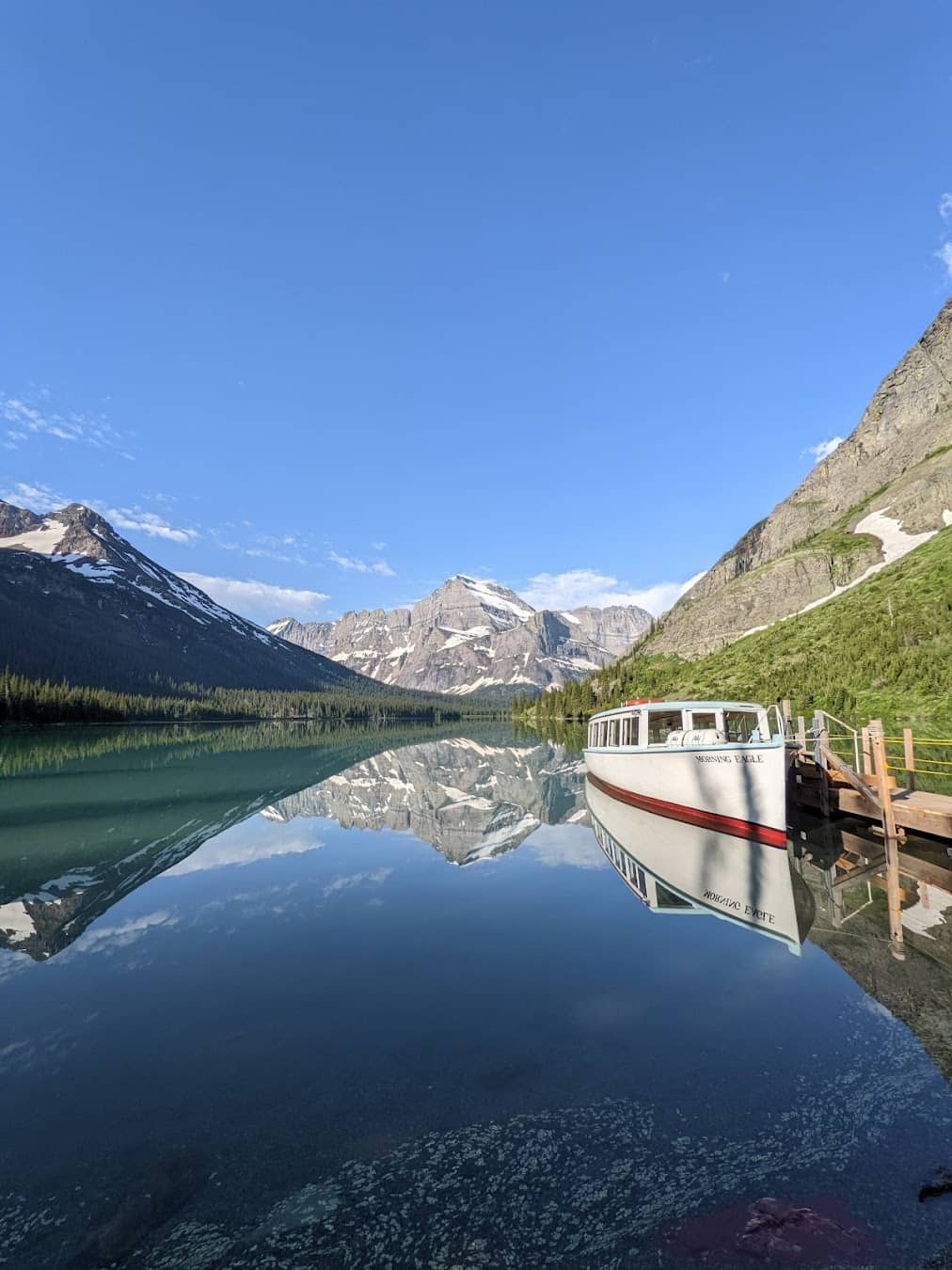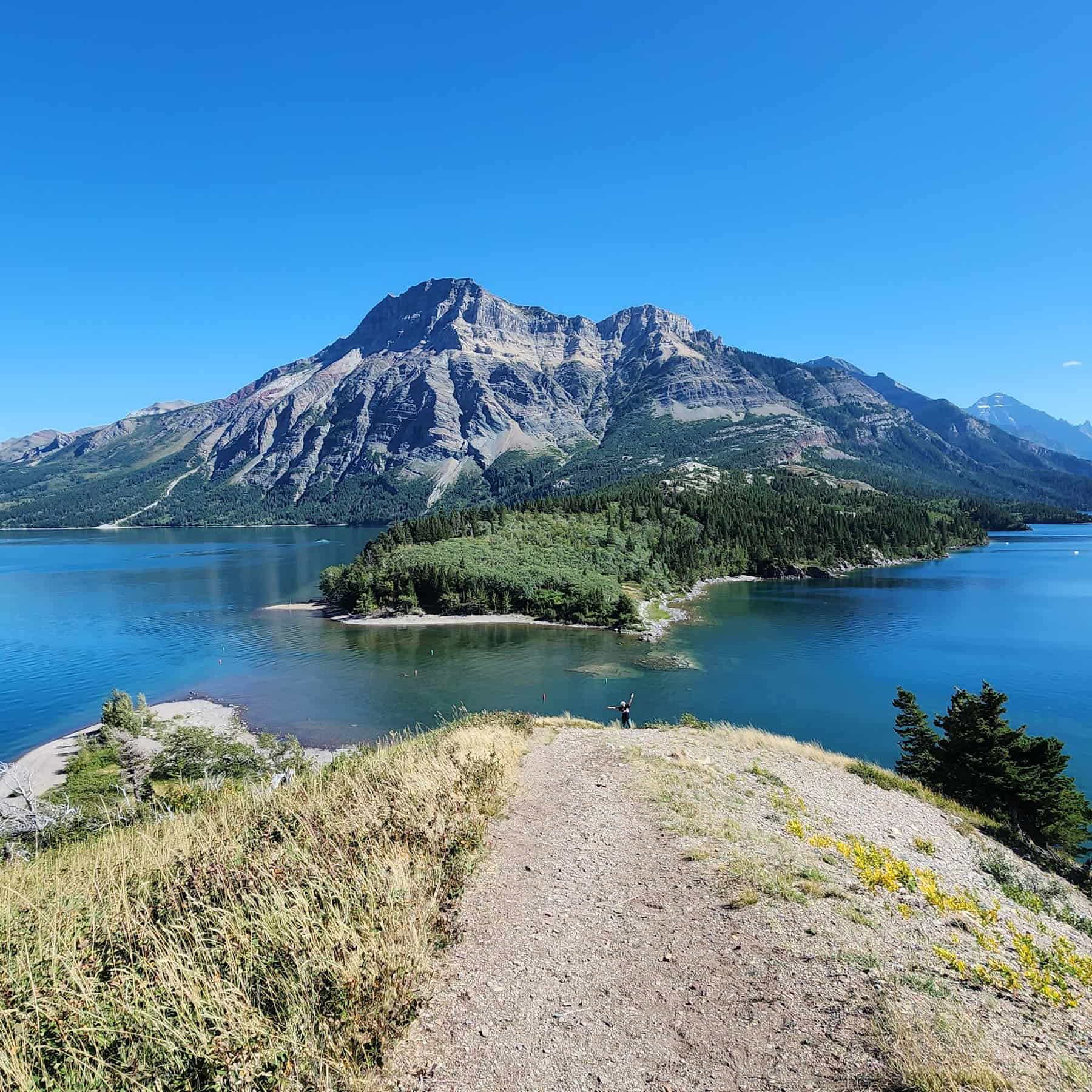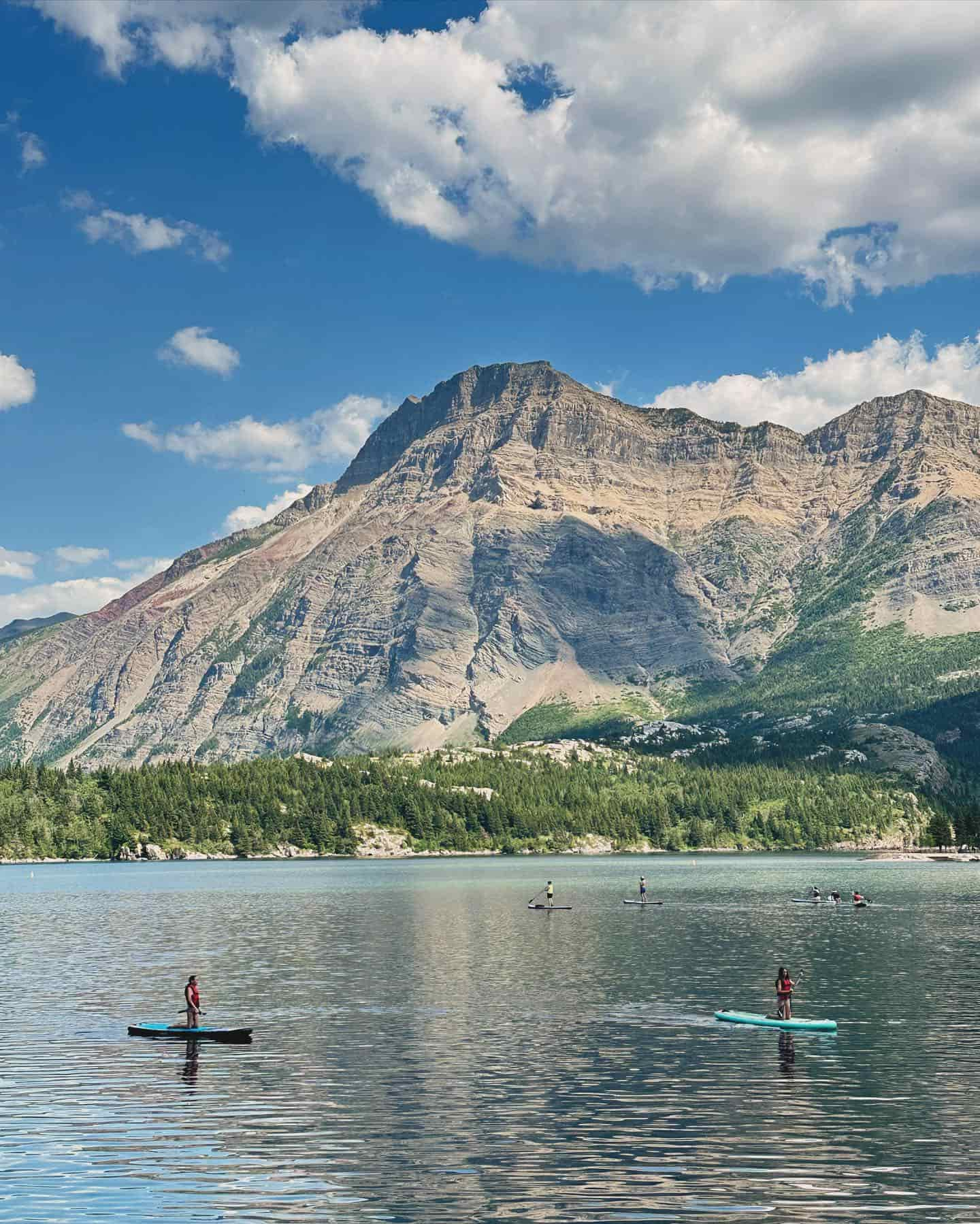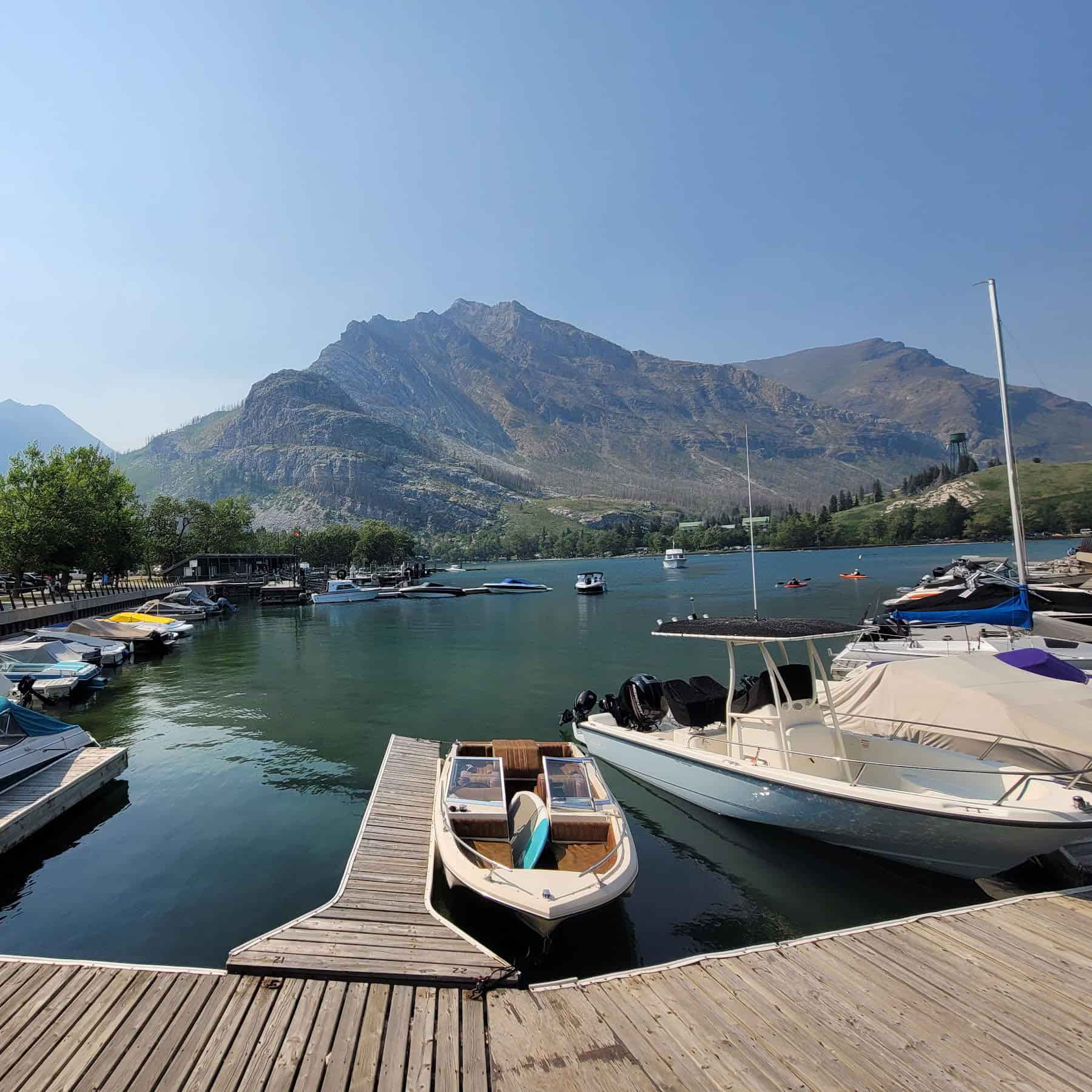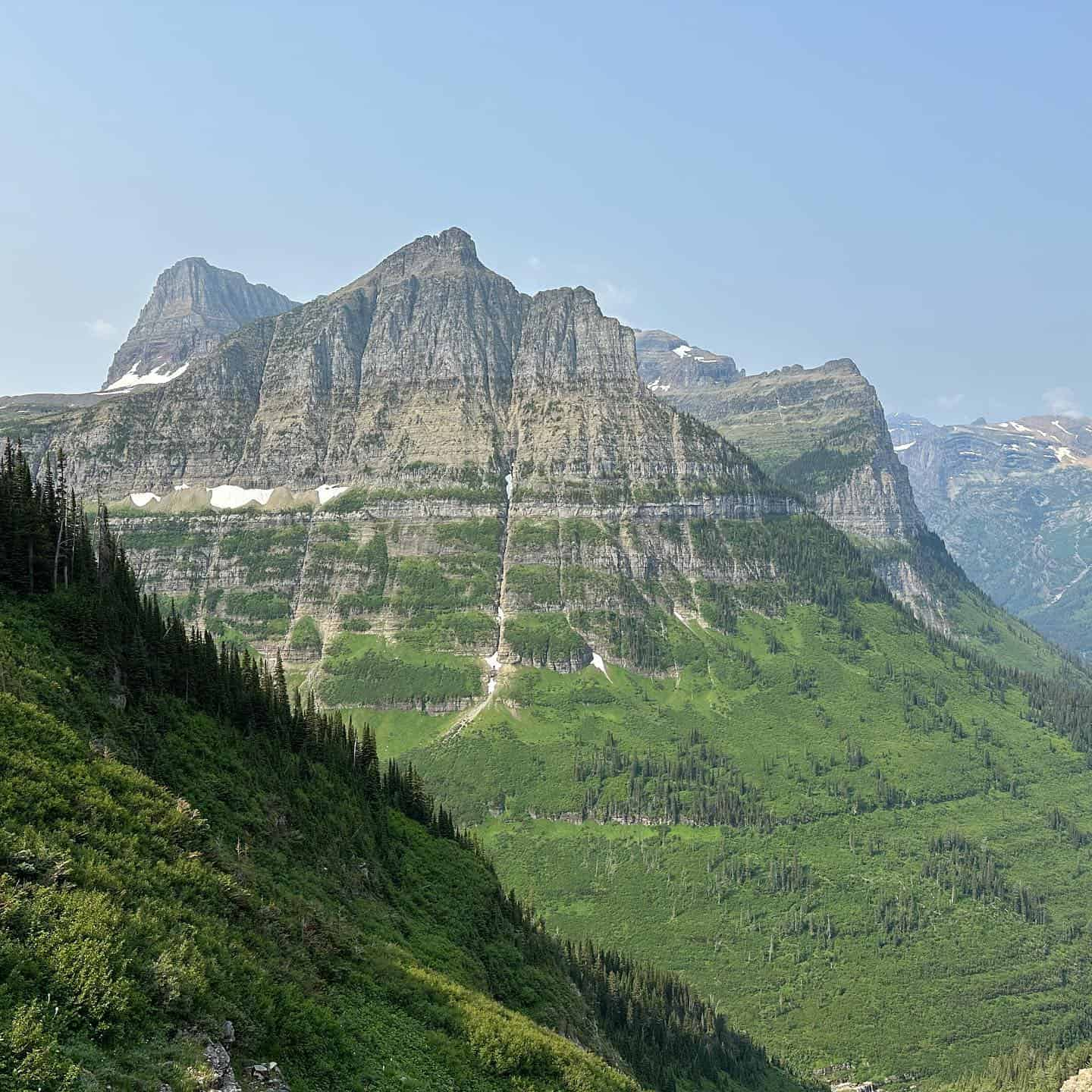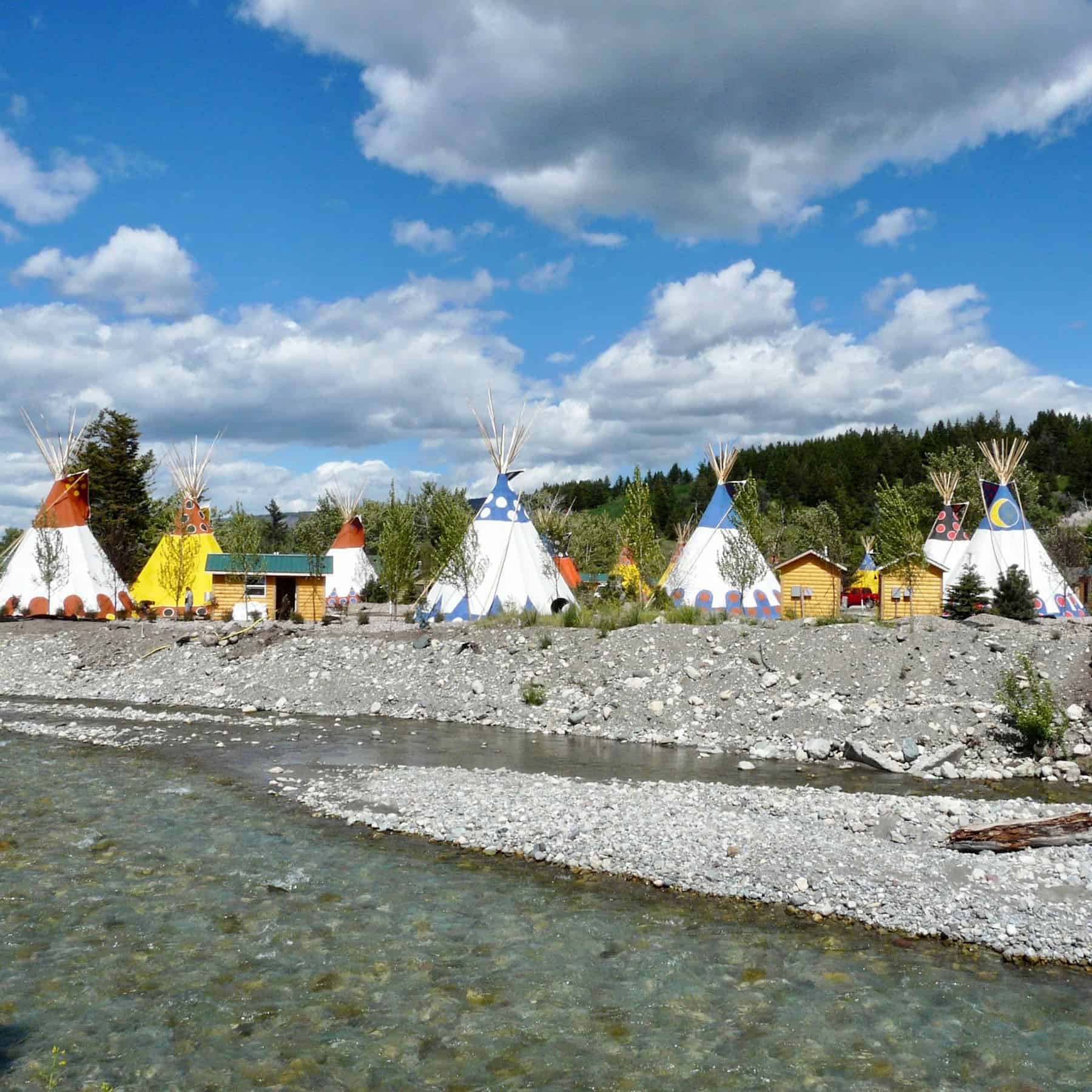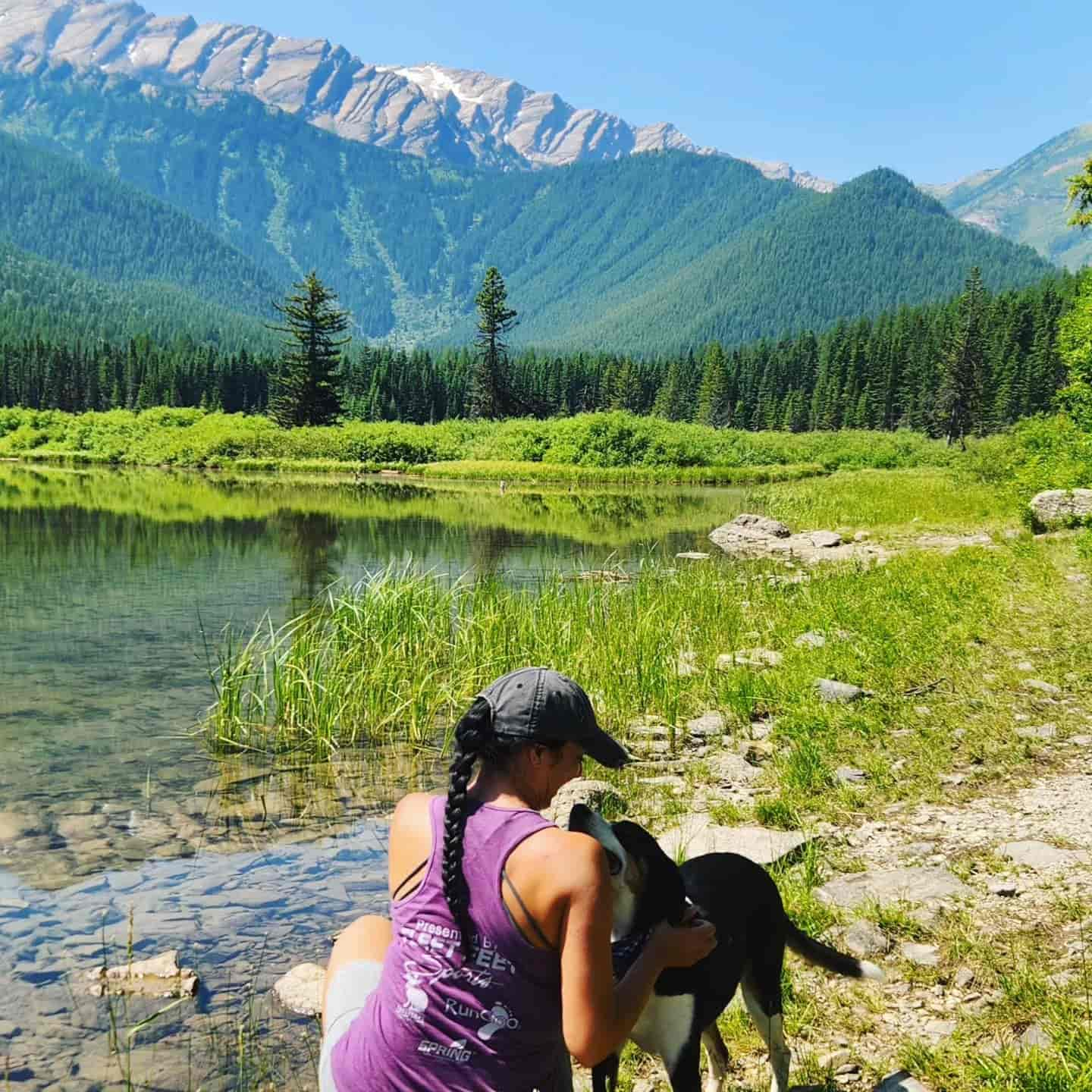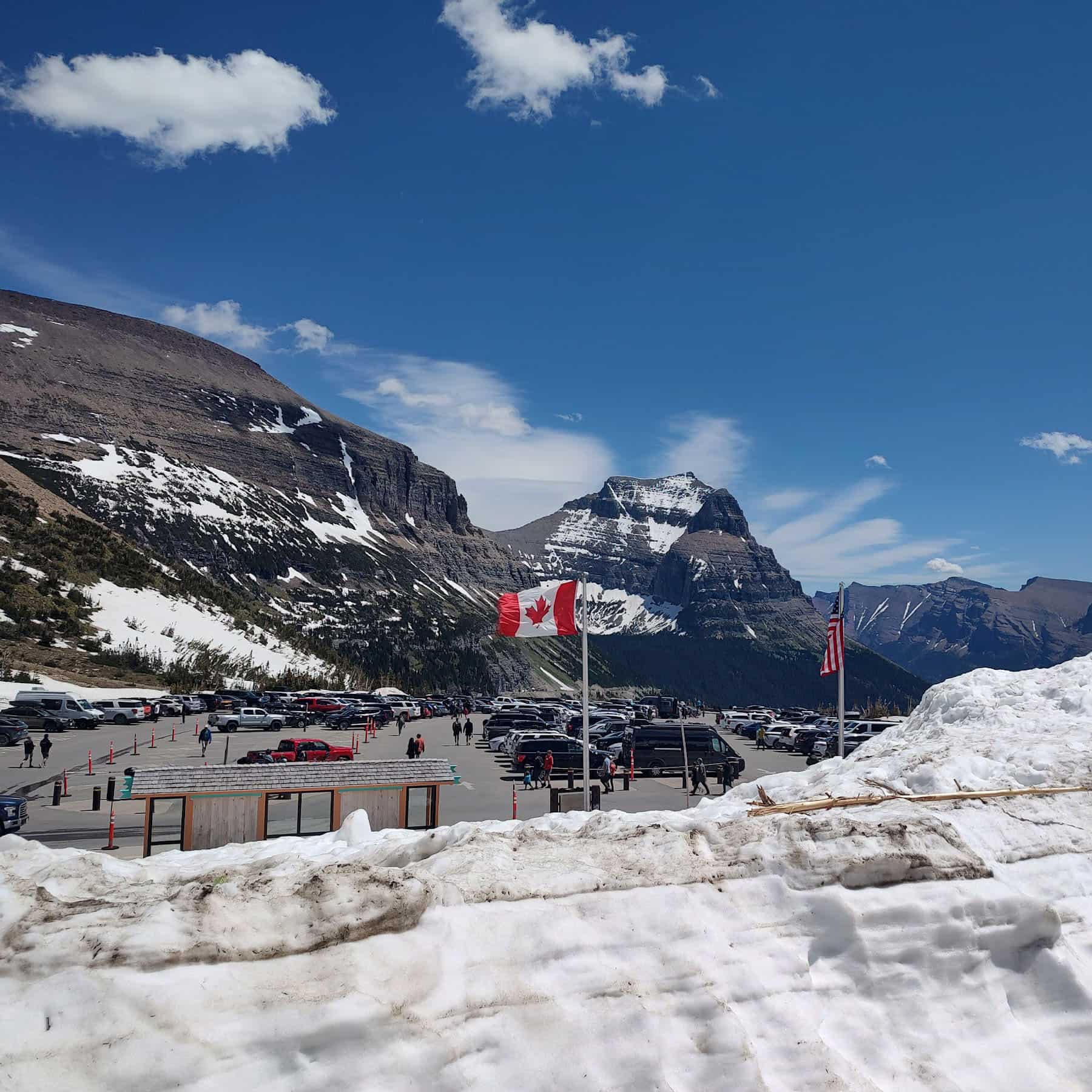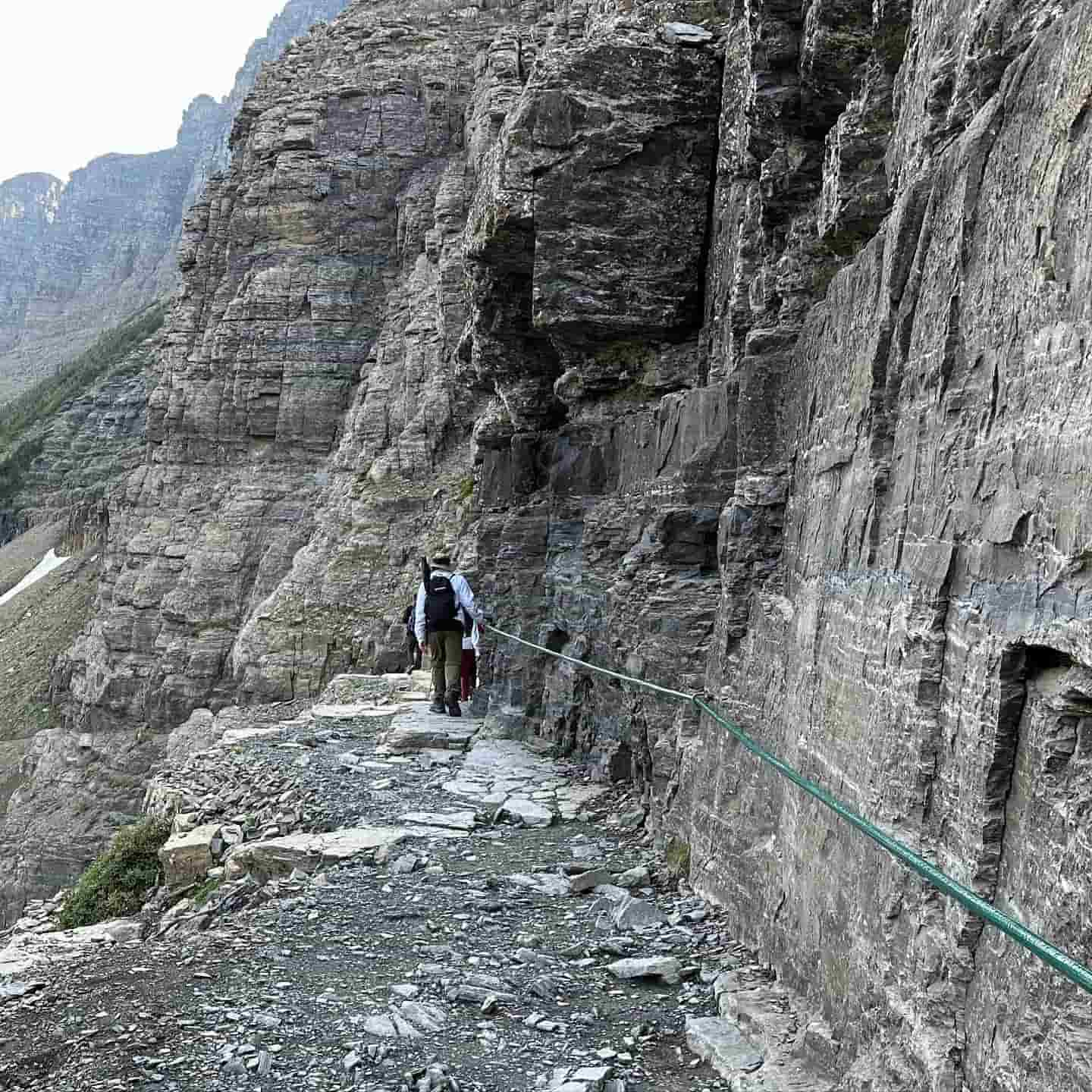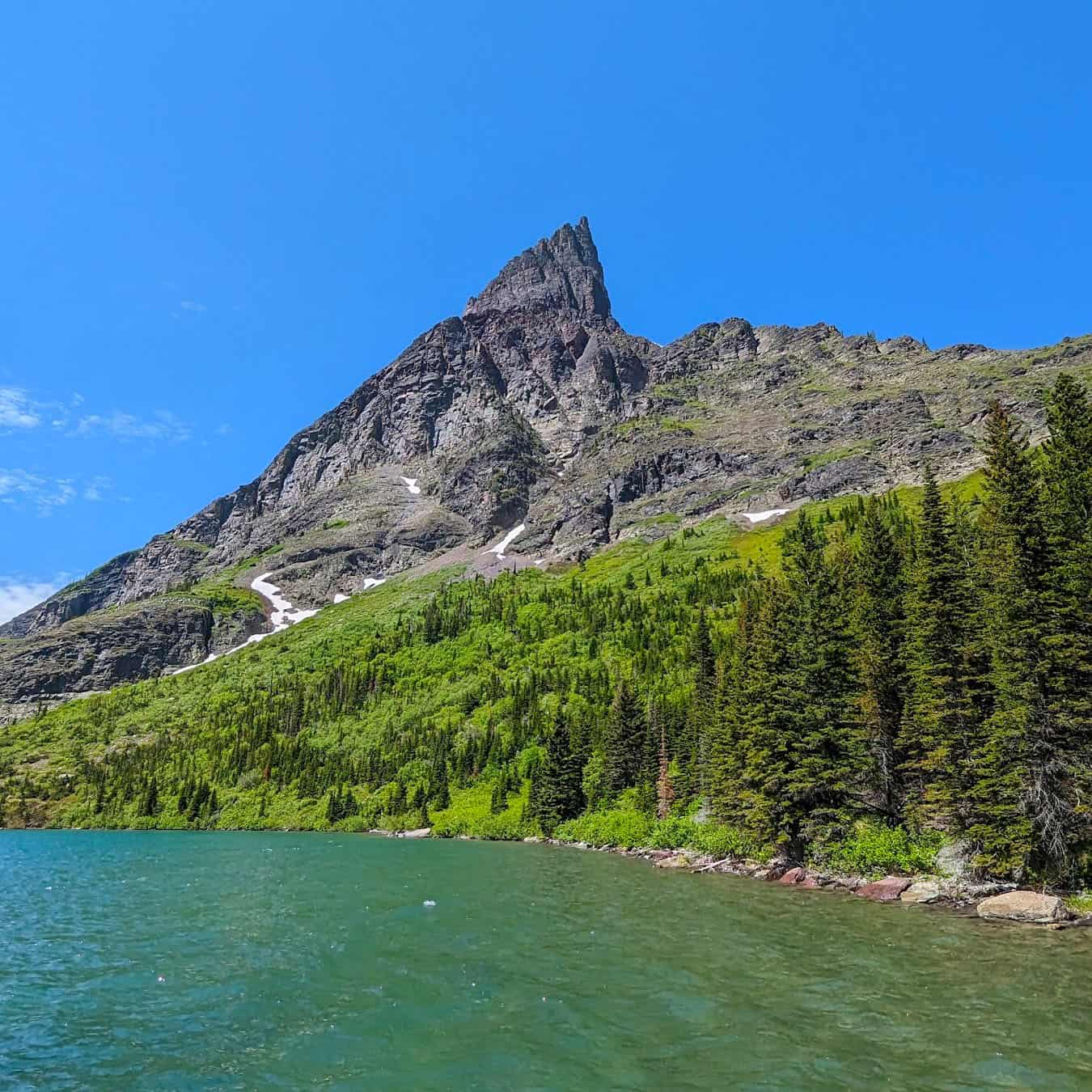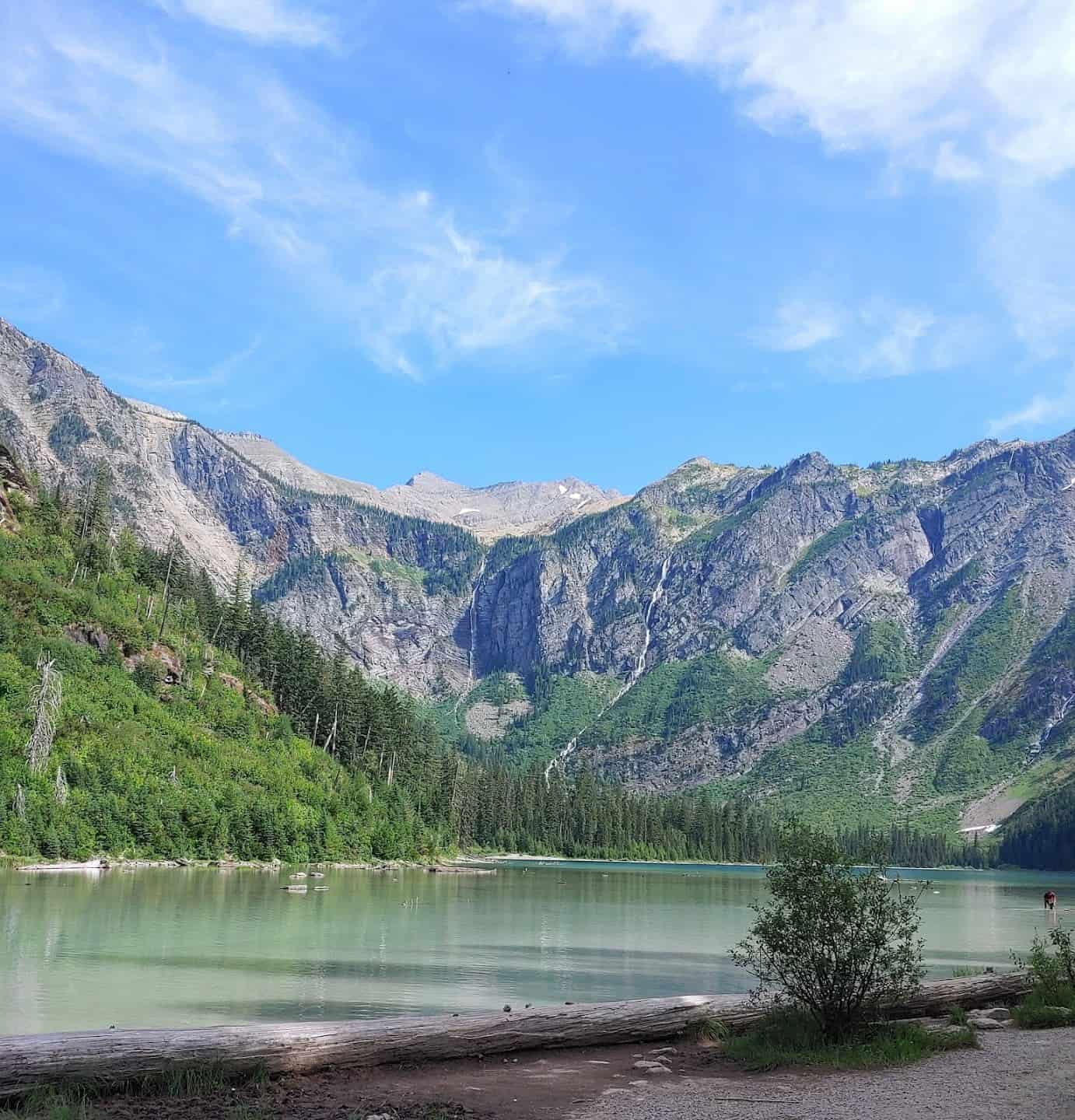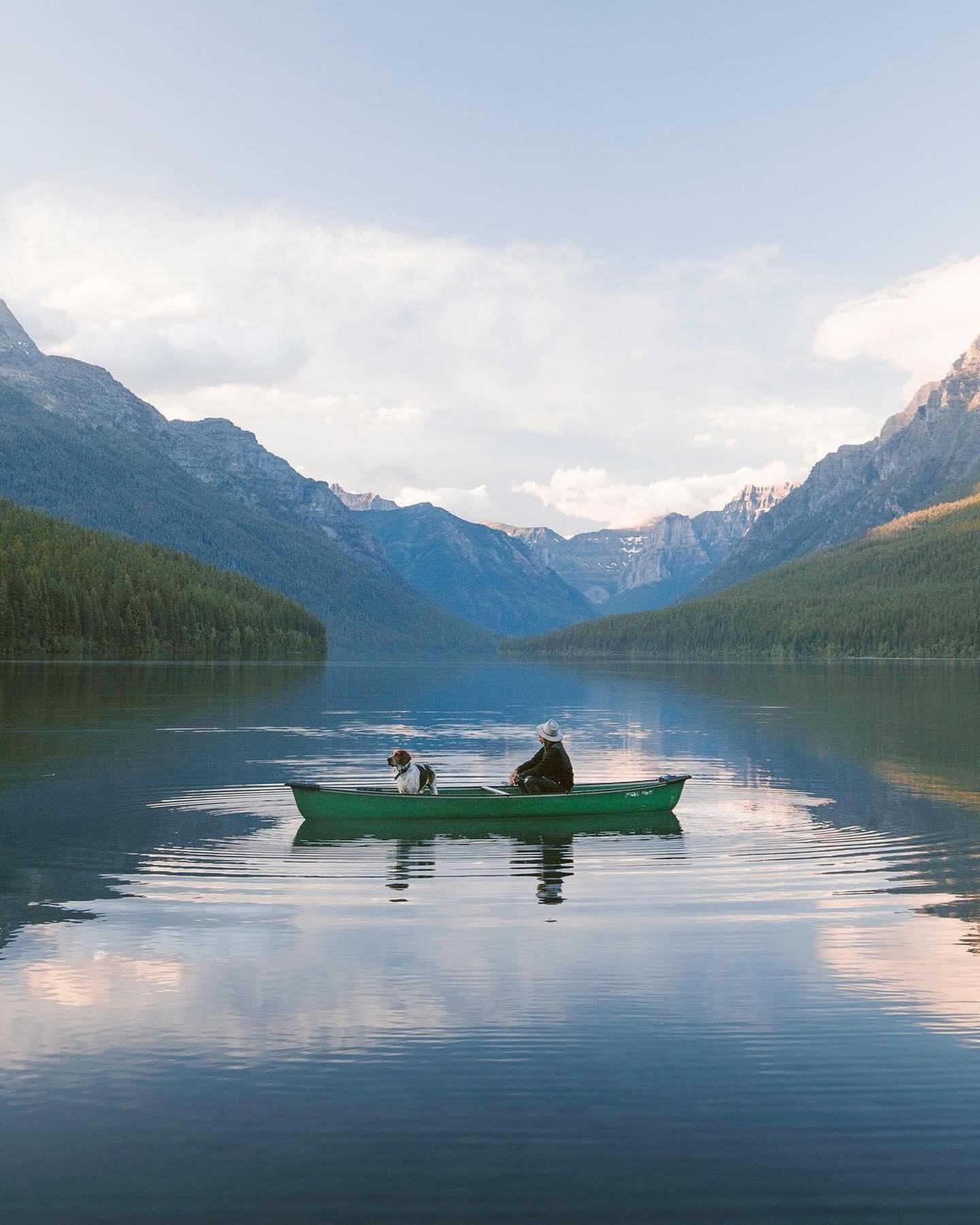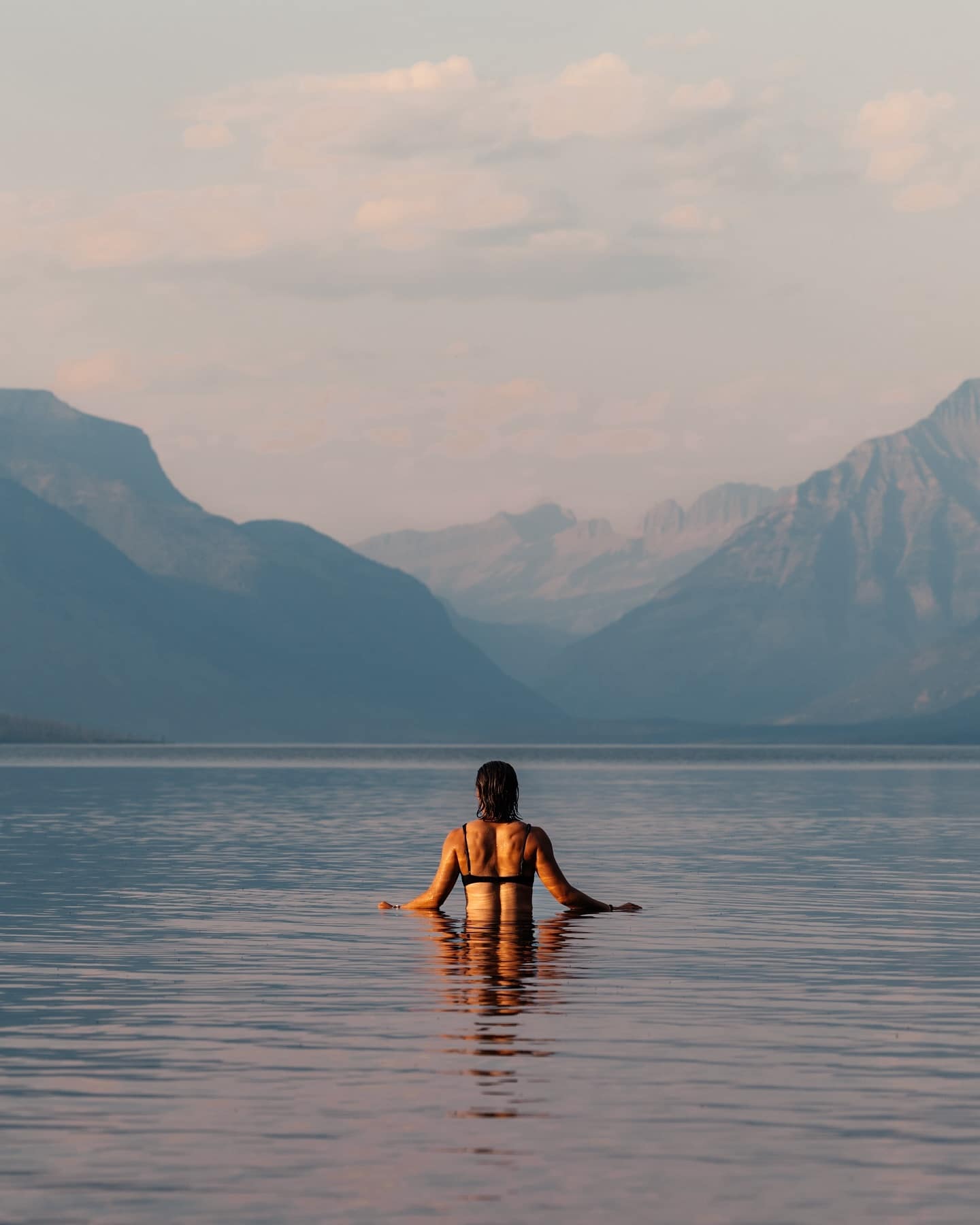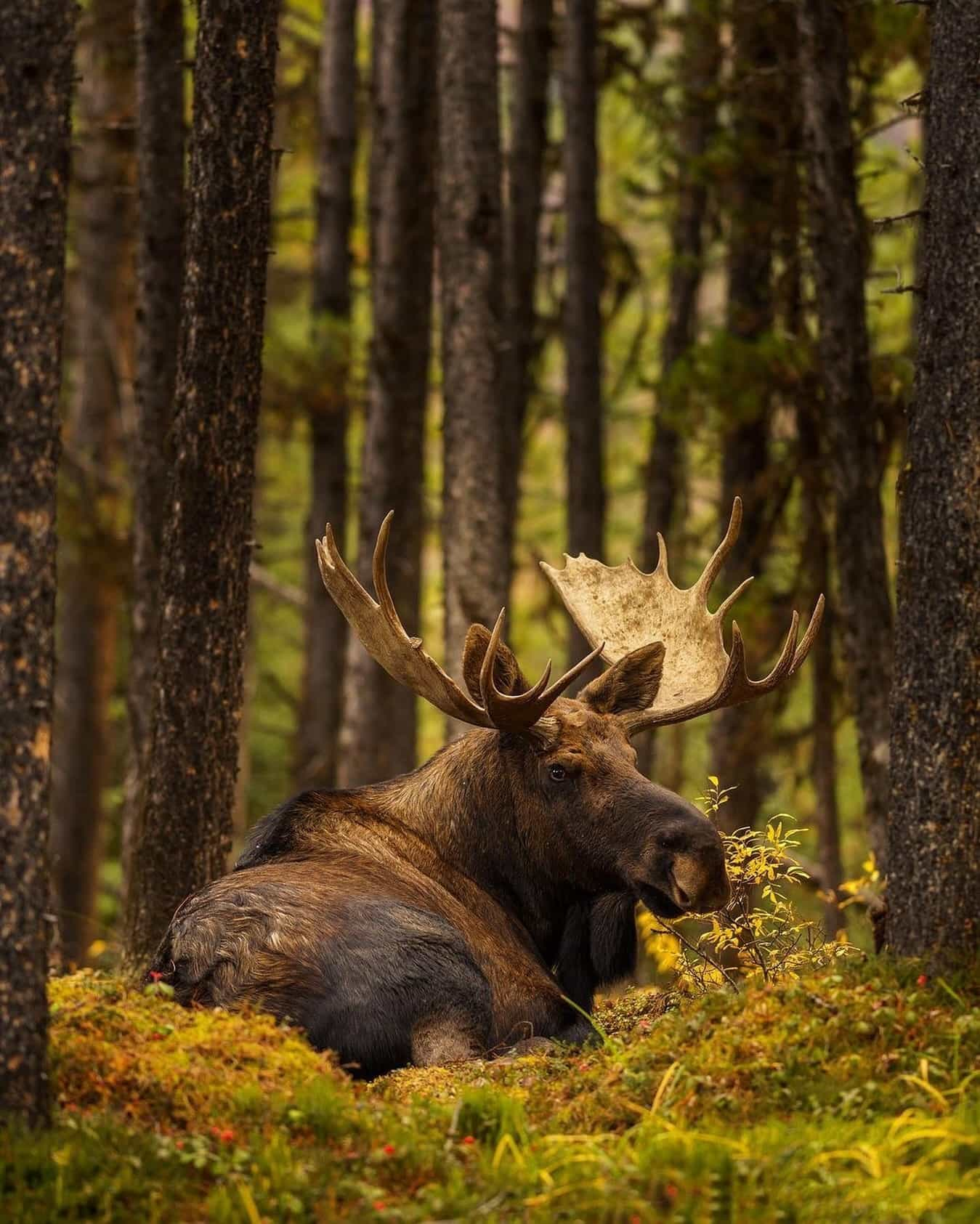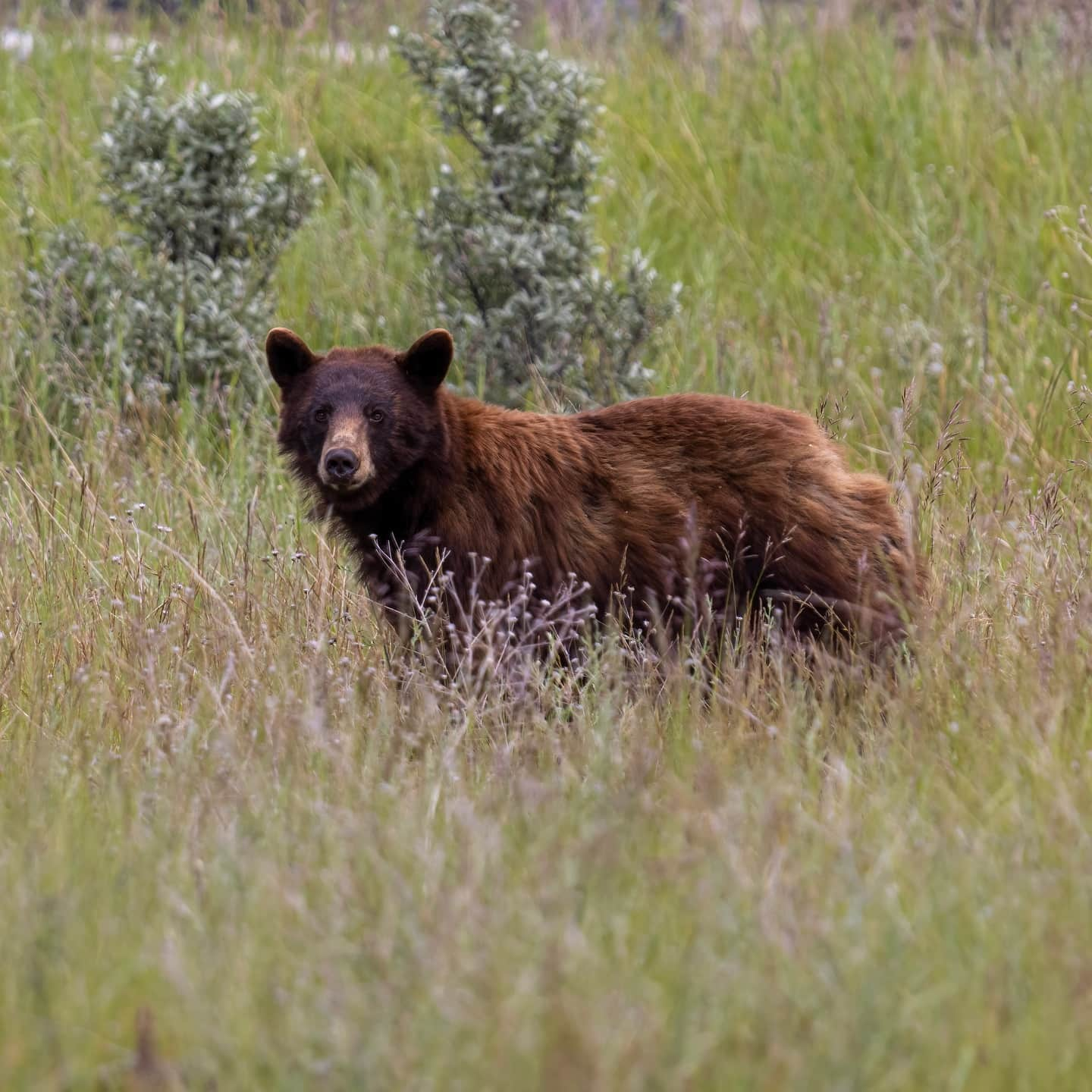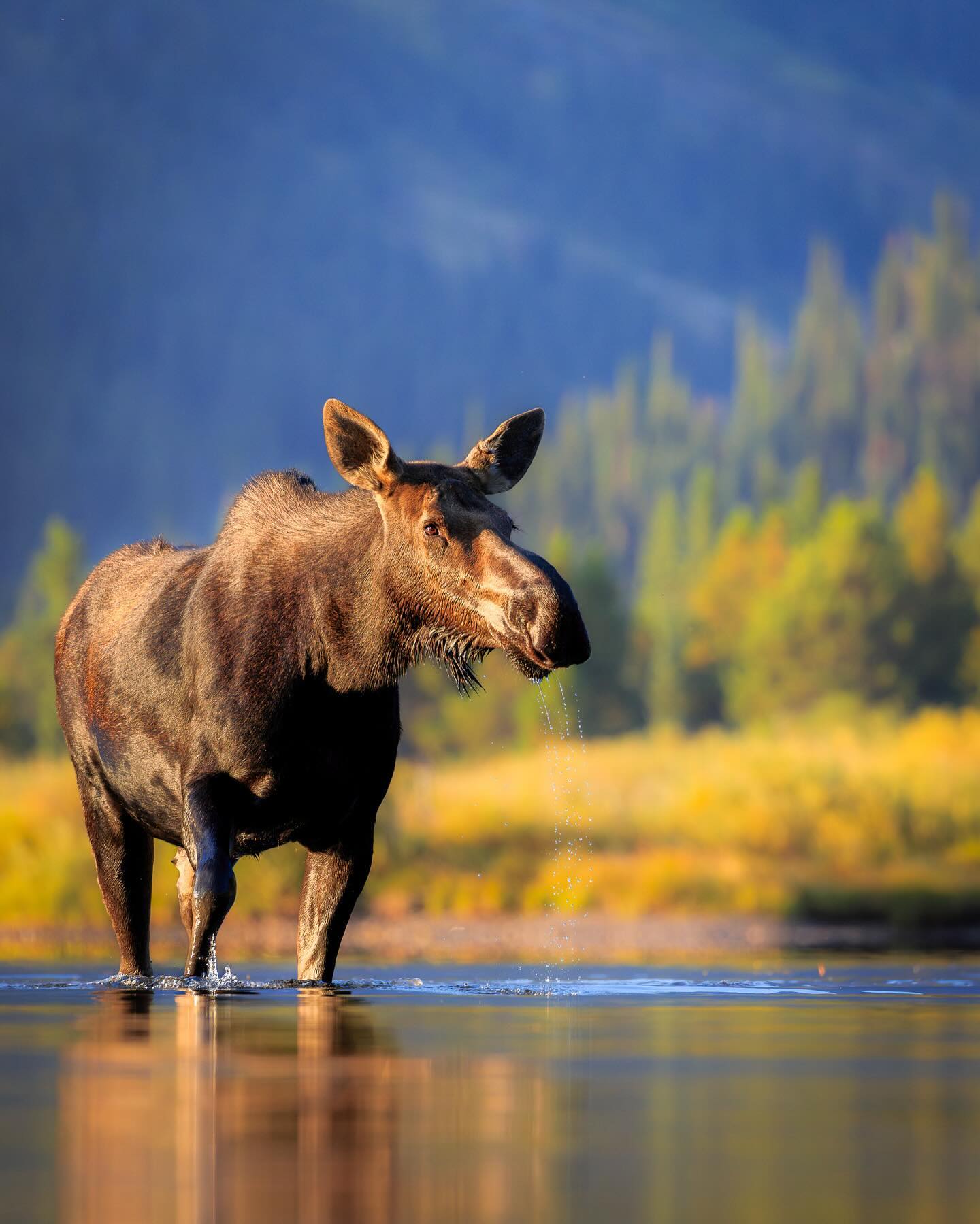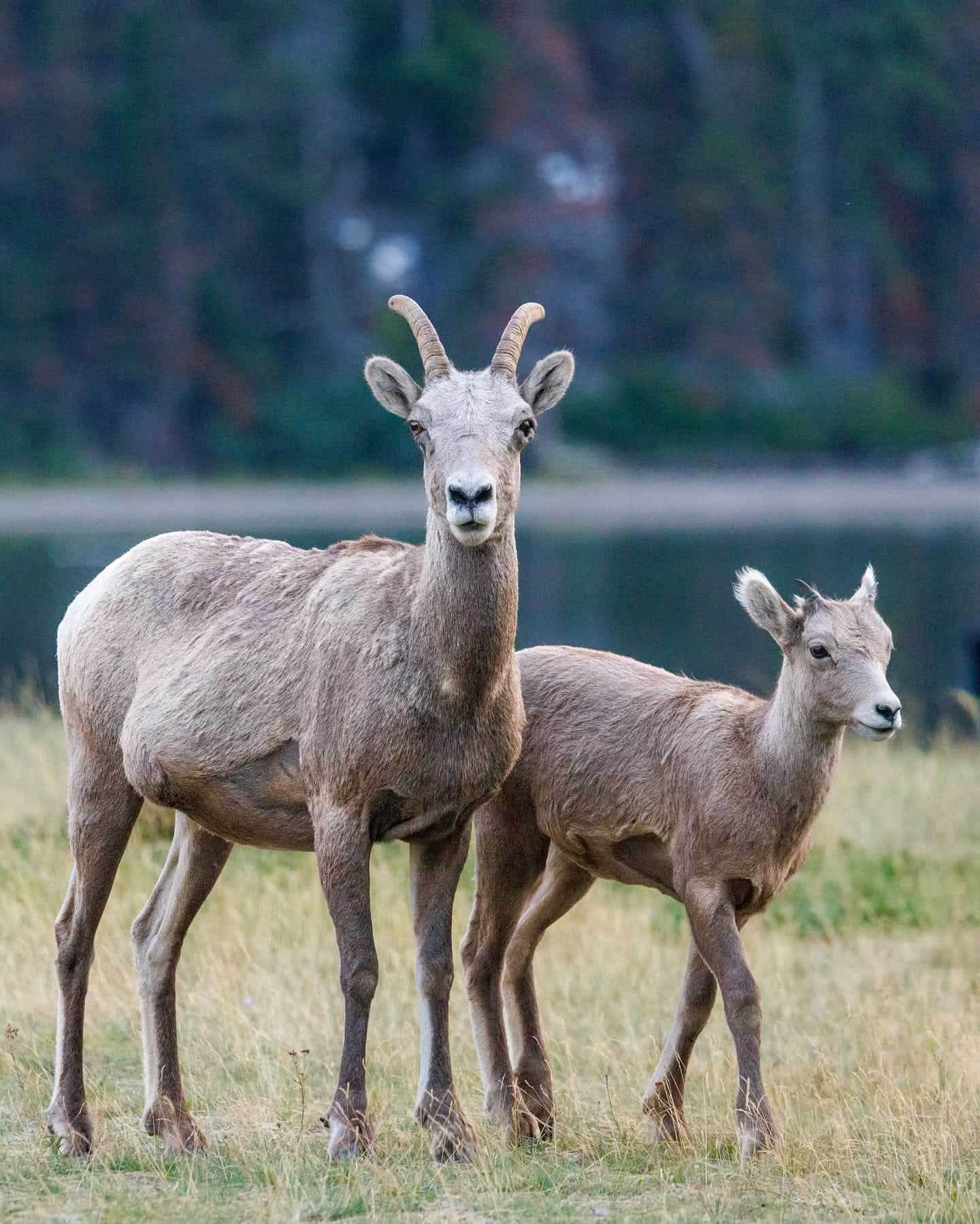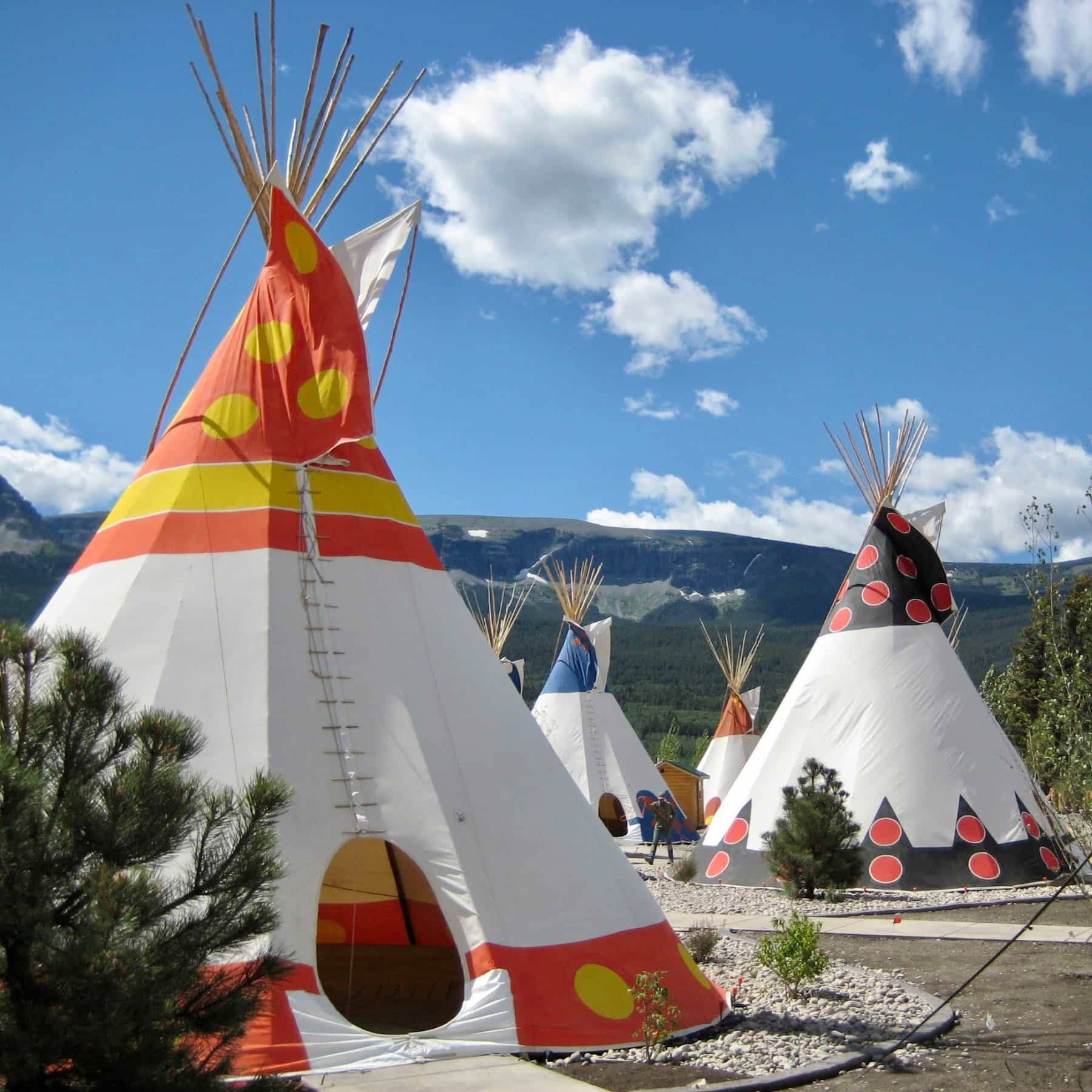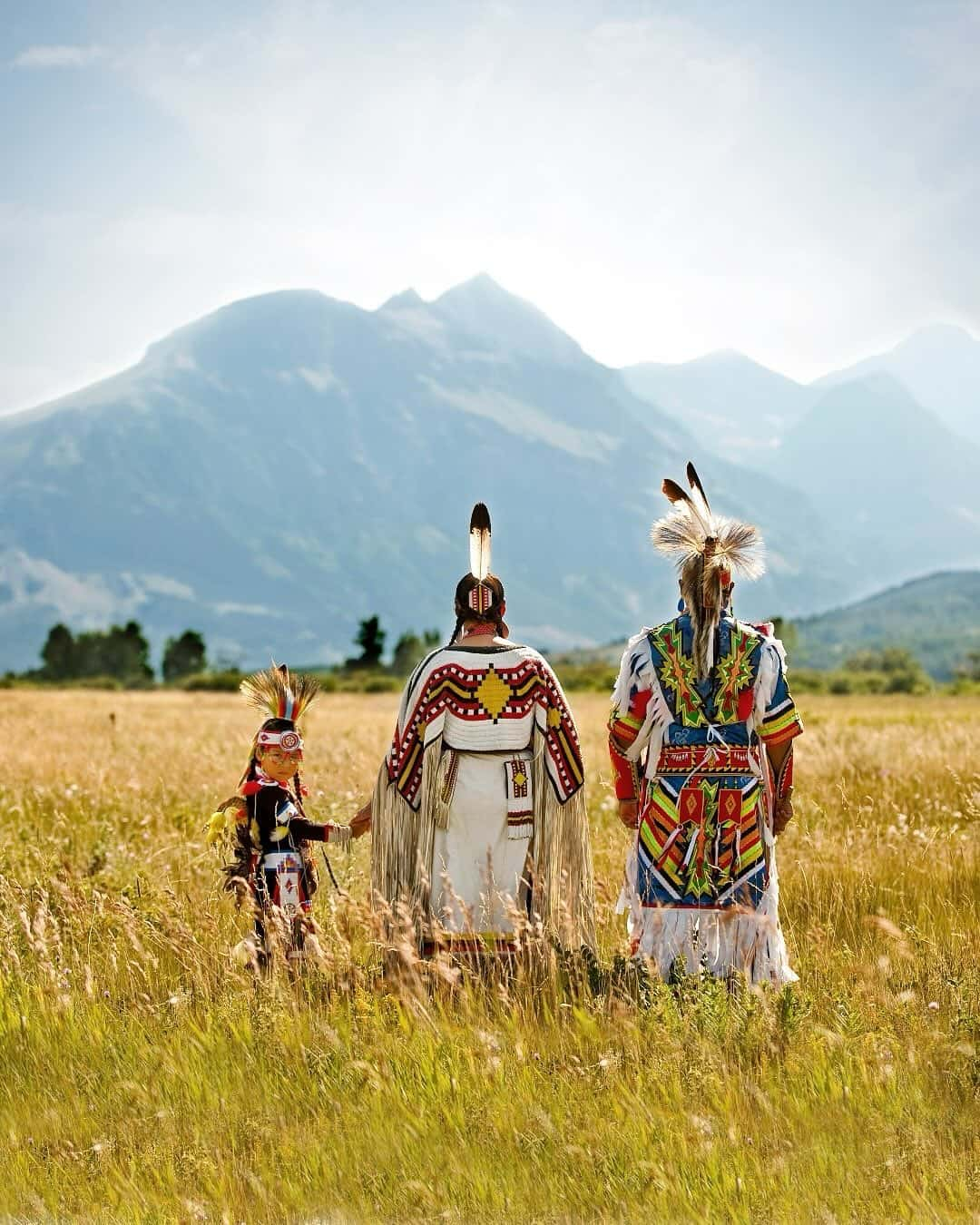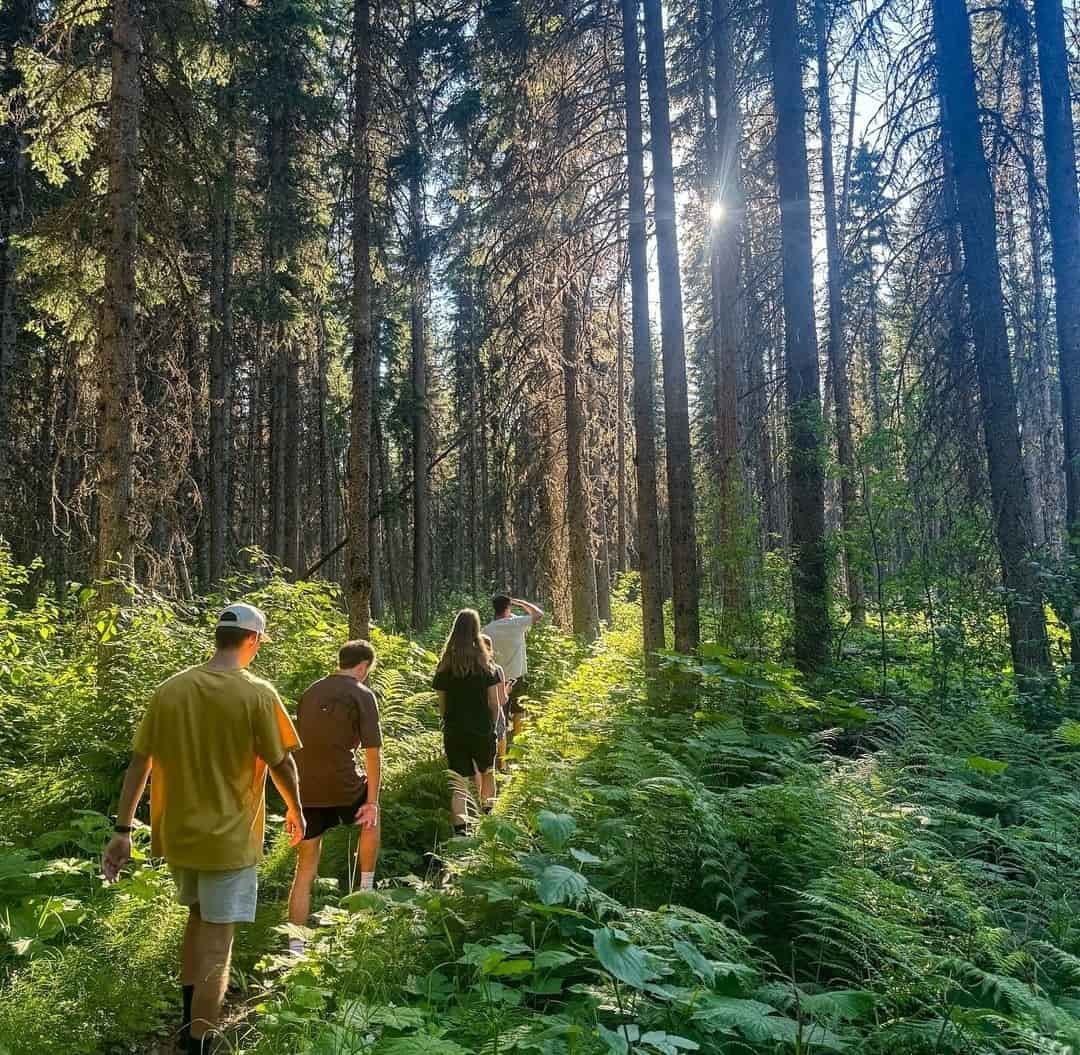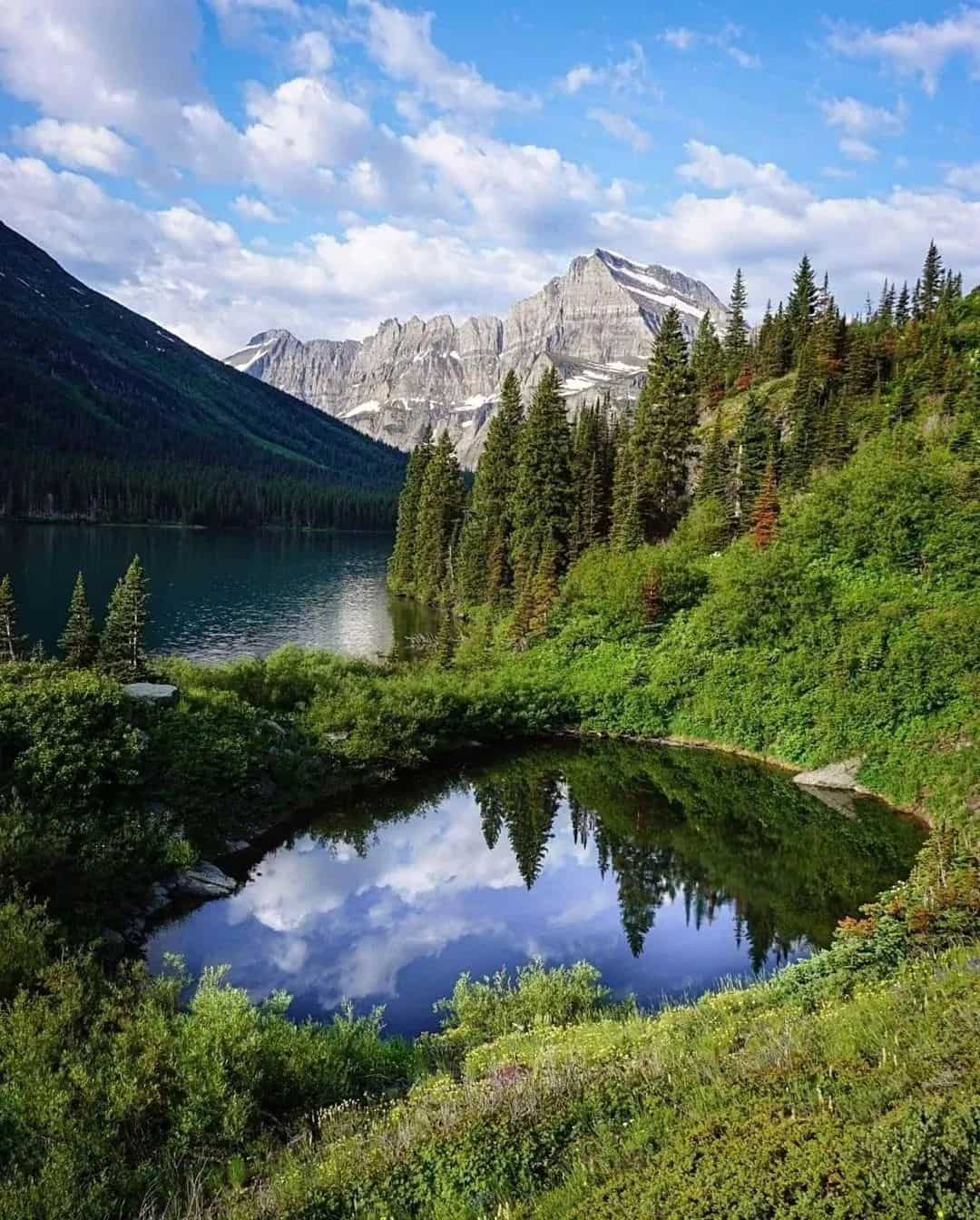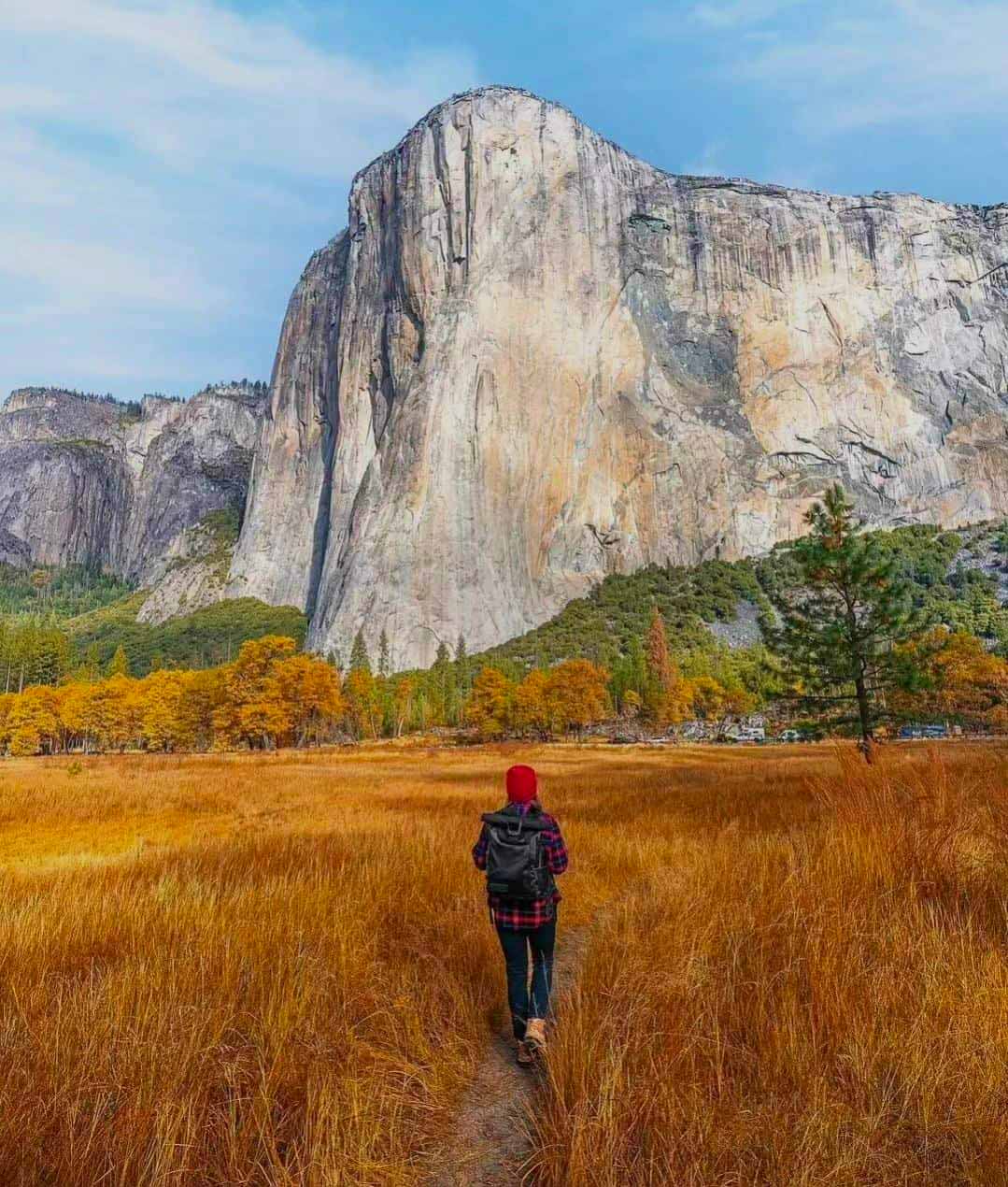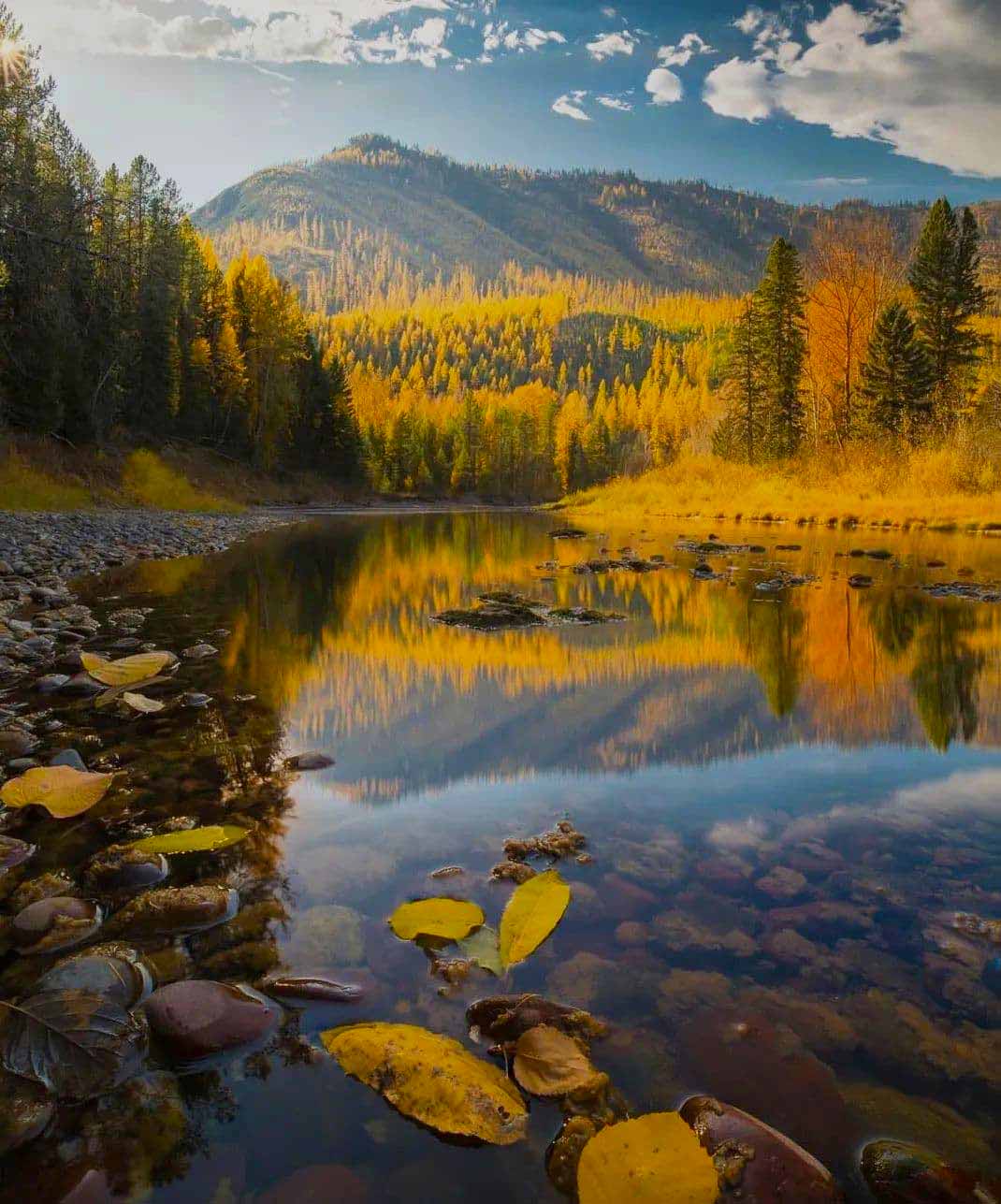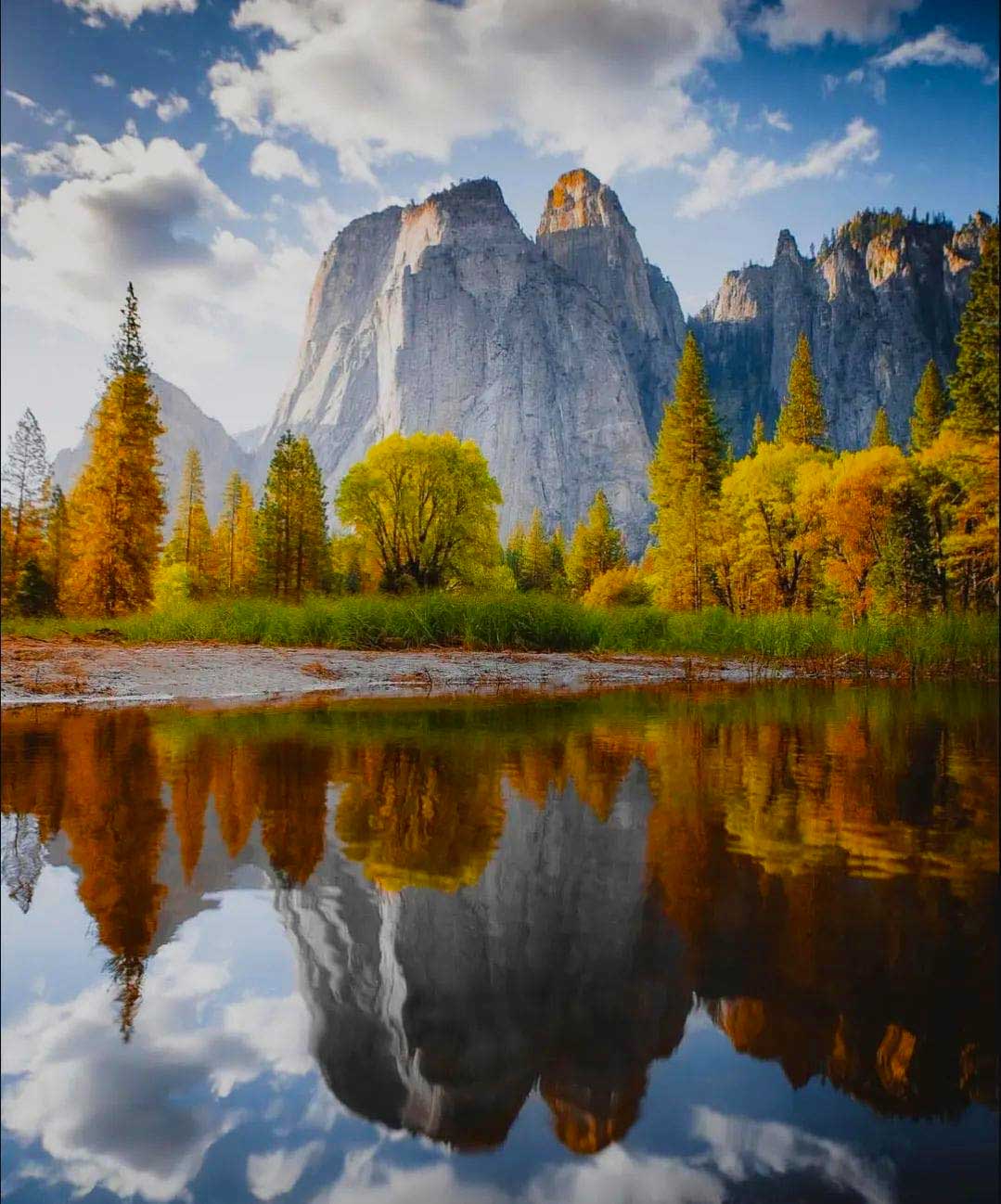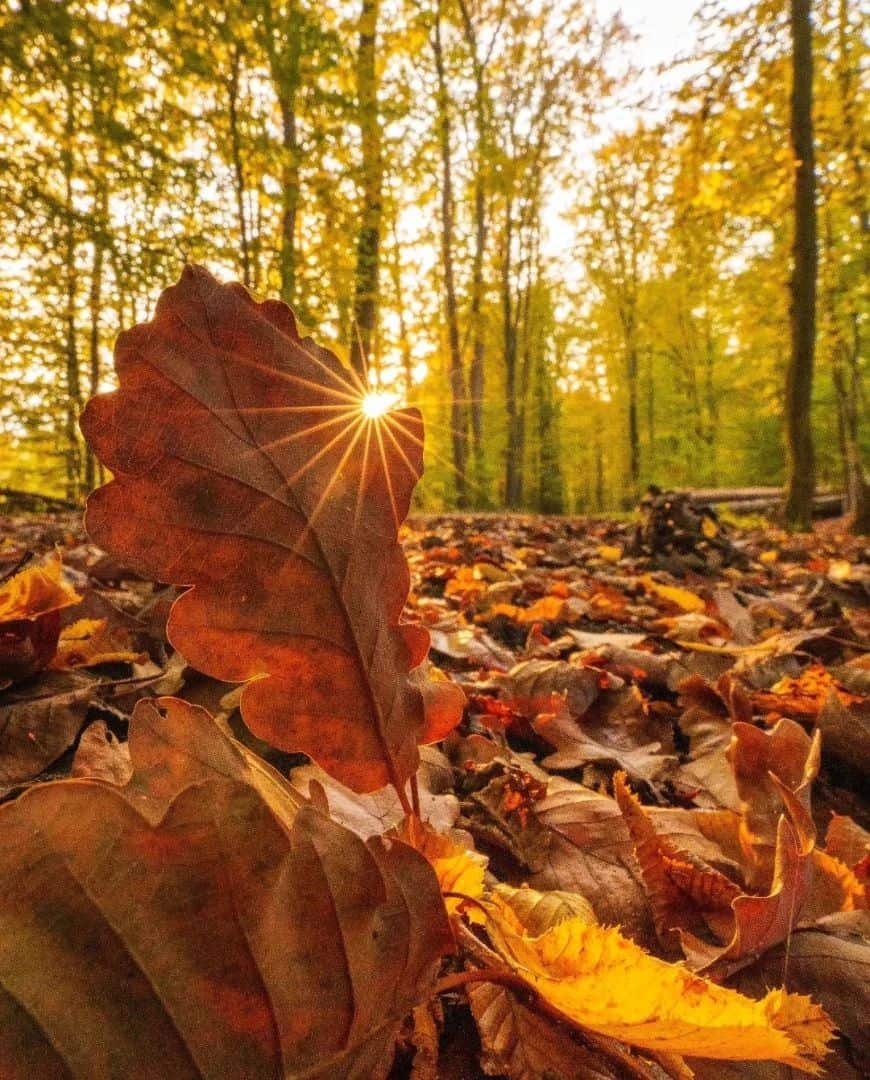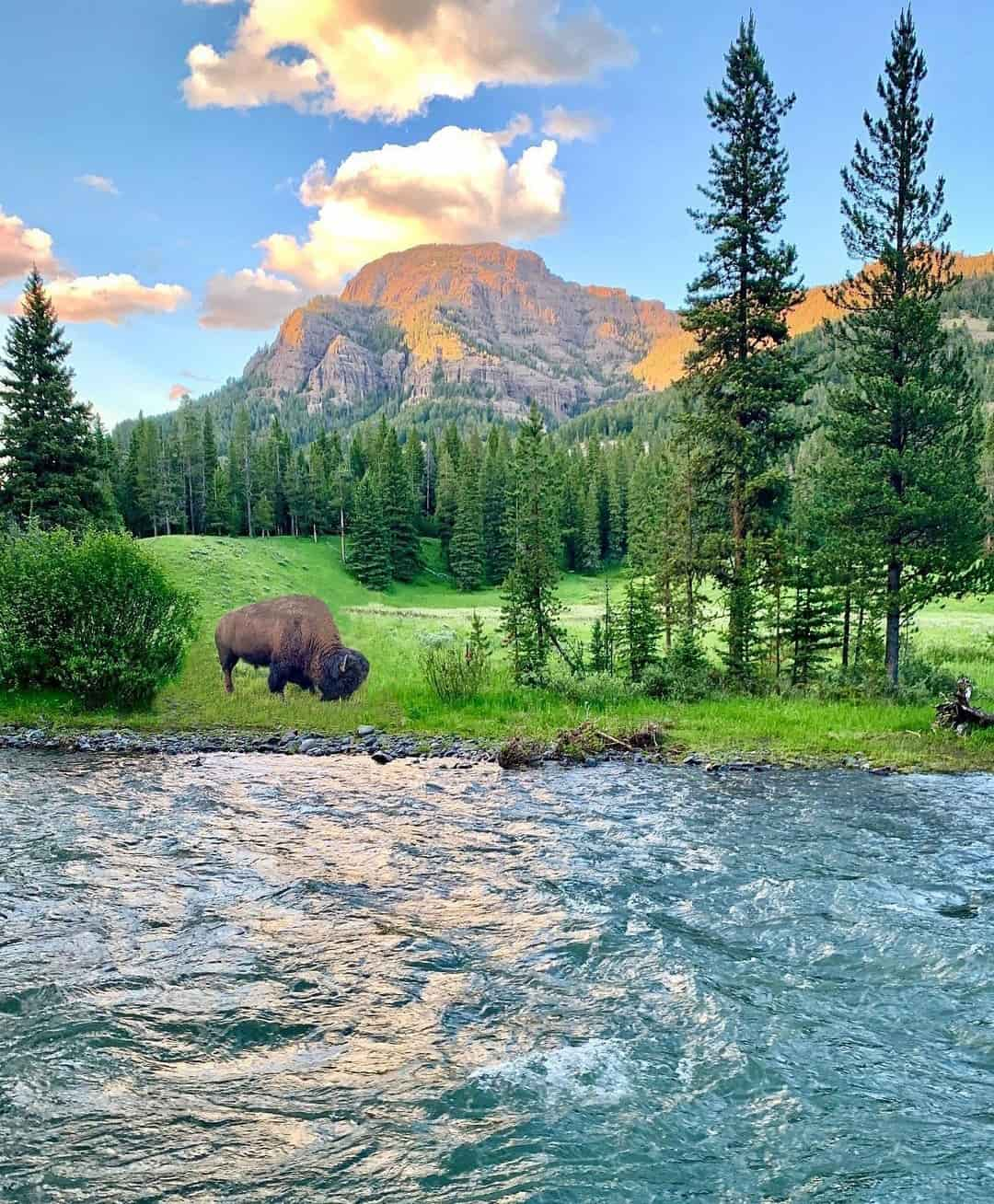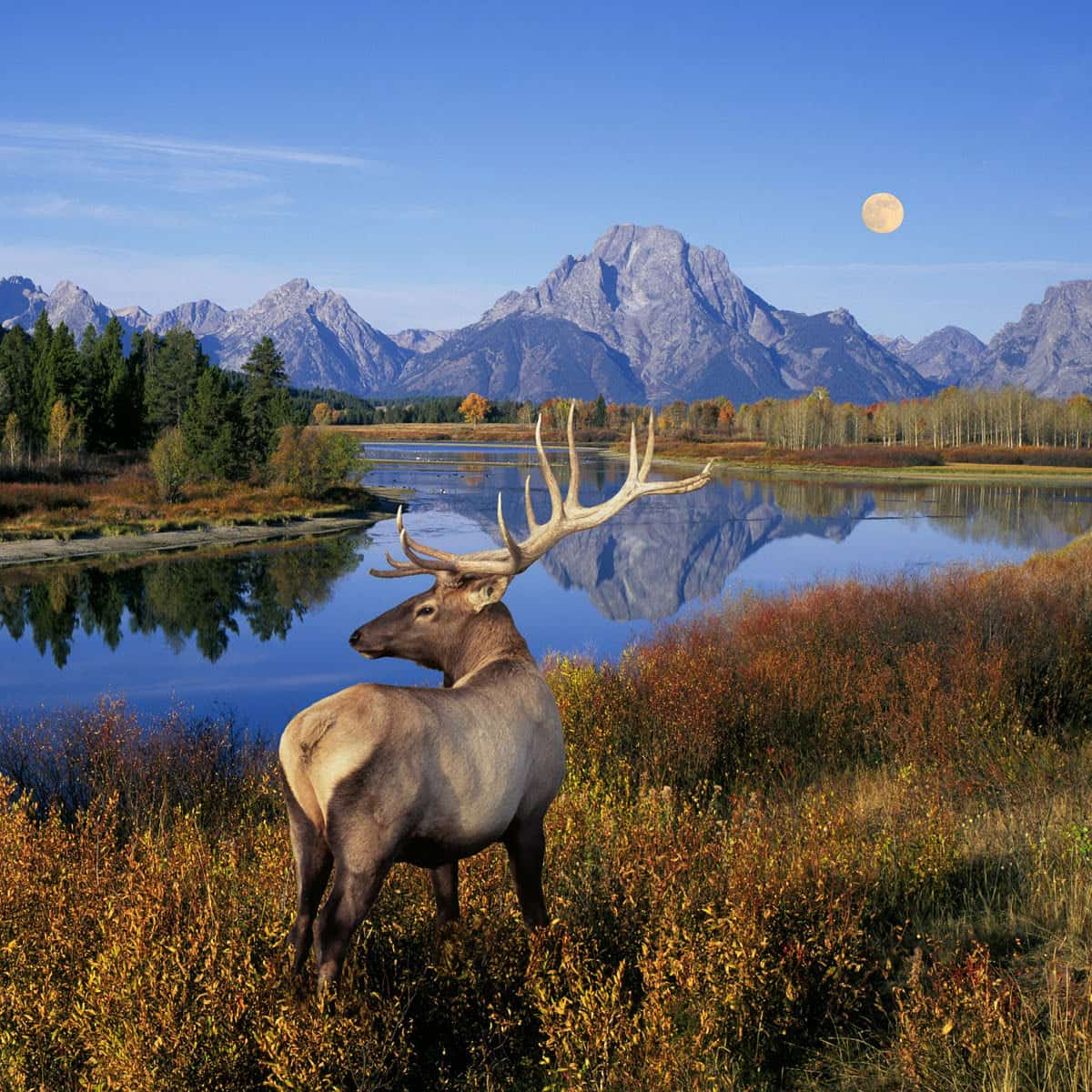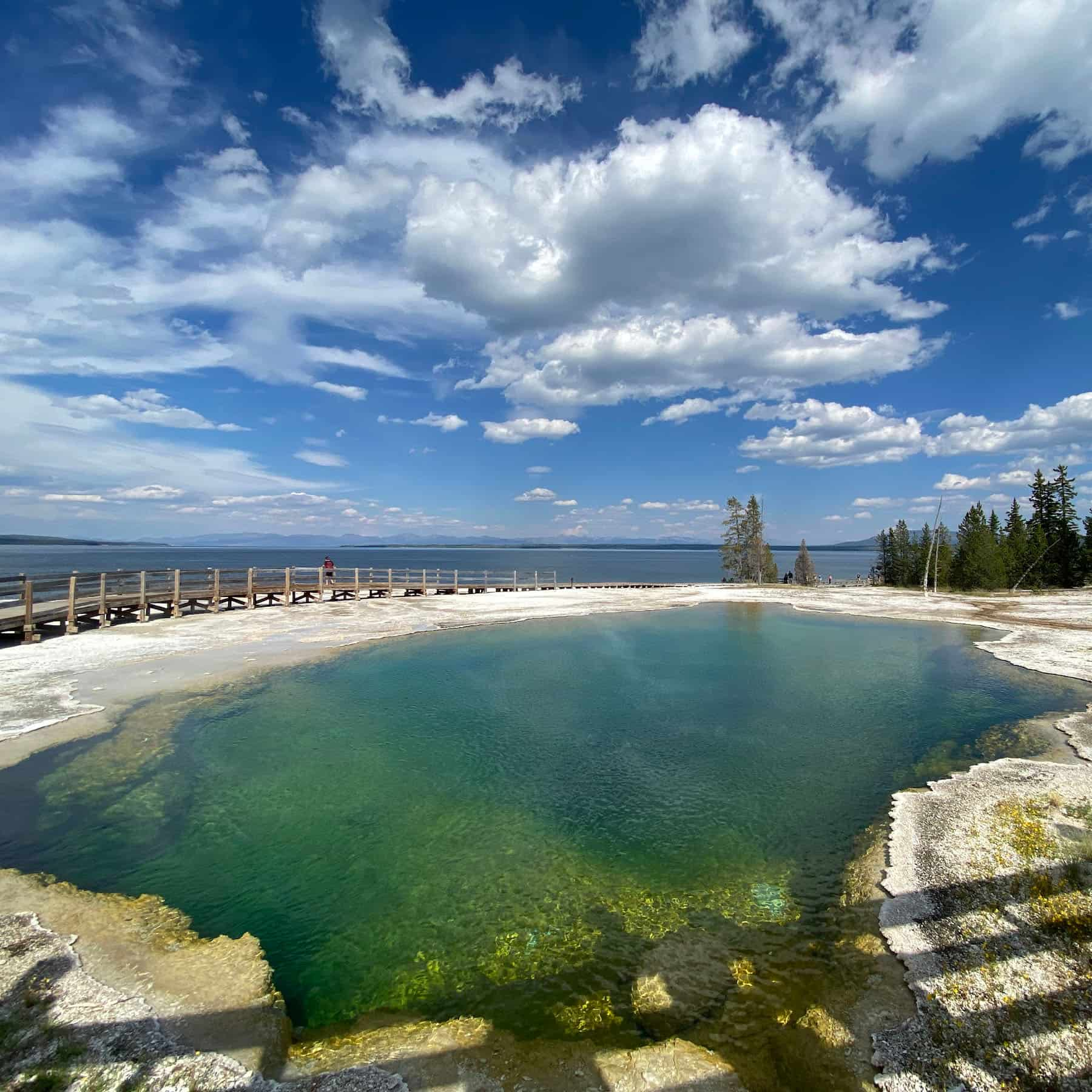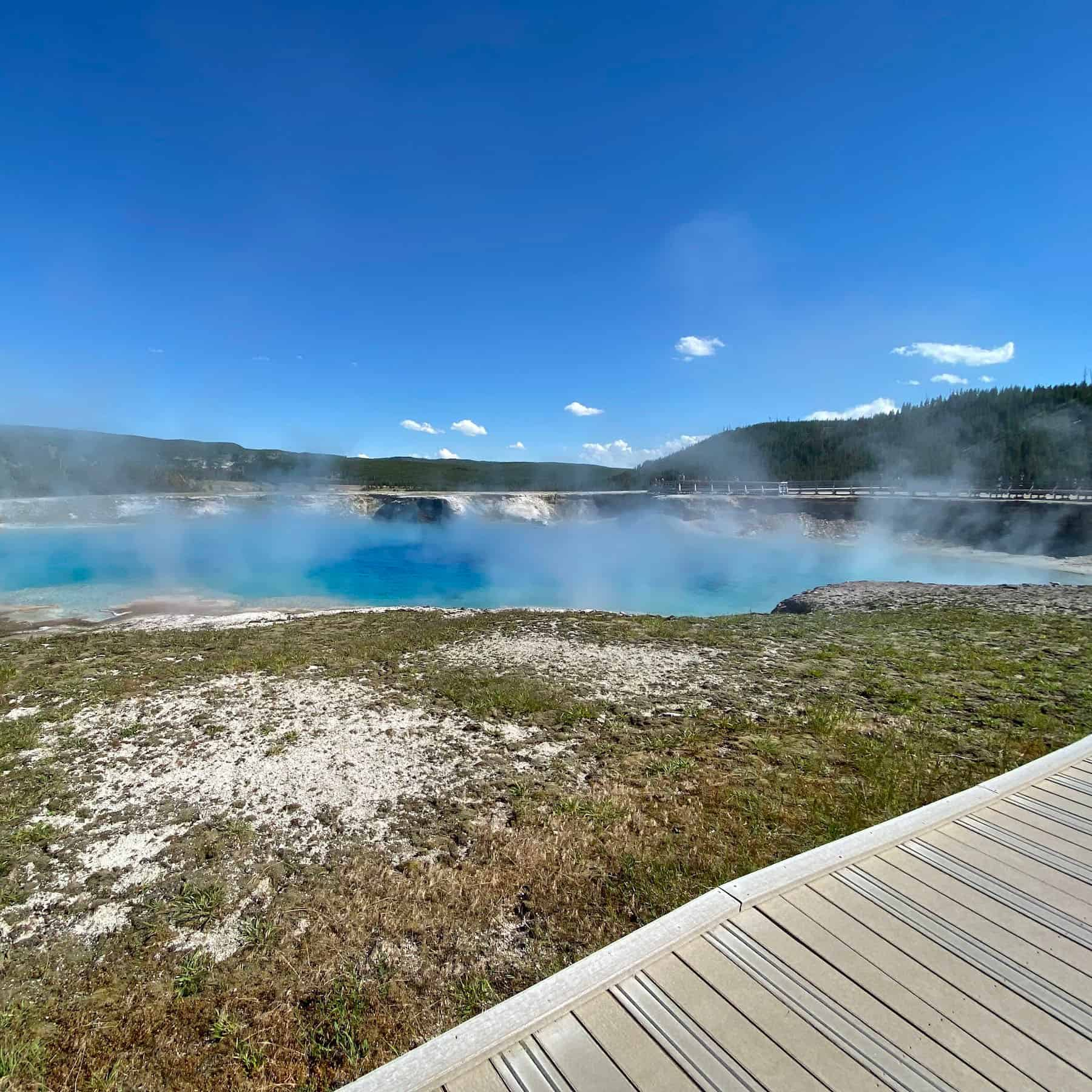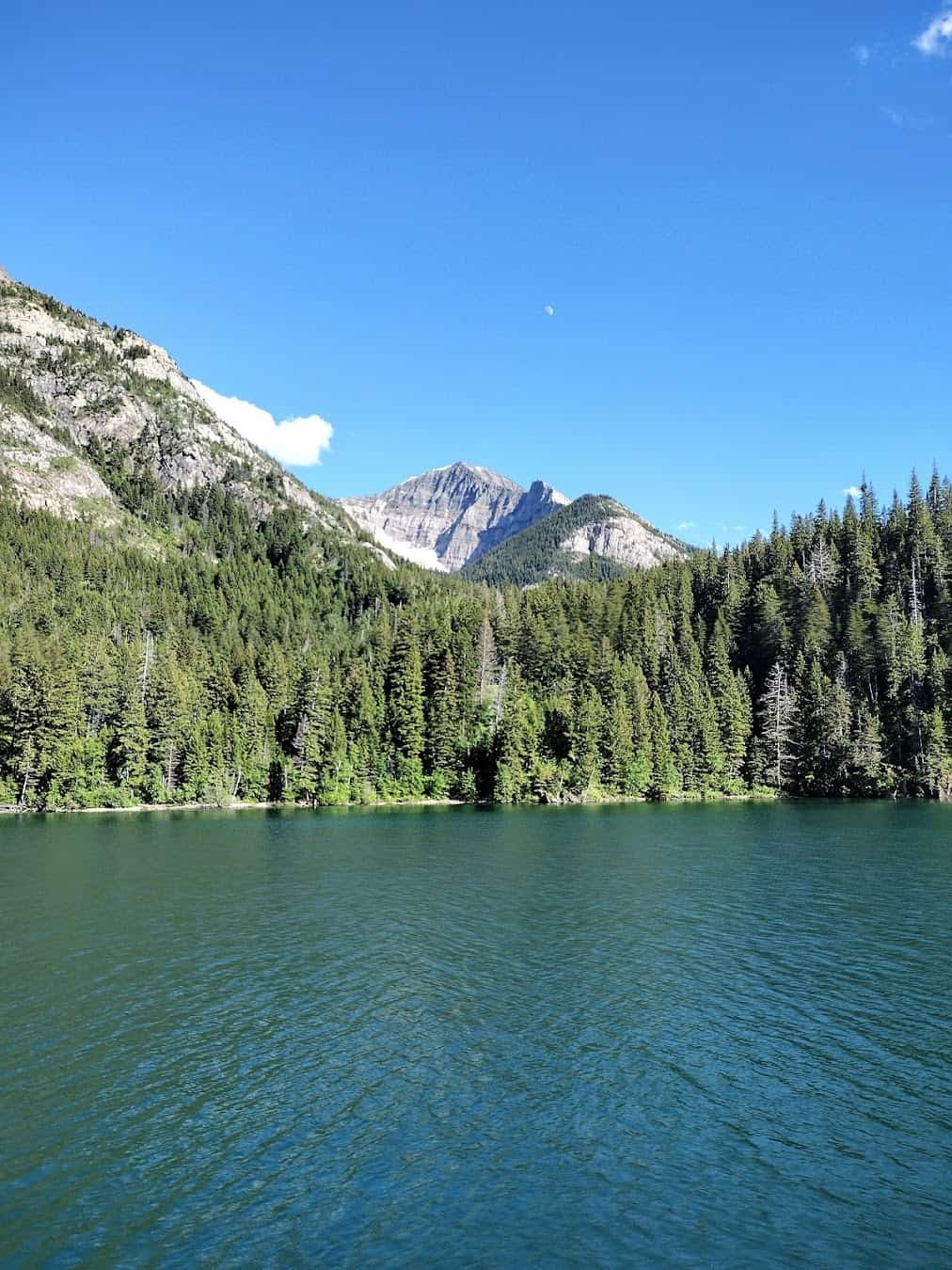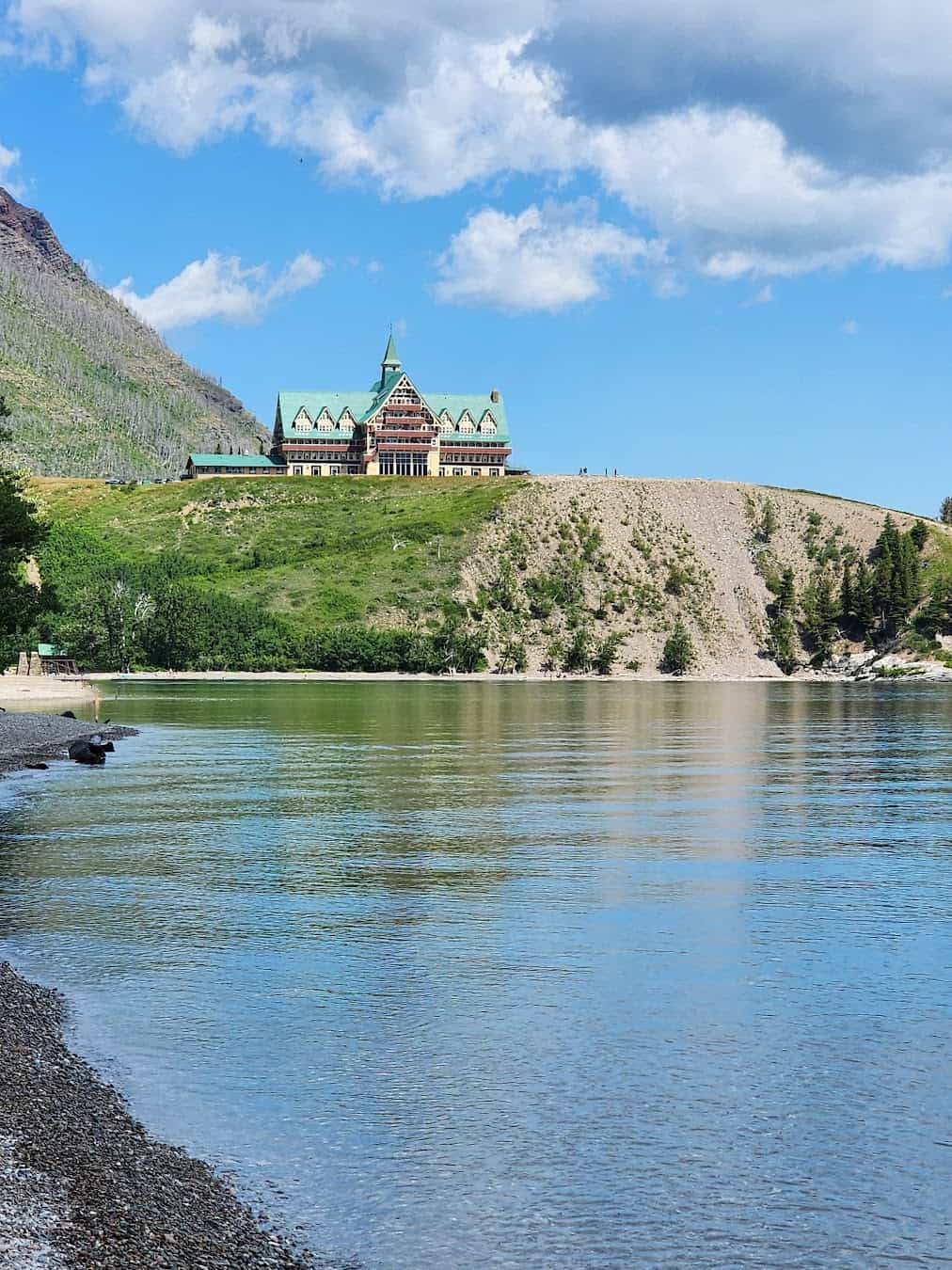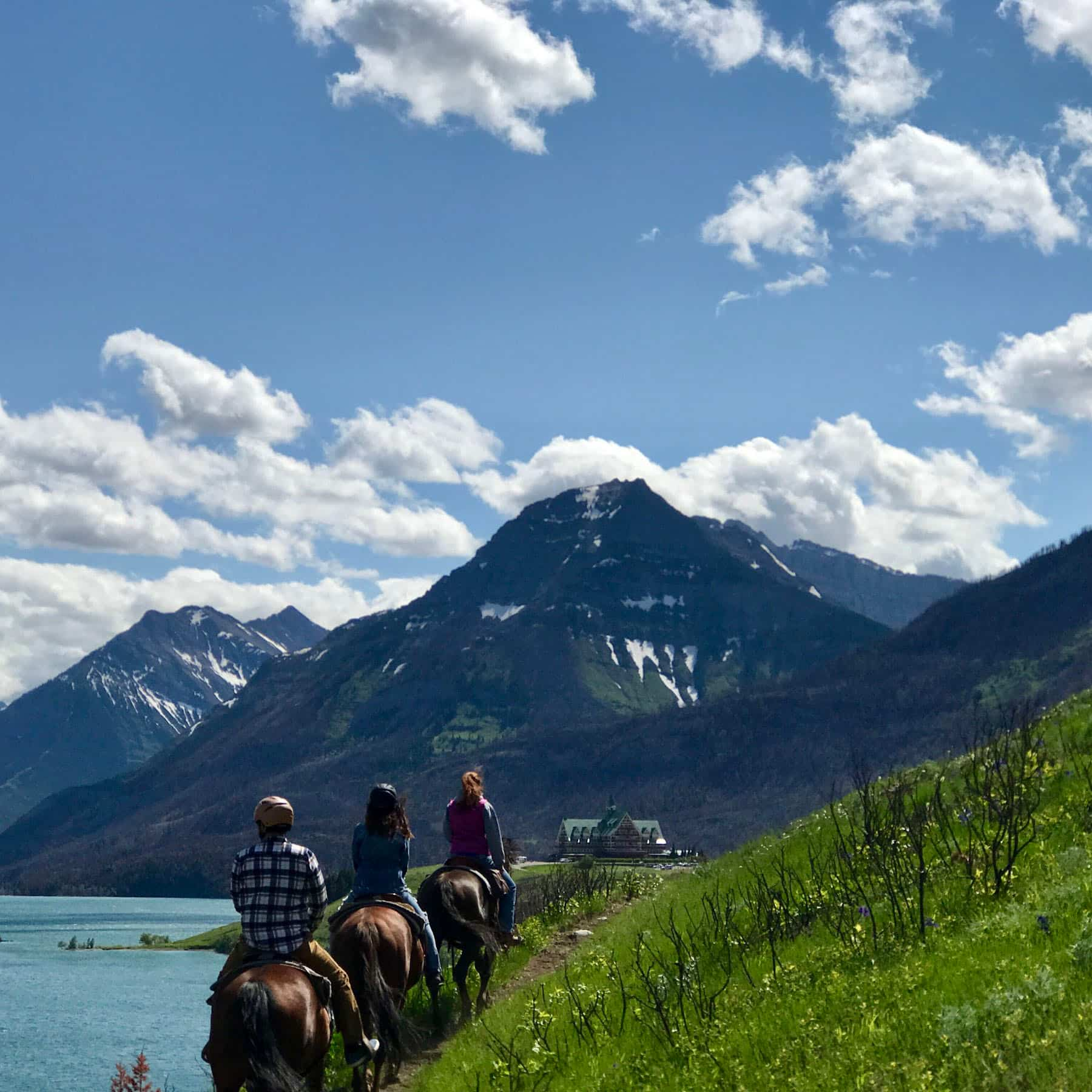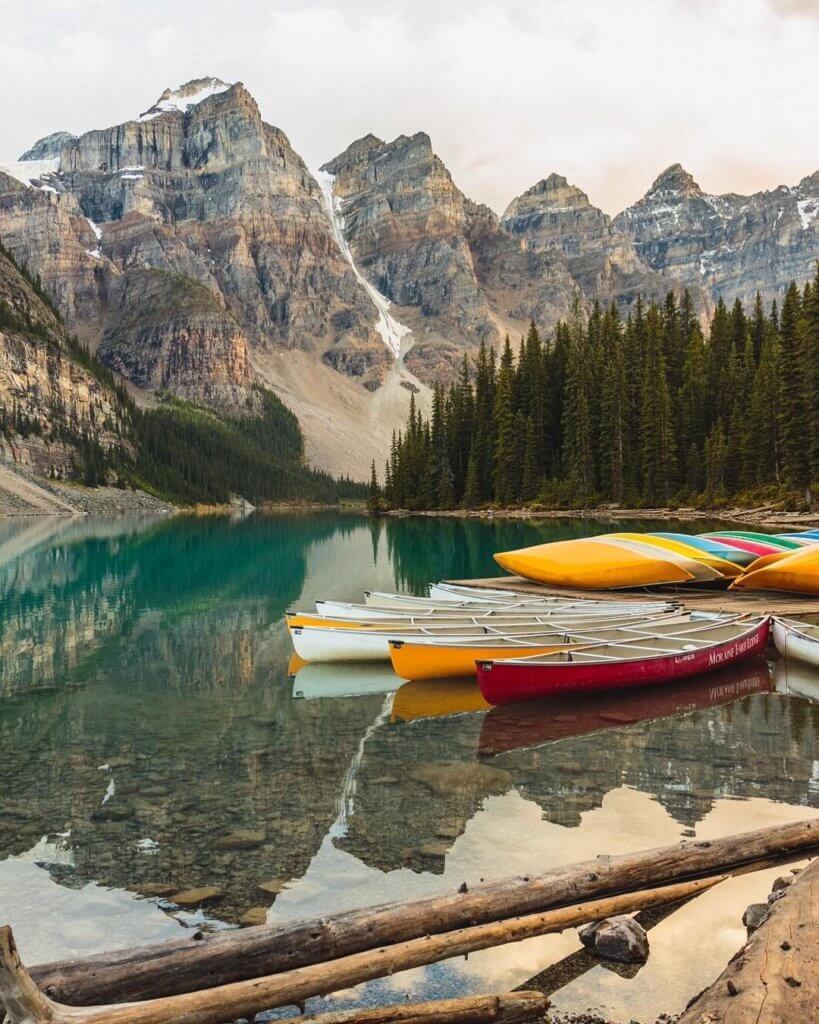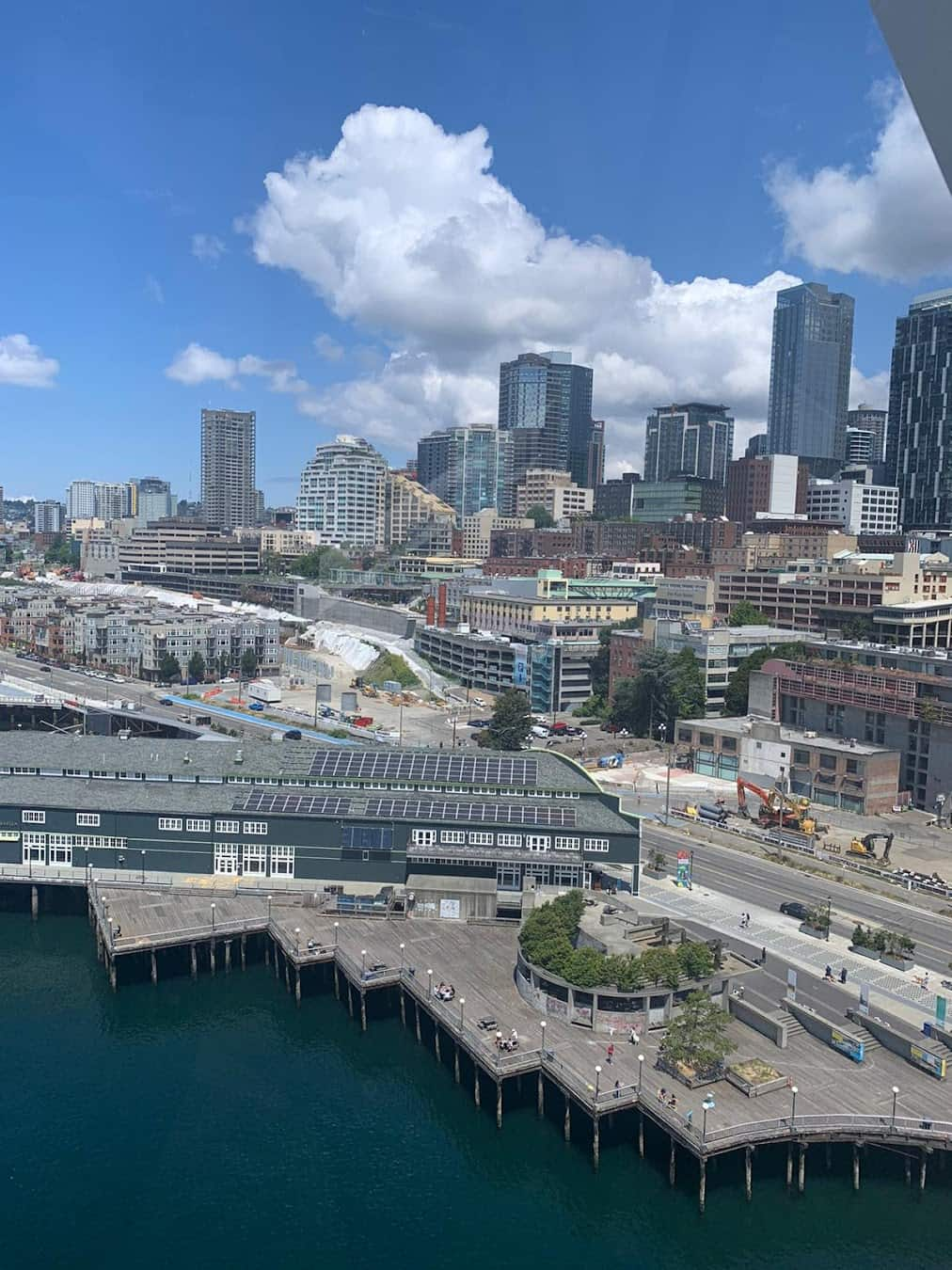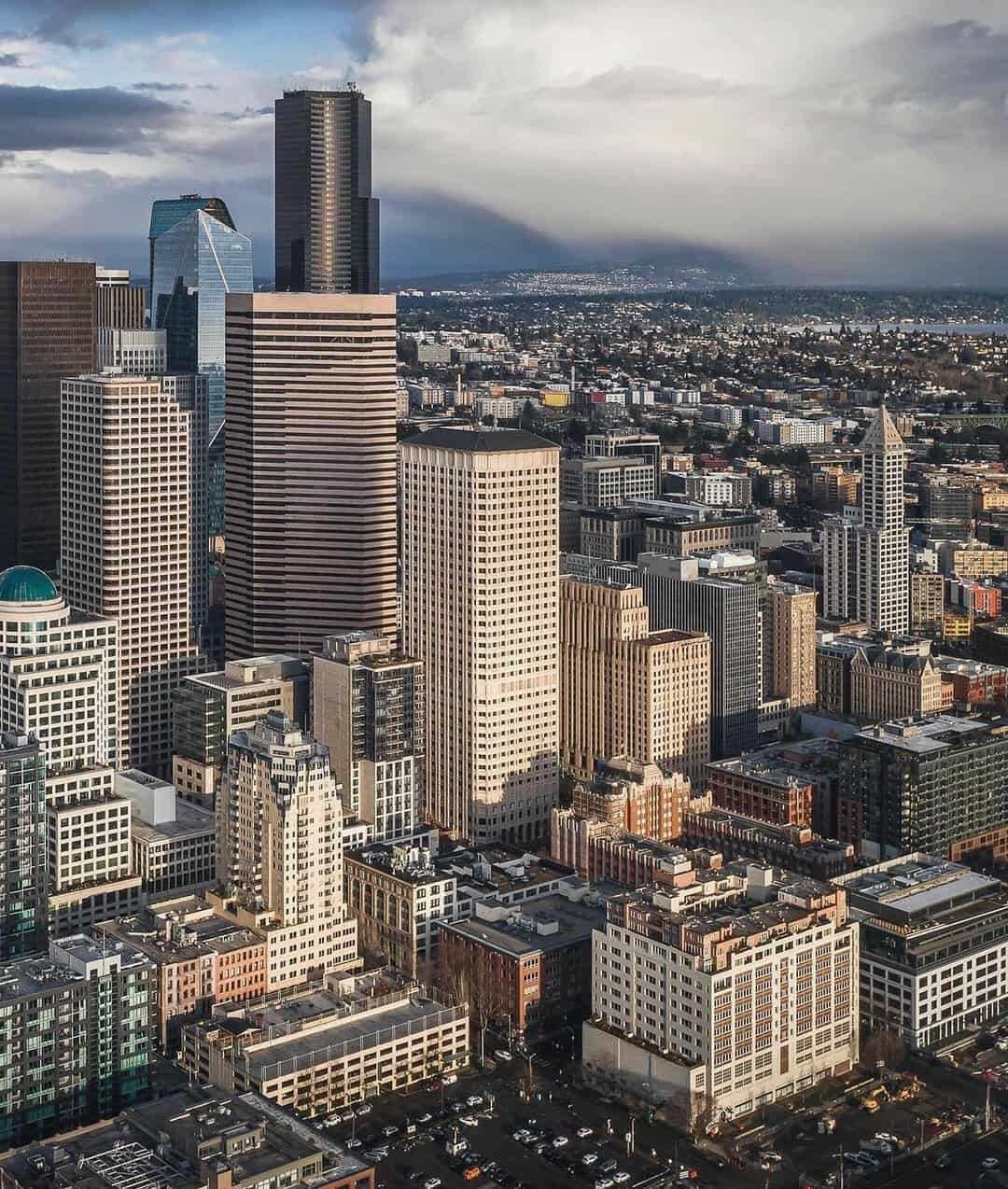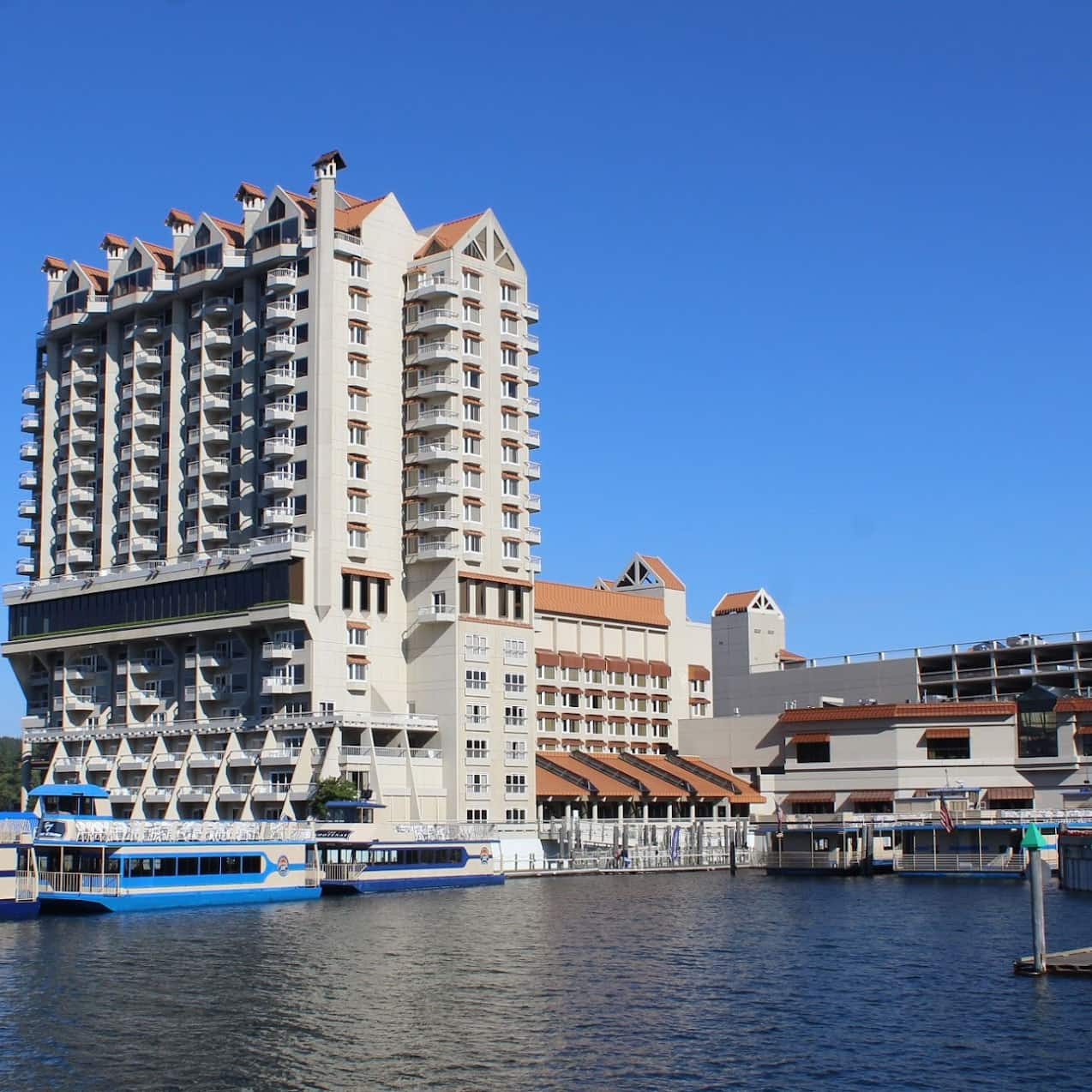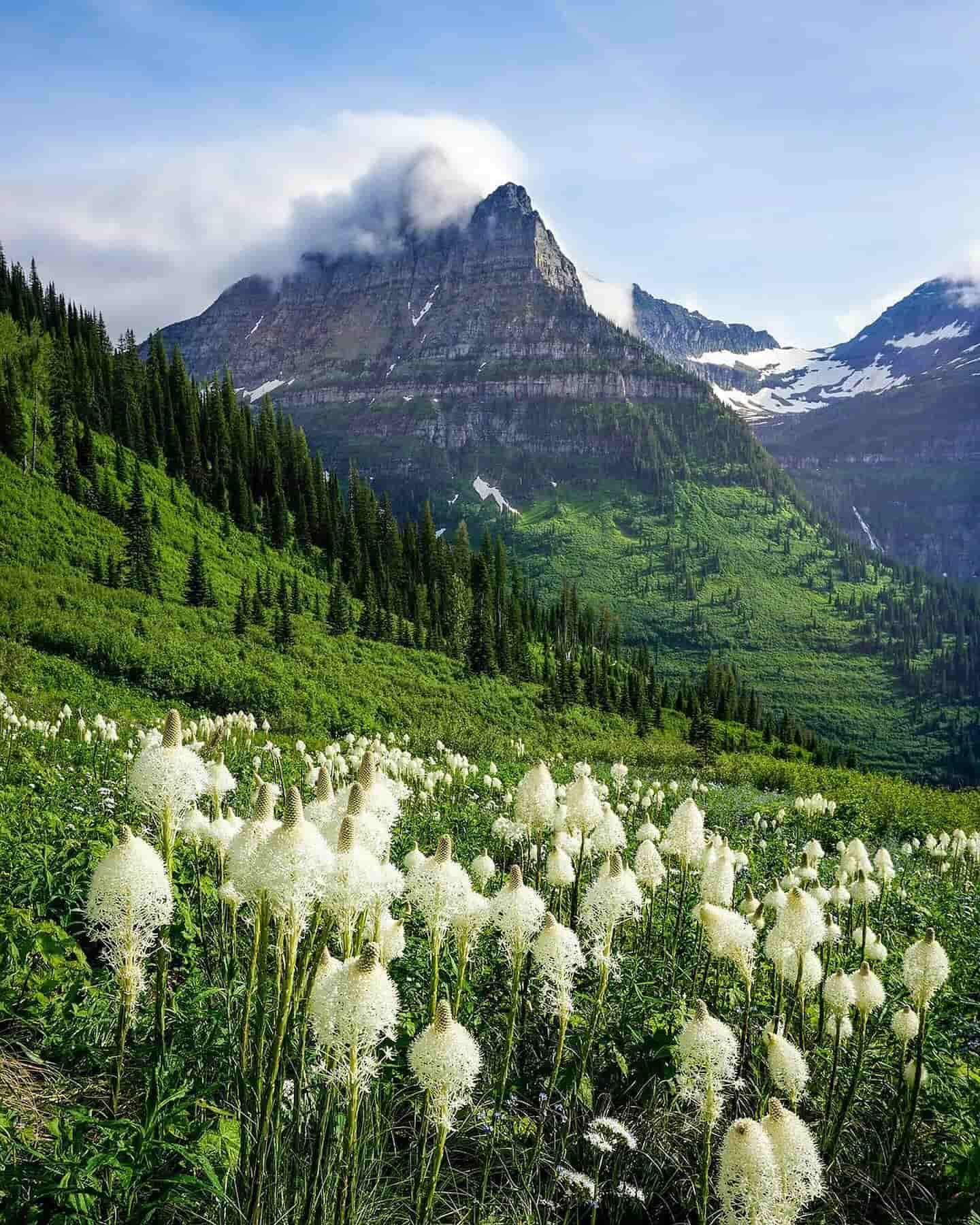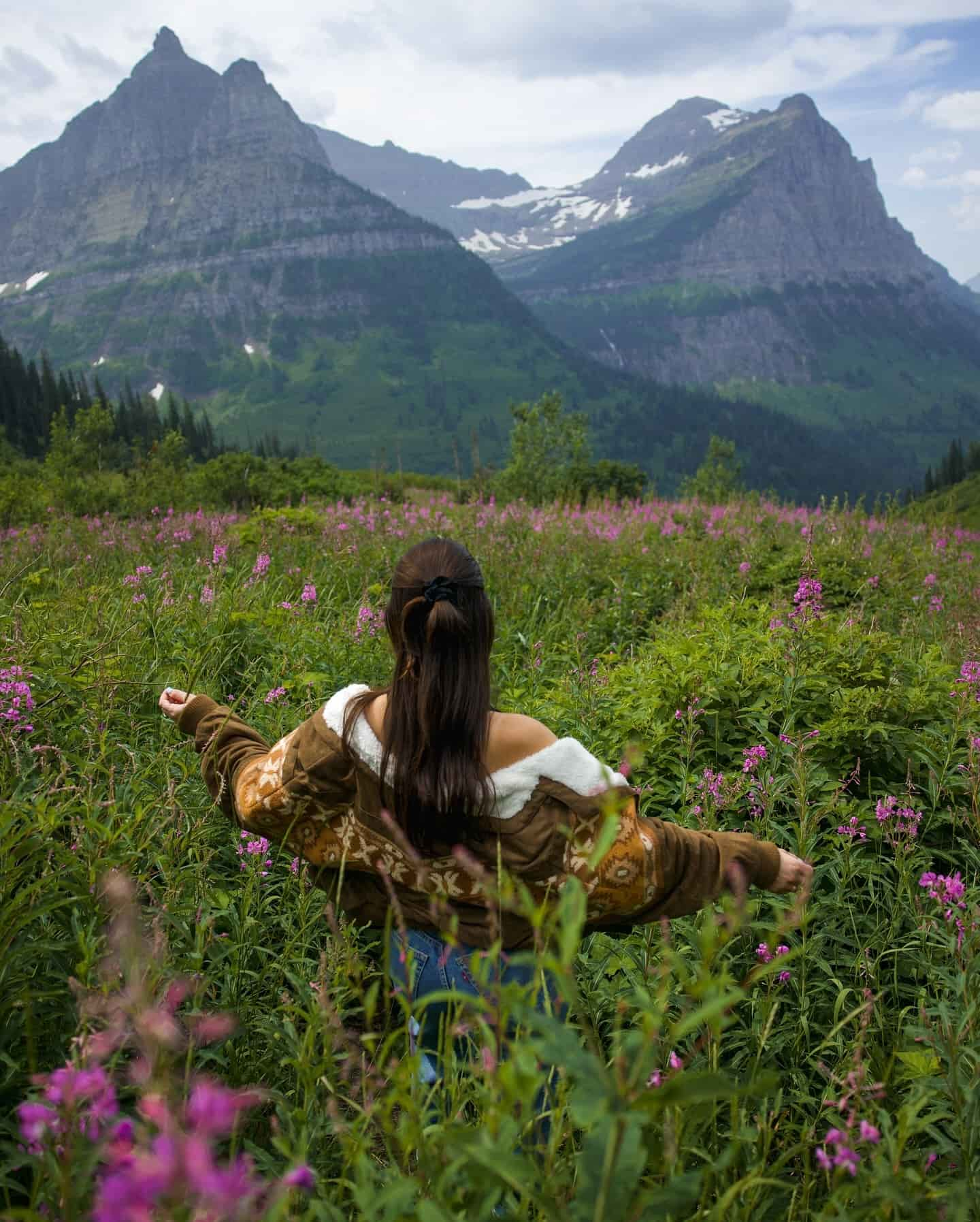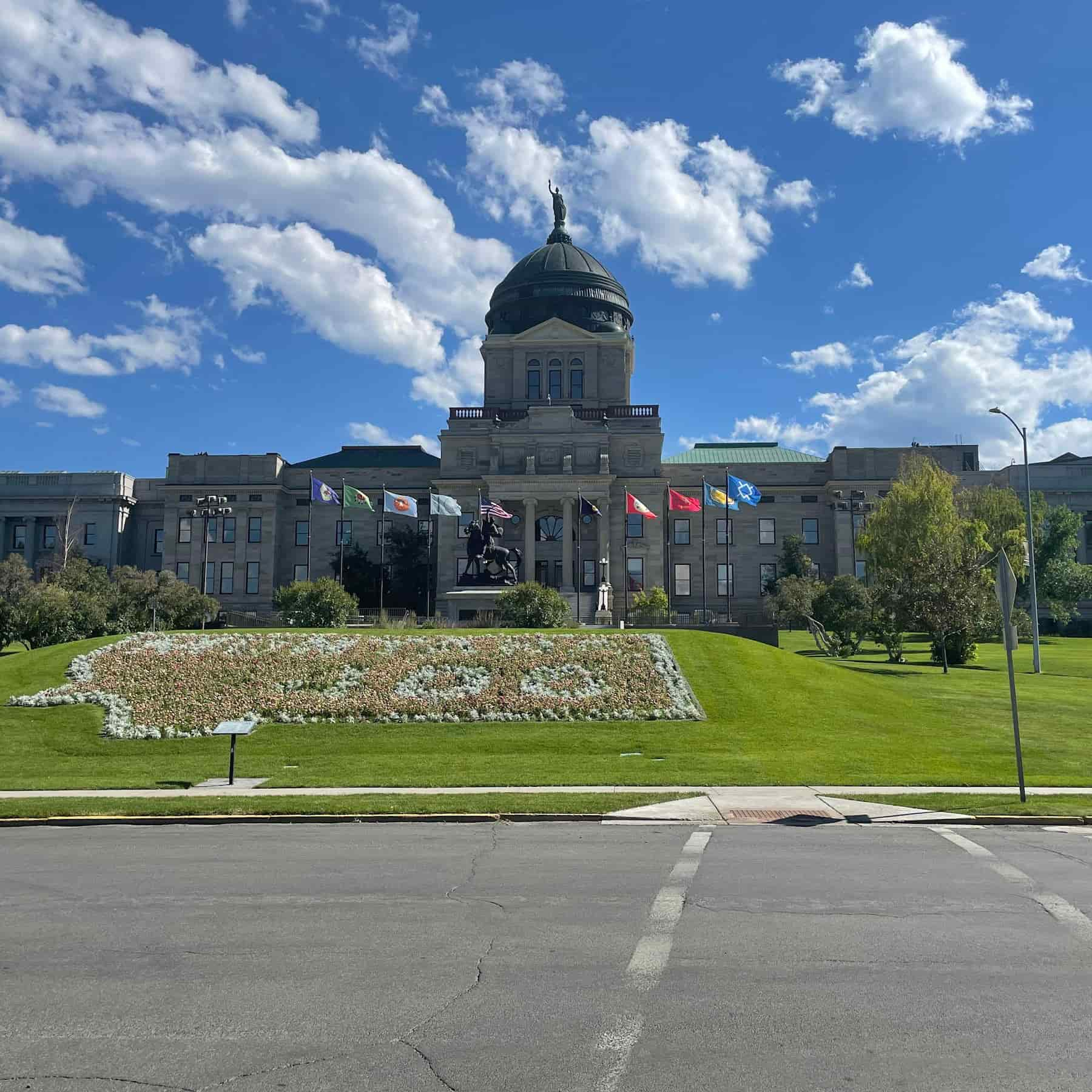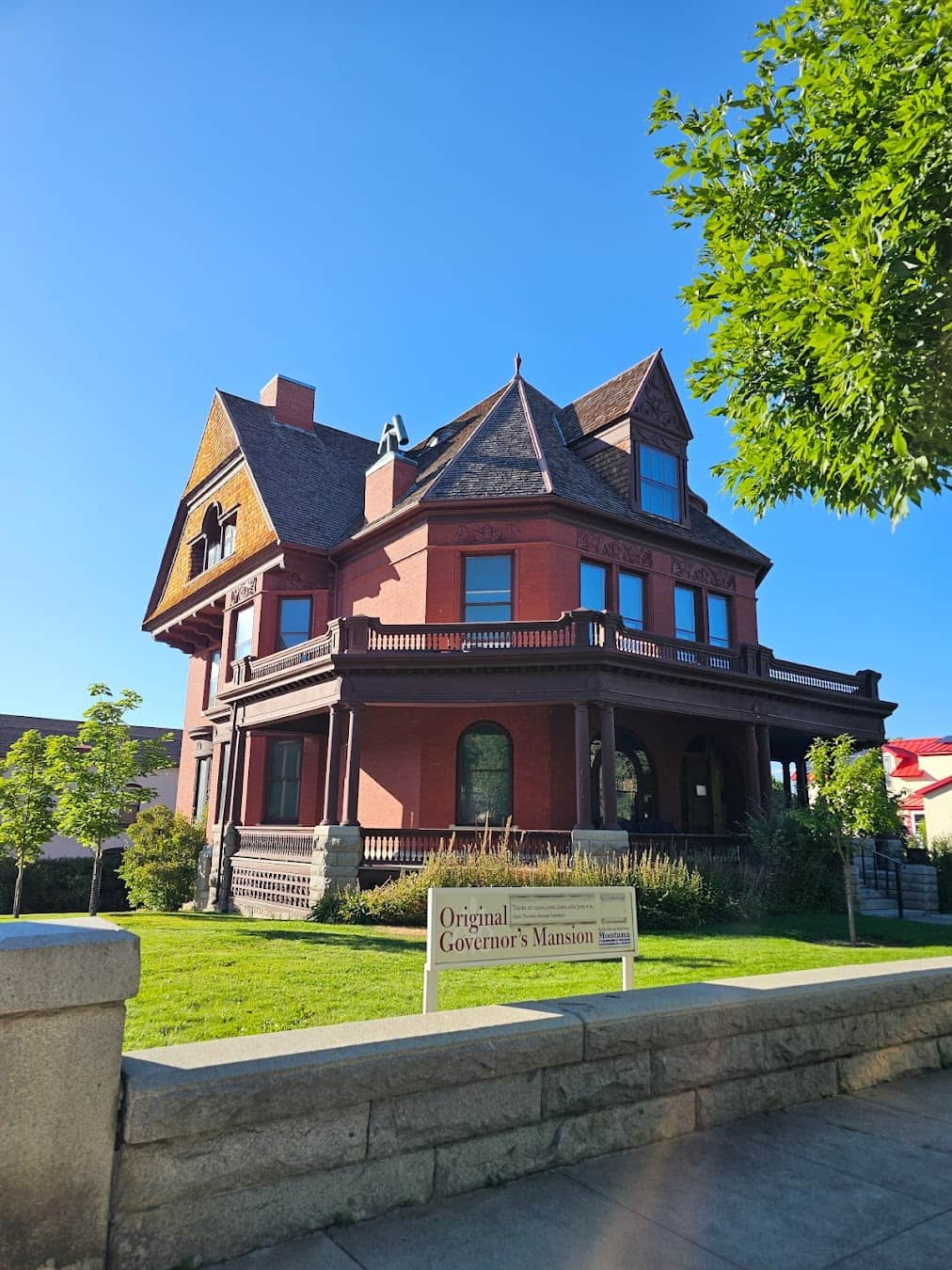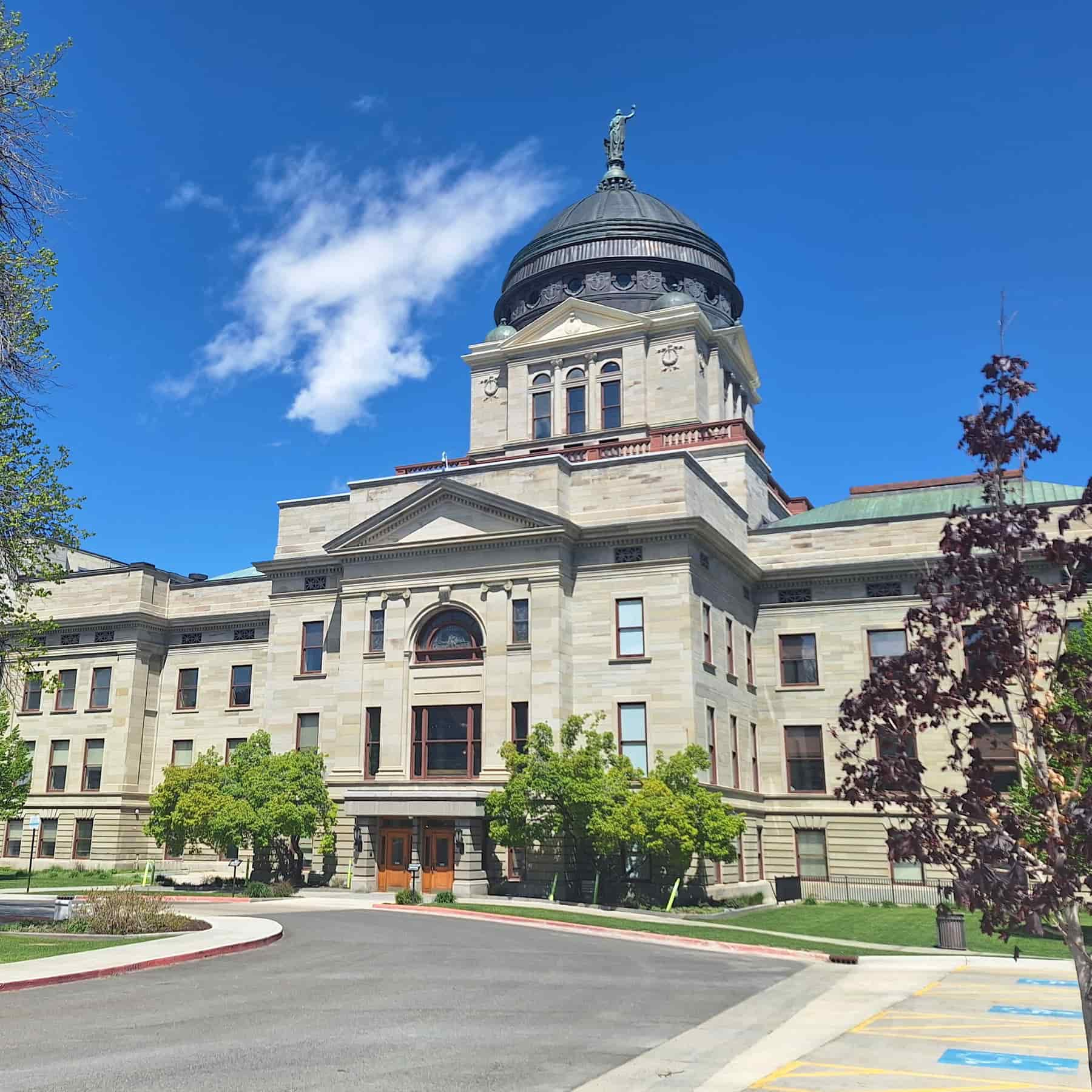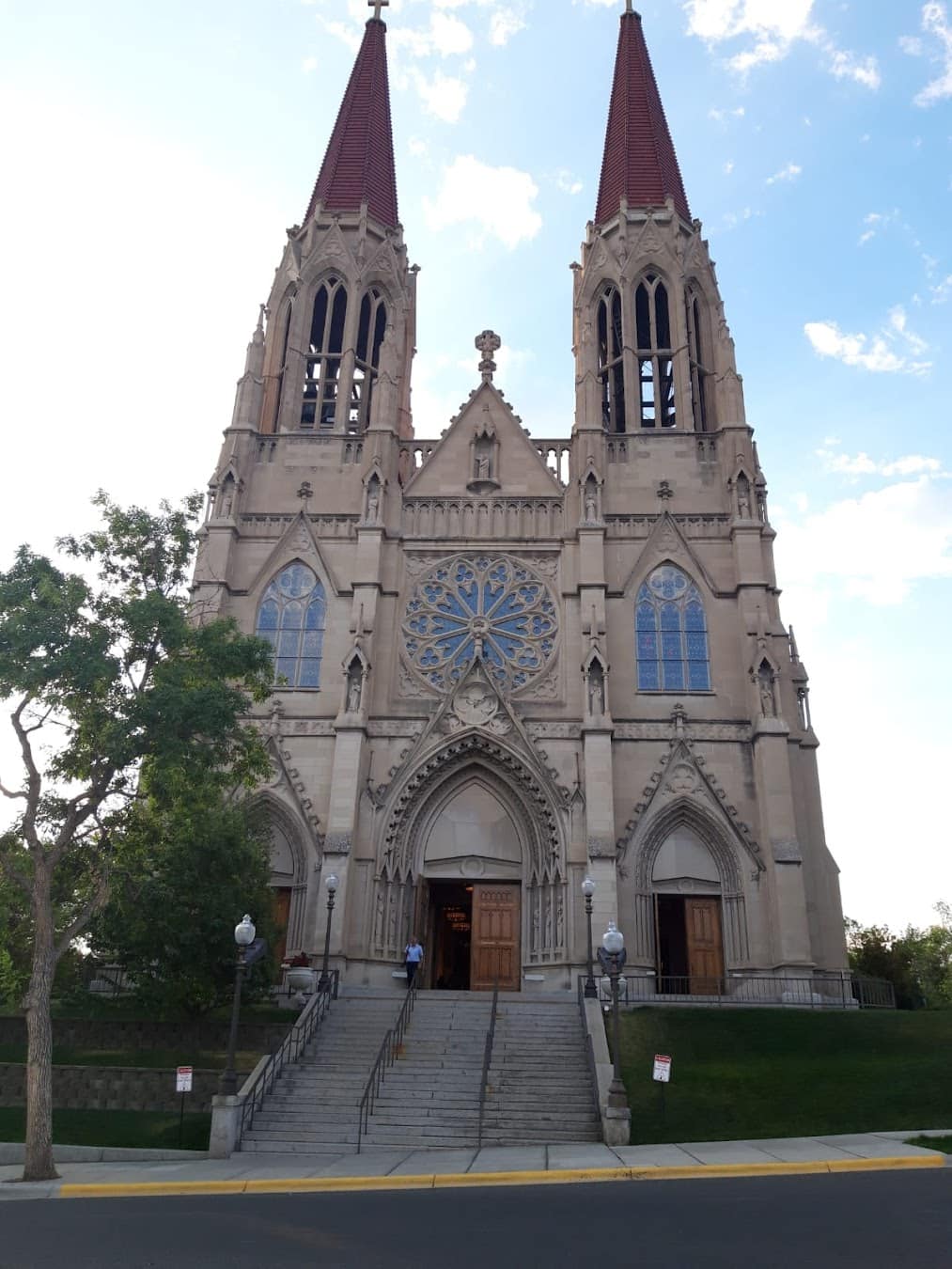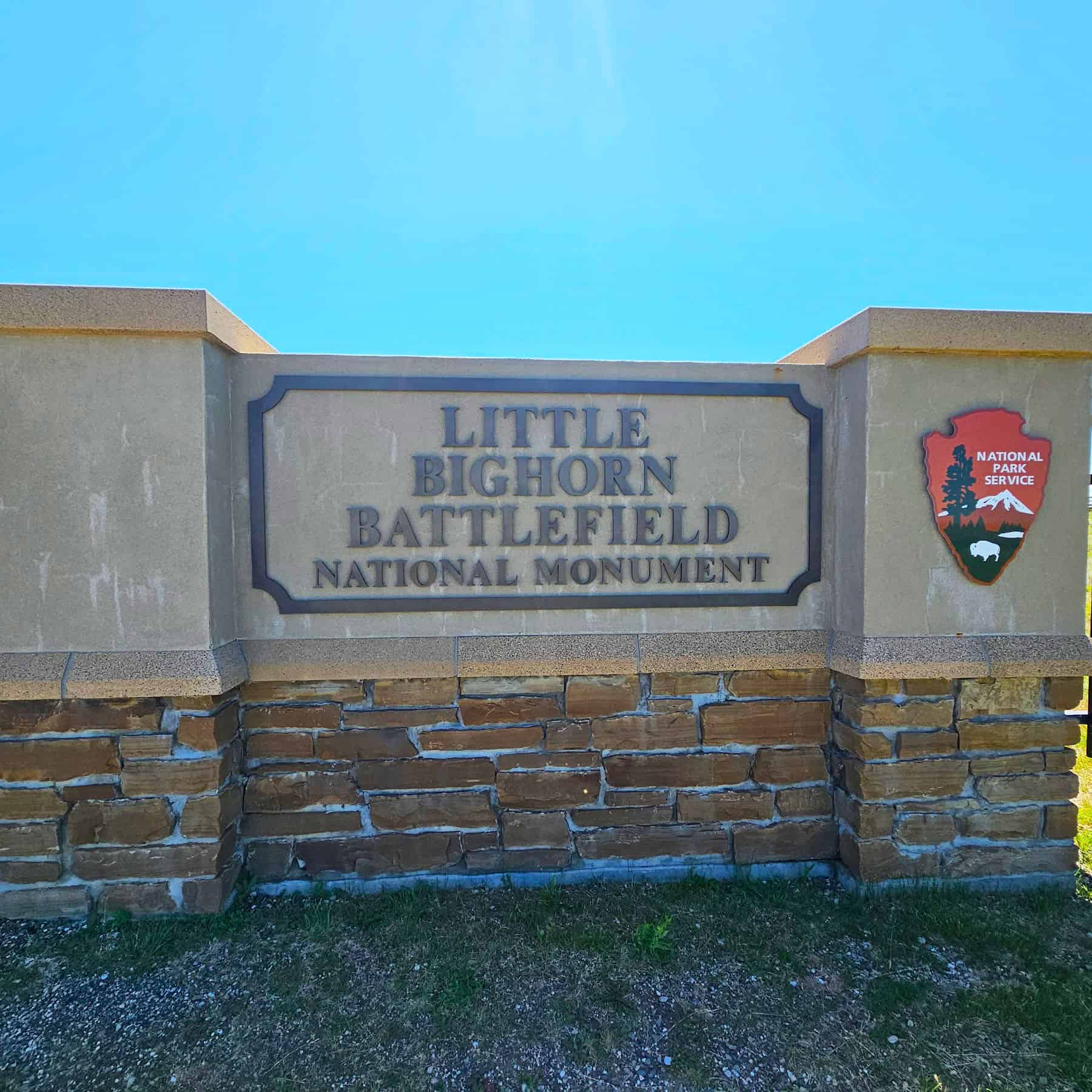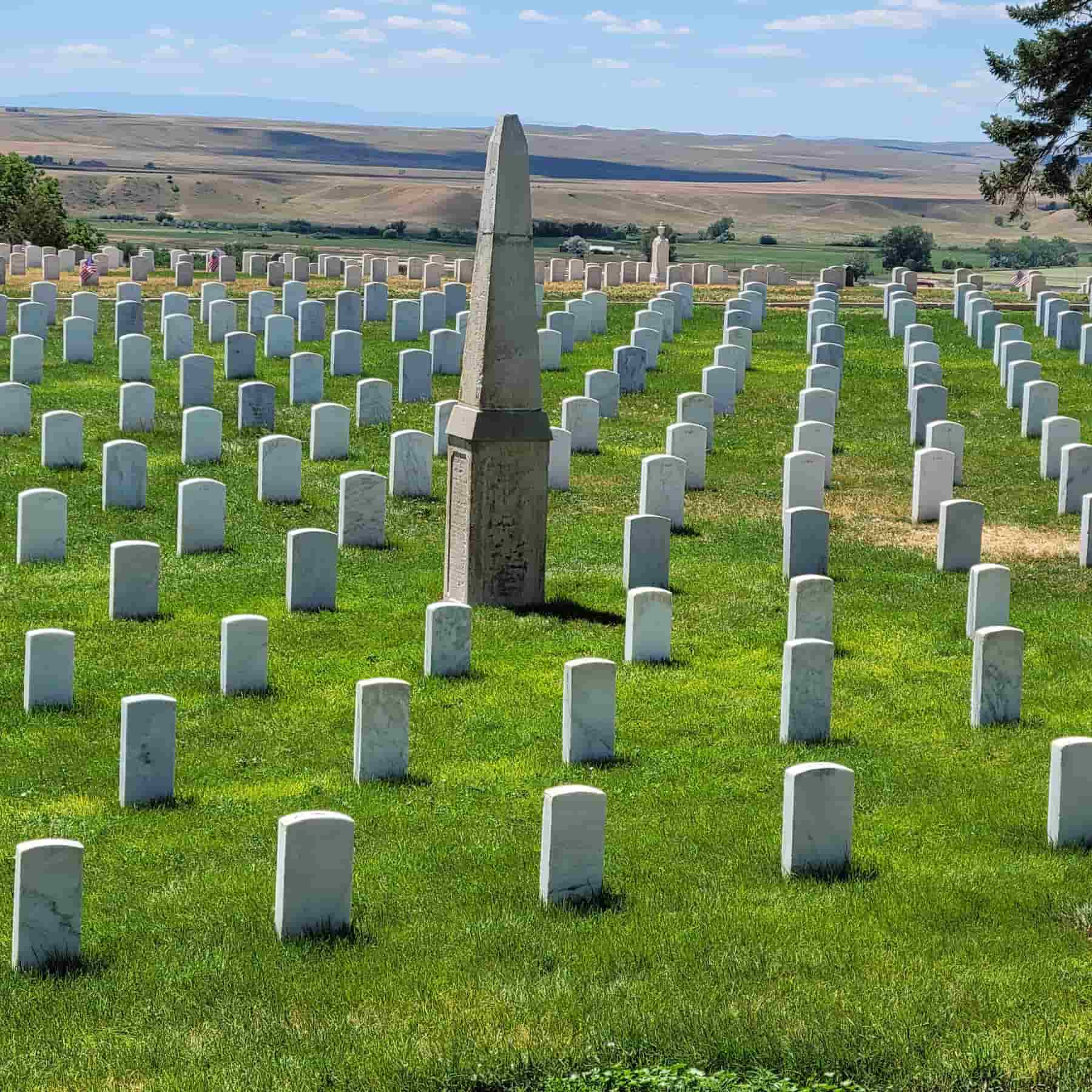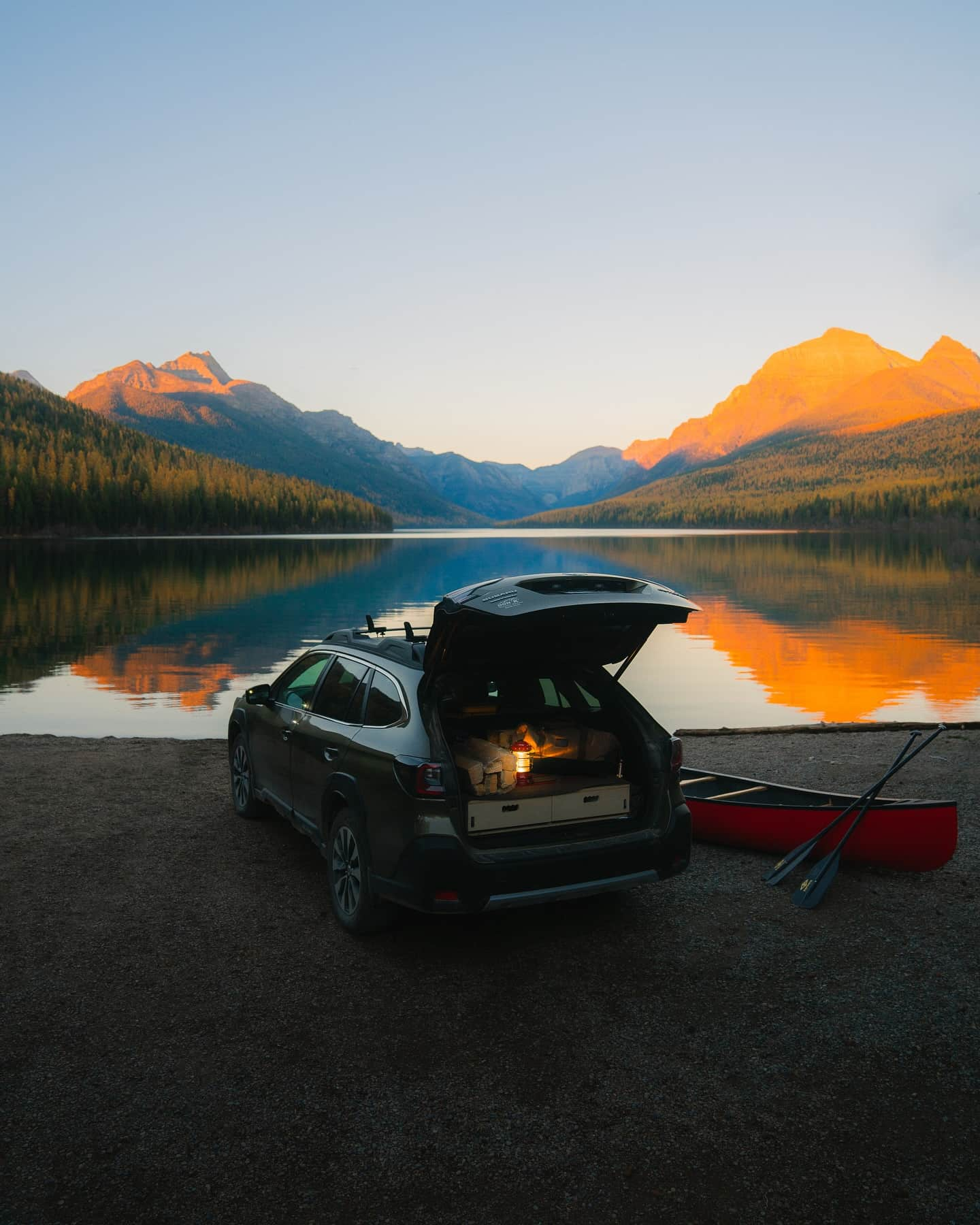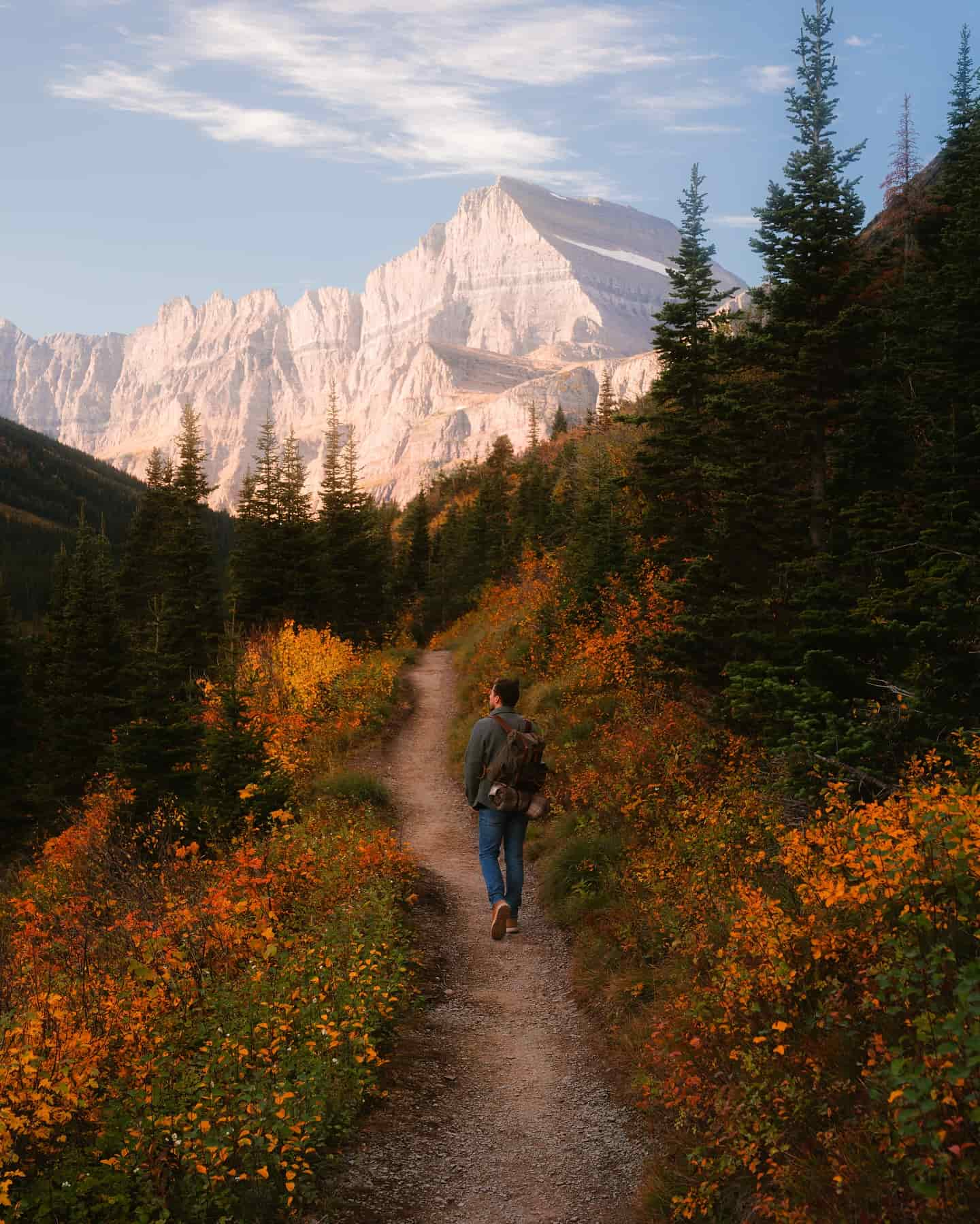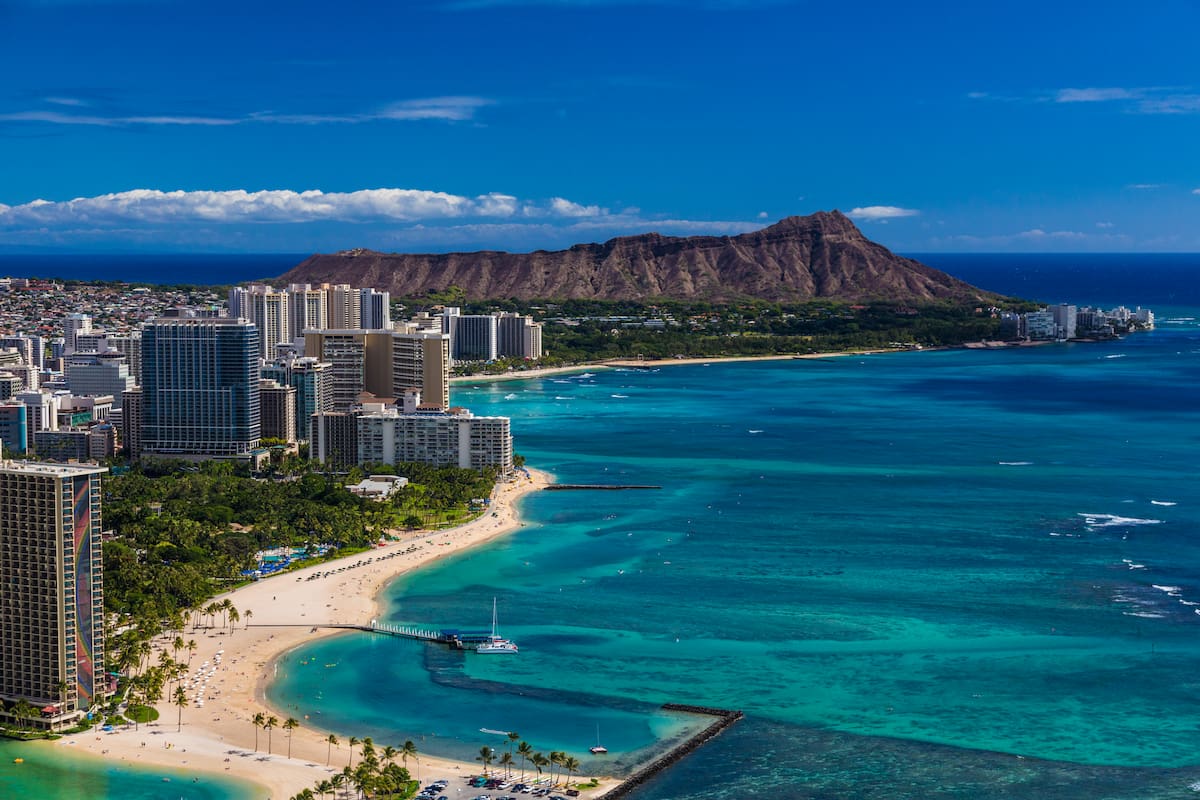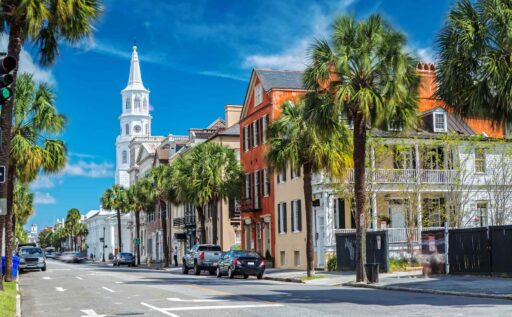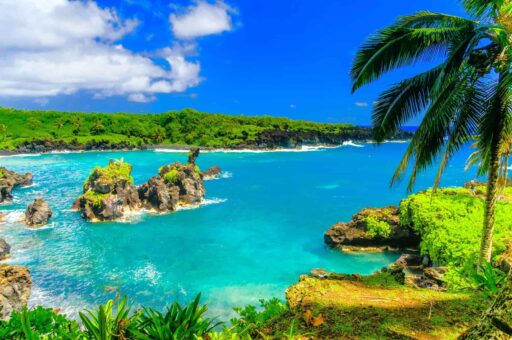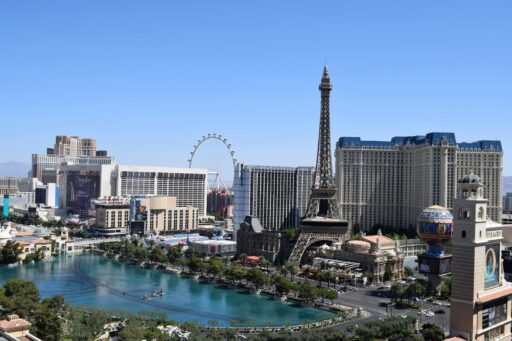Glacier National Park is a breathtaking destination that offers something for everyone, no matter the time of year you choose to visit. Whether you’re planning a trip to Glacier in summer, when the weather in Glacier National Park is at its best, or hoping to see the stunning landscapes during winter in Glacier National Park, there’s no shortage of activities in Glacier National Park. From hiking the famous Grinnell Glacier Trail to biking in Glacier along scenic routes, each season in Glacier brings its own unique experiences. The park is open year-round, allowing visitors to explore both inside and outside the park, making it an epic national park adventure.
Summer is often considered the best time of year to visit Glacier National Park, with the Going-to-the-Sun Road fully accessible and the west side of the park bustling with visitors. However, fall is a beautiful time as well, with September being the best time to see the vibrant autumn colors throughout the park. For those who prefer a quieter experience, visiting Glacier Park in winter offers serene landscapes and opportunities for snow sports in Glacier. Whether you’re staying at the Many Glacier Hotel or finding lodging outside the park, your visit to Glacier will be filled with unforgettable moments and stunning views.
🏡 Where to Stay in Glacier National Park
- 🏨 4-Star: Cedar Creek Lodge & Conference Center
- 🛏️ 3-Star: Hampton Inn & Suites Whitefish
- 💸 Cheap: Glacier Acres Guest Ranch
- 🏢 Apartment: Glacier Homestead
- 👨👩👧👦 For Families: North Forty Resort
- 🏩 For Couples: Outlook Inn Bed and Breakfast
👩🏫 Top-Rated Glacier National Park Tours
- Glacier National Park Self-Guided Driving Audio Tour: This tour offers a flexible and immersive experience of Glacier National Park. The self-guided audio tour allows you to explore the park at your own pace, providing fascinating stories, local tips, and directions that play automatically based on your location. You’ll discover famous highlights and hidden gems, including engineering marvels and prime wildlife spotting locations. The tour is designed for use over multiple trips and is valid for an entire year. https://www.viator.com/tours/West-Glacier/Glacier-National-Park-Self-Guide-Driving-Audio-Tour/d50559-267535P30
- Snowshoe Day Tour In Glacier National Park: This tour offers a unique winter experience in Glacier National Park. It’s a customizable tour tailored to your skill level and time constraints. The tour provides all necessary gear, lunch, water, and hot drinks. It’s family-friendly and offers an intimate experience with the outdoor environment, away from summer crowds. https://www.viator.com/tours/West-Glacier/Glacier-Adventure-Tour-Drive-Snowshoe-in-a-Winter-Wonderland/d50559-299521P1
- Nature Walk in Glacier National Park: This engaging and easy nature walk offers captivating insights into Glacier’s natural wonders. The tour includes two 1-mile round trip walks through Lake McDonald Valley and along the Wild and Scenic North Fork of the Flathead River. You’ll learn about the environment, its history, and have opportunities for wildlife spotting. https://www.viator.com/tours/West-Glacier/Nature-Walk-in-Glacier-National-Park/d50559-86727P7
- Half-Day Glacier National Park Whitewater Rafting Adventure: This thrilling half-day whitewater rafting tour offers a unique way to experience Glacier National Park. The adventure lasts about 2.5 hours and is suitable for both beginners and experienced rafters. https://www.viator.com/tours/West-Glacier/Half-Day-Whitewater/d50559-123783P1
- Madison River Guided Kayak Tour: This guided kayak trip on the Madison River offers a fantastic way to experience the scenery, history, and wildlife of the local Bozeman area. The tour lasts approximately 3 hours and is suitable for beginners and experienced paddlers alike. https://www.viator.com/tours/Bozeman/Madison-River-Kayak-Tour/d22771-152063P1
1. Best Seasons to Visit Glacier National Park
Spring (March to May)
🌱 Spring awakening: Spring in Glacier is a wild ride, folks. I’ve witnessed the park awakening from its winter slumber, and it’s a sight to behold. Waterfalls roar to life as the snow melts, creating nature’s own spectacular show.
Here’s what you need to know about a spring visit:
- Fewer crowds (perfect for solitude seekers).
- Powerful waterfalls (bring your camera!).
- Wildlife emerging from hibernation.
Insider Tip: Pack layers and be prepared for unpredictable weather. I’ve experienced sunshine, rain, and snow all in one day during spring!
Summer (June to August)
☀️ Summer buzz: Summer is prime time in Glacier, and for good reason. The weather’s warm, the days are long, and the park is buzzing with energy. This is when I love to hit the trails and soak in those epic mountain views.
Must-do summer activities:
- Drive the Going-to-the-Sun Road.
- Hike to Hidden Lake Overlook.
- Take a boat tour on Lake McDonald.
- Spot wildlife in Many Glacier.
Time Saver: To avoid the worst of the crowds, I suggest visiting in early June or late August. You’ll still get great weather without the mid-summer crush.
Fall (September to November)
🍁 Autumn magic: Fall in Glacier? It’s pure magic. The crowds thin out, the air gets crisp, and the landscape transforms into a painter’s palette of reds, oranges, and golds. It’s my favorite time to visit for photography and peaceful hikes.
Why fall is fantastic:
- Stunning fall foliage.
- Excellent wildlife viewing (I once saw a grizzly from a safe distance!).
- Pleasant hiking weather.
- Fewer crowds after Labor Day.
Money Saver: Accommodation prices often drop after the summer peak, so you can snag some great deals.
Winter (December to February)
❄️ Winter wonderland: Winter in Glacier is not for the faint of heart, but it’s an experience like no other. The park transforms into a serene wonderland, offering unique opportunities for adventure seekers and solitude lovers alike.
Winter activities I love:
- Cross-country skiing.
- Snowshoeing.
- Watching for the Northern Lights.
Top Tip: Most of the park is inaccessible in winter, but the Apgar area remains open year-round. It’s a great base for winter exploration.
2. Regions in Glacier National Park
West Side
🌳 Forest retreat: I’ve spent countless days exploring the west side of Glacier National Park, and I can tell you it’s a real treat. The dense forests of cedar and hemlock are a sight to behold, and Lake McDonald is a must-visit. It’s the largest lake in the park, and its crystal-clear waters are perfect for a boat tour or a relaxing hike along the shoreline.
Here are some top attractions to explore:
- Lake McDonald: The largest lake in the park, offering boat tours, kayaking, and paddleboarding.
- Apgar Village: A hub for information and amenities, including the Apgar Visitor Center, shops, and restaurants.
- Trail of the Cedars: A wheelchair-accessible boardwalk through a stand of old cedars.
- Avalanche Lake: A popular hiking destination with a scenic trail and stunning mountain backdrop.
Insider Tip: If you’re looking for a more secluded experience, head to the Apgar Village and visitor center. It’s a great place to get off the beaten path and explore the park’s lesser-known trails.
East Side
🏔️ Mountain paradise: The east side of the park is a favorite among visitors, and for good reason. The St. Mary area is home to the Going-to-the-Sun Road, one of the most scenic drives in the country. And Many Glacier is a hiker’s paradise, with trails for all skill levels and stunning mountain vistas.
Here are some top attractions:
- Going-to-the-Sun Road: A 50-mile scenic drive that crosses the Continental Divide and offers breathtaking views.
- St. Mary Lake: A picturesque lake with boat tours and hiking trails.
- Many Glacier: A hiker’s paradise with trails for all skill levels and stunning mountain vistas.
- Logan Pass: The highest point on Going-to-the-Sun Road, with a visitor center and access to hiking trails.
Top Tip: If you’re looking for a unique experience, take a boat tour on St. Mary Lake. The views of the surrounding mountains are breathtaking, and you might even spot some wildlife.
North Fork
🏠 Rustic charm: The North Fork area is a hidden gem, and I highly recommend it to anyone looking for a more rugged experience. The Polebridge area is home to some of the park’s most historic log cabins, and the scenery is simply stunning.
Here are some top attractions:
- Polebridge: A remote area with historic log cabins and access to hiking trails.
- Bowman Lake: A picturesque lake with boating and fishing opportunities.
- Kintla Lake: A serene lake with hiking trails and scenic views.
Time Saver: If you’re short on time, focus on the Bowman Lake area. It’s a bit more accessible than some of the other parts of the North Fork, and the views are just as beautiful.
Two Medicine
🕊️ Sacred land: Two Medicine is a special place, and I’m not just saying that because of its stunning scenery. The area is considered sacred by several Native American tribes, including the Blackfeet, and it’s a great place to learn about the park’s rich cultural history.
Here are some top attractions:
- Two Medicine Lake: A picturesque lake with boat tours and hiking trails.
- Trick Falls (Running Eagle Falls): A unique waterfall with a short, easy hike.
- Upper Two Medicine Lake: A scenic lake with hiking trails and stunning mountain views.
- Twin Falls: A picturesque waterfall with a short, easy hike.
Money Saver: If you’re looking for a budget-friendly option, consider camping in the Two Medicine area. The campsites are affordable, and the scenery is unbeatable.
Waterton-Glacier International Peace Park
🌎 Cultural heritage: The Waterton-Glacier International Peace Park is a UNESCO World Heritage Site, and it’s a must-visit for anyone interested in history and culture. The park combines Glacier National Park with Waterton Lakes National Park in Canada, and it’s a great place to learn about the region’s rich cultural heritage.
Here are some top attractions:
- Waterton Lakes National Park: A Canadian national park with stunning mountain views and hiking trails.
- Glacier National Park: A US national park with stunning mountain views and hiking trails.
- International Peace Park: A unique park that combines Glacier National Park with Waterton Lakes National Park in Canada.
Top Tip: If you’re looking for a unique experience, take a guided tour of the park. The guides are knowledgeable and passionate, and they’ll give you a deeper understanding of the park’s history and culture.
3. Best Times to Visit for Specific Experiences
Avoiding Crowds
🧘 Crowd-free bliss: To escape the busiest periods and find some solitude in Glacier, I recommend:
- Visiting in early June or September, just before or after peak season.
- Exploring the park on weekdays rather than weekends.
- Arriving at popular spots like Logan Pass at sunrise.
I once had the entire Hidden Lake Overlook to myself at dawn in early September – it was a magical experience!
Insider Tips:
- If you’re flexible, consider visiting in May or early October. You’ll have more of the park to yourself, though some services may be limited and weather can be unpredictable.
- The North Fork area tends to be less crowded than other parts of the park.
To beat the crowds during peak summer months:
- Start your day very early, ideally before sunrise.
- Have backup plans in case parking lots are full.
- Visit popular areas in late afternoon/evening when day-trippers have left.
- Explore less-visited trails and areas of the park.
- Use the park shuttle to avoid parking hassles.
Time Saver: If you must visit in summer, aim for late August when crowds start to diminish as schools reopen. Early September can also be a sweet spot before fall colors bring more visitors.
Ideal Weather
🌞 Weather perfection: For the most comfortable and stable conditions:
- Late July through August.
- Daytime highs in the 70s-80s°F (21-32°C).
- Cool, crisp nights perfect for stargazing.
I remember spending a week in Glacier in early August, and the weather was absolutely perfect for hiking and outdoor activities. Warm, sunny days gave way to cool evenings around the campfire – ideal for s’mores and storytelling!
Top Tip: Even in summer, mountain weather can be unpredictable. Always pack layers and rain gear, just in case.
Why this is the best time weather-wise:
- All park roads are open, including the iconic Going-to-the-Sun Road.
- Hiking trails are clear of snow.
- Wildflowers are in full bloom.
- Lakes are warm enough for swimming and water activities.
Insider Tip: If you want to avoid the peak crowds but still enjoy great weather, aim for late August. Most schools are back in session, so visitor numbers start to drop, but you’ll still have warm days and pleasant conditions.
Wildlife Viewing
🦌 Wildlife wonderland: For the best chances of spotting Glacier’s diverse fauna:
- September, as animals prepare for winter.
- Early mornings and late evenings, when animals are most active.
- Summer months (June-August) for a wide variety of species.
September is particularly magical for wildlife enthusiasts. I once spotted a majestic bull moose near Swiftcurrent Lake during a crisp autumn morning – an unforgettable experience!
Safety First: Remember, Glacier is bear country. Always carry bear spray and know how to use it. I never hike without mine!
Cultural Events and Festivals
🎭 Cultural immersion: The crown jewel of Glacier’s cultural offerings is the Native America Speaks program. Here’s what you need to know:
- It’s the longest-running Indigenous speaker series in the National Park Service, running since 1982.
- Programs typically take place in summer (July to August) at park campgrounds, historic lodges, and the St. Mary Visitor Center.
- You’ll have the chance to learn from members of the Blackfeet, Salish, Kootenai, and Pend d’Oreille tribes.
I once attended a presentation by Jack Gladstone, a Blackfeet singer-songwriter, and it was truly captivating. His blend of music and storytelling offered a powerful connection to the land and its history.
Insider Tip: Check the park’s official calendar for the most up-to-date schedule of Native America Speaks events. They’re usually free and don’t require reservations.
🌟 Stargazing spectacle: While not strictly cultural, Glacier’s astronomy events offer a unique way to experience the park:
- The park hosts Logan Pass Star Parties during summer months.
- Glacier introduced its first-ever Astronomy Week in early September, featuring NASA scientists and special presentations.
I attended a star party at Logan Pass, and the experience of seeing the Milky Way above Glacier’s peaks was unforgettable.
Top Tip: If you’re visiting during Astronomy Week, book your tickets early for the Logan Pass Star Party. They sell out quickly!
4. Month-by-Month Guide
🌼 June awakening: The park begins to fully open, with most facilities operational by mid-month. Wildflowers start to bloom, creating a colorful landscape. It’s a great time to catch the park coming to life without the peak season crowds.
🎆 July celebrations: Peak season begins. Expect warm temperatures, long days, and bustling crowds. All park amenities are open, including the full Going-to-the-Sun Road. Fourth of July in the park is particularly special – I love watching fireworks reflect off the glacial lakes.
🏞️ August adventures: Similar to July, with warm weather and busy trails. Wildfire risk increases towards the end of the month. This is prime time for hiking and camping, but be prepared for afternoon thunderstorms.
🍂 September serenity: A sweet spot for visitors. Crowds thin out after Labor Day, fall colors begin to appear, and wildlife becomes more active. The crisp air and golden aspens make for stunning photos.
📸 October colors: Fall colors peak, temperatures cool significantly. Many facilities begin to close, but it’s a great time for photography and peaceful hikes. I once captured the most incredible reflection of fall foliage in Lake McDonald during an October visit.
❄️ November-May wonderland: Winter settles in, limiting access but offering unique experiences for winter sports enthusiasts and those seeking solitude. Cross-country skiing through the quiet, snow-covered landscape is an experience like no other.
5. Combining Glacier with Other Destinations
Yellowstone and Glacier
🏞️ Yellowstone combo: Combining Glacier National Park with Yellowstone offers an iconic road trip through some of America’s most stunning landscapes. Start your journey in Bozeman, Montana, and explore Yellowstone’s geothermal wonders before heading north. The scenic drive takes you through charming Montana towns like Virginia City and Anaconda, where you can soak up local history and culture. As you approach Glacier, don’t miss a stop in Missoula for its vibrant arts scene and outdoor activities.
Here’s how you could do it:
- Start in Bozeman, Montana and visit Yellowstone first.
- Head north through scenic Montana towns like Virginia City and Anaconda.
- Stop in Missoula before continuing to Glacier National Park.
- This epic road trip covers about 500 miles between the two parks.
Insider Tip: Allow at least 7-10 days to comfortably see both parks and enjoy the journey in between.
Glacier and Canadian Rockies
🍁 Canadian Rockies extension: For those looking to extend their adventure into Canada, combining Glacier with Waterton Lakes National Park is a natural choice. Just across the border, Waterton offers stunning hikes and picturesque boat cruises. From there, continue north to Banff and Jasper National Parks in Alberta for more jaw-dropping mountain vistas and outdoor activities. This route provides a seamless journey through the heart of the Rockies, showcasing the best of both American and Canadian wilderness.
- Visit Waterton Lakes National Park, just across the border (it’s even connected to Glacier as an International Peace Park).
- Continue north to Banff and Jasper National Parks in Alberta.
- You’ll see stunning mountain scenery the whole way.
Time Saver: If you’re short on time, focus on Waterton Lakes. It’s an easy day trip from Glacier’s Many Glacier area.
Glacier and Pacific Northwest Cities
🏙️ City and park combo: If you want to mix urban exploration with natural beauty, consider starting your trip in Seattle. Spend a few days enjoying the city’s vibrant culture and culinary scene before driving east through Washington and northern Idaho to reach Glacier National Park. On your return journey, a stop in Spokane offers a chance to unwind with its parks and riverfront attractions. This combination lets you experience the diverse landscapes of the Pacific Northwest, from bustling city life to serene mountain retreats.
- Fly into Seattle and spend a few days exploring the city.
- Drive east through Washington and northern Idaho to reach Glacier.
- On your return, stop in Spokane, Washington.
Top Tip: This route lets you experience the Pacific Northwest’s diverse landscapes, from coastal areas to mountains to high desert.
Montana Highlights Tour
🏔️ Montana highlights tour: For a deeper dive into Big Sky Country, combine your Glacier visit with other Montana attractions. Begin with a trip to Little Bighorn Battlefield National Monument for a dose of history, then explore the state capital of Helena with its charming downtown and historic sites. Don’t miss the Lewis and Clark Caverns State Park for fascinating geological formations before ending your tour in Glacier National Park. This route offers a rich tapestry of Montana’s natural beauty and cultural heritage, making it an unforgettable journey through the state’s diverse landscapes.
- Visit Little Bighorn Battlefield National Monument in southeastern Montana.
- Explore the capital city of Helena.
- Check out the Lewis and Clark Caverns State Park.
- End your trip in Glacier.
The Best Time to Visit Glacier National Park
In conclusion, the best time to visit Glacier National Park really depends on what you hope to experience. Summer is the best time for those looking to enjoy the full range of activities in the park, such as hiking in Glacier National Park and visiting iconic spots like Logan Pass and the Going-to-the-Sun Road. However, if you prefer fewer crowds in Glacier, consider visiting in the shoulder seasons like spring or fall, when you can still see much of the park and find the best conditions for fishing in Glacier. Winter offers a beautiful time of year to experience a quieter side of Glacier, with opportunities for snow sports and a peaceful stay in the heart of the park.
Whether you’re exploring inside the park or staying at hotels near the park entrances, each month in Glacier has its own unique charm, making it a highly rewarding national park trip any time of year.
❓ FAQ
When is Glacier National Park open?
Glacier National Park is open year-round, but access to certain areas and facilities varies by season. The Going-to-the-Sun Road, a major attraction, is typically fully open from mid-June to October, depending on weather conditions.
Do I need a reservation to enter Glacier National Park?
Yes, vehicle reservations are required for certain areas of the park during peak summer months (May 24 to September 8) from 6 AM to 3 PM. This includes the west side of Going-to-the-Sun Road and the North Fork area.
What is the best time of year to visit Glacier National Park?
The best time to visit depends on your interests. Summer (July and August) offers the best weather and full access to park amenities but also brings the largest crowds. For fewer visitors and beautiful fall colors, consider visiting in mid to late September.
What are some must-do activities in Glacier National Park?
Glacier National Park offers over 700 miles of hiking trails, including popular ones like the Highline Trail and Grinnell Glacier Trail. Other activities include wildlife viewing, scenic drives on the Going-to-the-Sun Road, and boat tours with the Glacier Park Boat Company.
What wildlife can I expect to see in Glacier National Park?
The park is home to a diverse range of wildlife, including grizzly bears, black bears, mountain goats, bighorn sheep, moose, and more than 250 bird species. Always carry bear spray and know how to use it when hiking in bear country.
Are there lodging options inside Glacier National Park?
Yes, there are several lodging options within the park, including historic lodges like Many Glacier Hotel, as well as campgrounds and backcountry chalets. It’s advisable to book accommodations well in advance, especially during peak season.

